Carolina Wild Petunia
Yellow Milkwort
Blue Toadflax
Texas Vervain
Moonflowers
Wakulla Springs State Park
Grass Pink Orchid
Indian Blanket
Indian Blanket, Gaillardia-pulchella, is also commonly known as a Firewheel. Indian Blanket flowers are members of the Aster family, grow to 1.5 feet tall and 2 feet wide, and are considered a short-lived perennial or an annual in Florida.
The Indian Blanket can often be spotted near Florida’s coasts on dry land. Since the early 1700s, this flower has been planted along roadsides much to the delight of Floridians and tourists.
A study done by Marlowe & Hufford in 2007 showed the DNA from the Indian Blanket was similar to those found in the more western species. More recent research by Weakley et al. 2020 has shown more evidence that it was likely cultivated rather than naturally spread.
The bright orange, red, and yellow flowers of the Indian Blanket make a beautiful addition to your garden. Butterflies, bees, and wasps are attracted to its pollen. Titmice, chickadees, and warblers enjoy the seeds. Once the flowers dry up, gather seeds by deadheading the plant. Indian Blankets are dormant in the winter.
Photo Credit: Aymee Laurain
Roadside Wildflowers
Florida has many wildflower test sites along roadsides. In the panhandle, including near I10, you can see miles of these sites. These photos were taken off the side of the road in Live Oak, FL. The projects are part of Florida’s roadside plantings and highway beautification programs by the Florida Department of Transportation.
The area has a total of eight planting districts throughout the state, each with different plant species for those areas. These sites serve two major goals; to increase pollinator populations and diversity and to produce native vegetation that negates the need for mowing. The projects were also found to increase safety (Norcini 2014) and provide a great benefit through carbon sequestration (Harrison 2014). Finally, they add the beauty of true Florida that everyone can enjoy. Have you seen any roadside wildflower sites? Tell us about them in the comments.
Photo credits: Aymee Laurain
Butterfly Pea
Spurred Butterfly Pea, Fabaceae (Leguminosae) is a native climbing or twining vine that grows up to 6 feet long. Look for this perennial in the wild throughout Florida in a variety of places including in sandhills, pinelands, and coastal plains.
Butterfly Pea is dormant in the winter and pinkish-purple flowers appear from spring through fall in most of Florida. In the southern counties, it blooms all year-round. Long-tailed skippers and northern cloudywings rely on the Butterfly pea for a host plant.
Hidden Waters Preserve
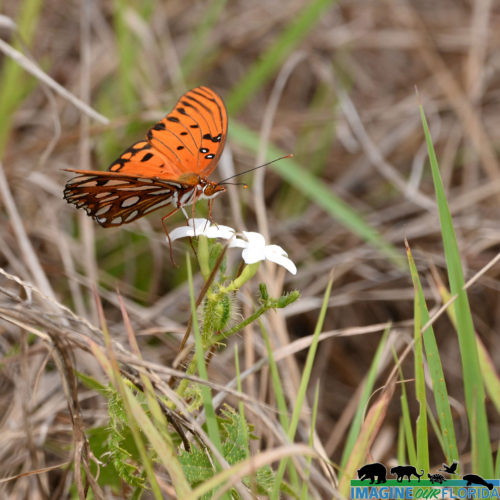
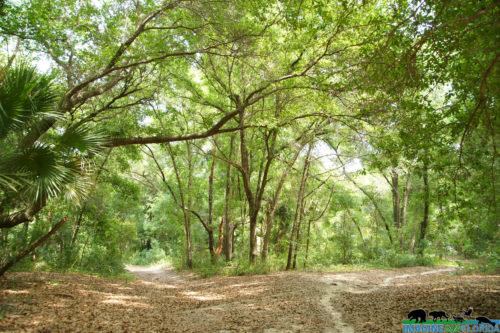
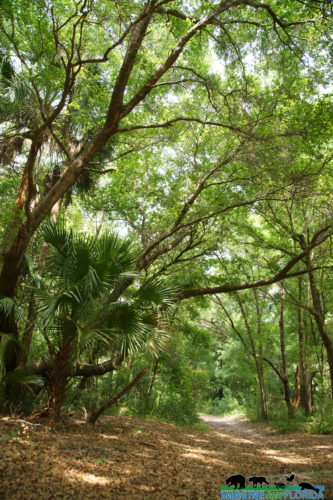
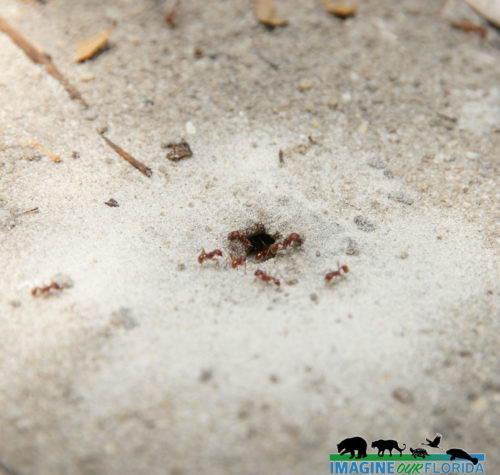
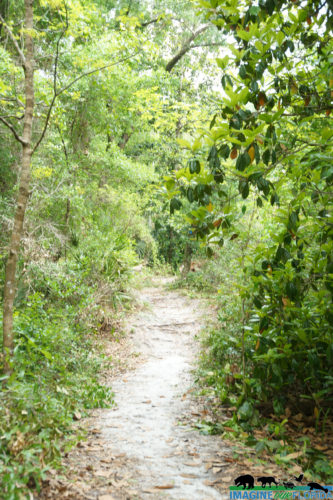
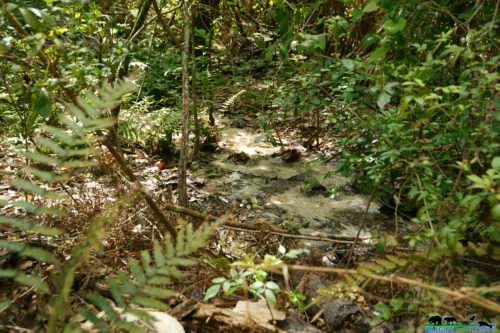
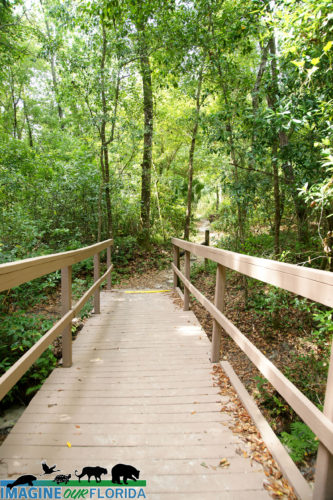
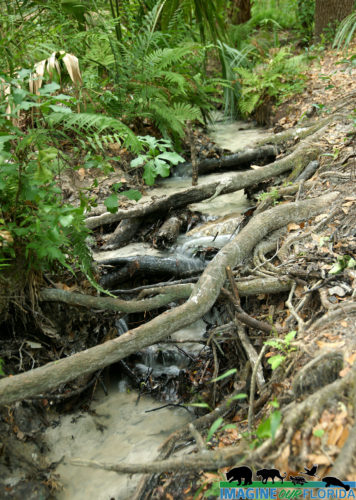
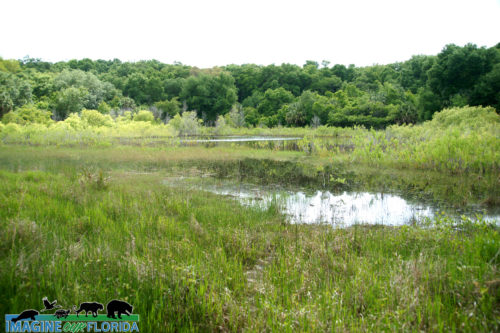
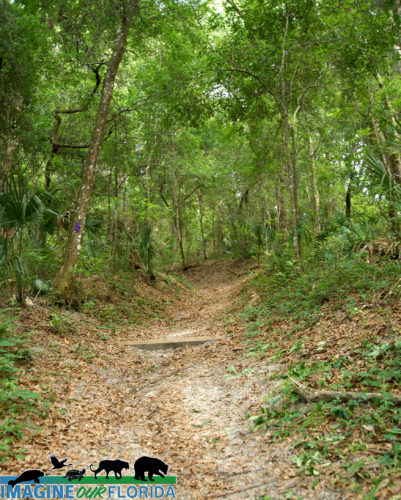
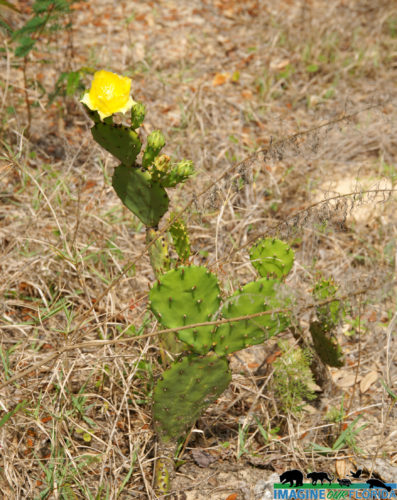
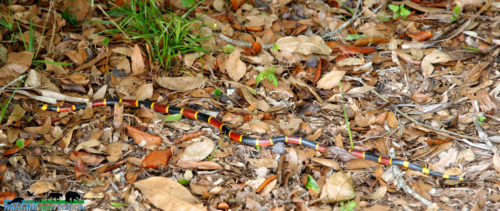
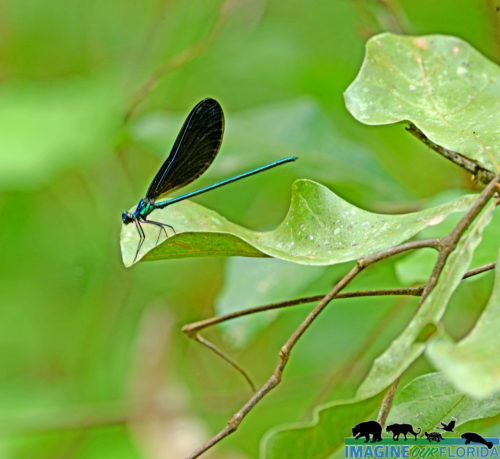
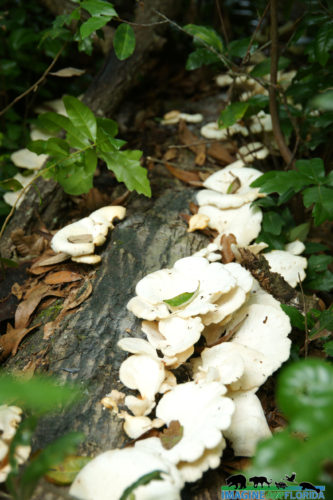
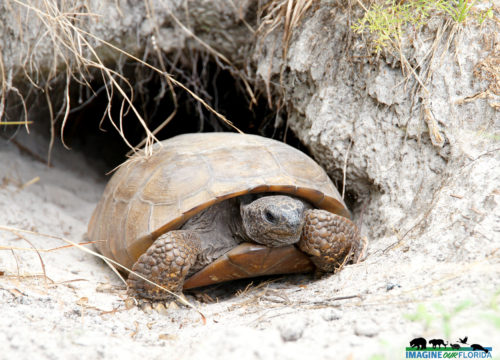
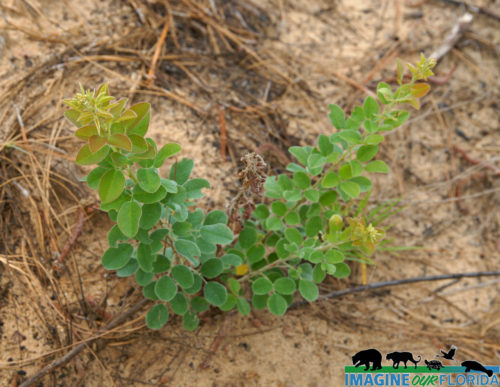
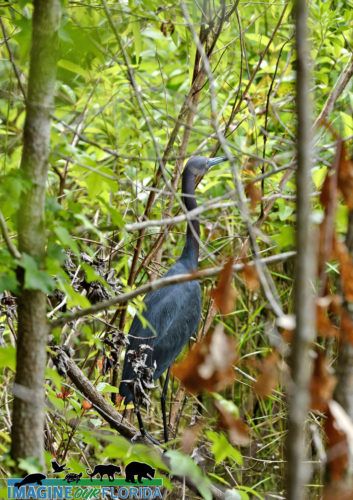
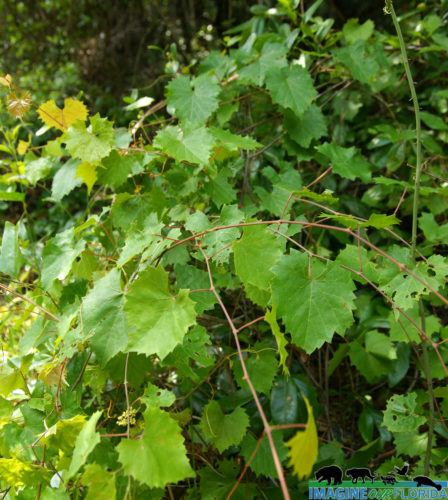
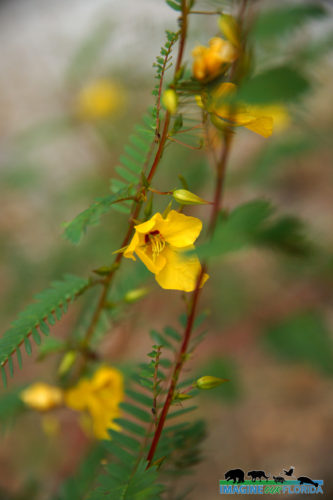
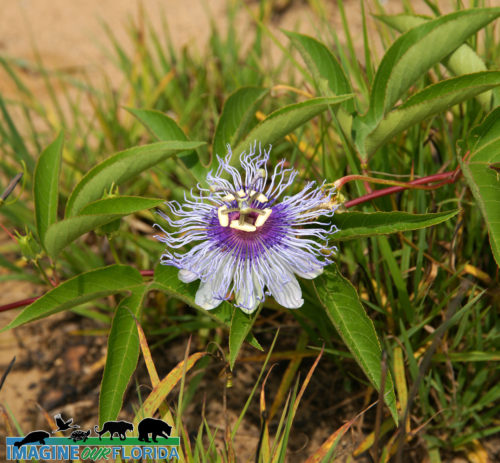
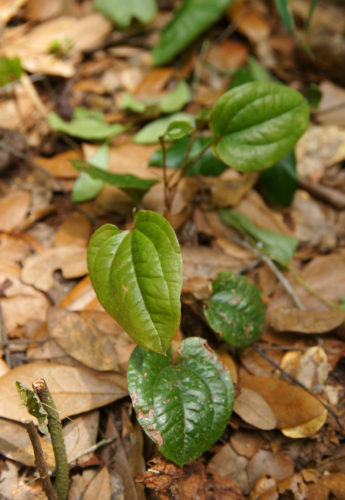
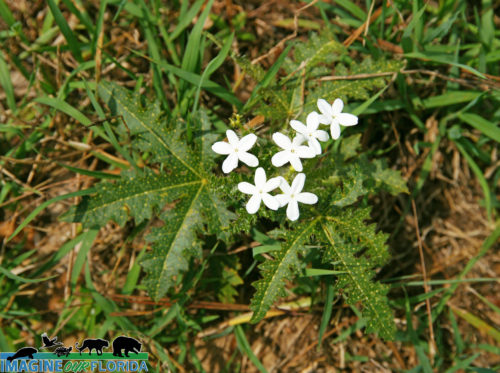 Once known as the Eichelberger Sink, this 90-acre preserve located near Eustis is managed by Lake County Water Authority. Hidden Waters Preserve was established in 1996 to protect the water seepage and Lake Alfred where water slowly seeps into the aquifer.
Once known as the Eichelberger Sink, this 90-acre preserve located near Eustis is managed by Lake County Water Authority. Hidden Waters Preserve was established in 1996 to protect the water seepage and Lake Alfred where water slowly seeps into the aquifer.
Hidden Waters Preserve offers 6 trails ranging from 2 miles to 15 miles. Hike the meandering paths through sandhill restoration areas. Notice the newly planted Long-leaf pines and the gopher tortoises who make their burrows there. Water flowing from a seepage slope offers the opportunity to discover various plants and ferns.
The elevational difference between the top of the sink and the bottom is 110 feet. Explore the depression marsh and lake at the bottom of the sink where you will find a variety of plants and wading birds. Bird watchers will be happy to discover some of the more than 35 birds on this designated FWC Statewide Birding Trail.
For more information and trail maps click here: https://www.lcwa.org/land_resources/open_preserves.php
Photo Credit: Dan Kon
BioLab Road
BioLab Road at Merritt Island National Wildlife Refuge.
Take a slow 5.6-mile drive in the comfort of your car on Bio Lab Road in Merritt Island National Wildlife Refuge. It is a one-way road running north to south. With wetlands to your right and the water to your left, you are sure to see plenty of shorebirds. Look for ducks, ibises, egrets, sandpipers, spoonbills, pelicans, herons, and of course, alligators. Be sure to bring your camera and binoculars.
In 1962, NASA purchased 140,000 acres of land located adjacent to Cape Canaveral. The John F. Kennedy Space Center was built complete with launch pads. In 1963, U.S. Fish and Wildlife Service (USFW) and NASA entered into an Interagency Agreement. This agreement allowed USFW to establish the land that was unused by NASA as the Merrit Island National Wildlife Refuge.
Established to provide habitat for wildlife diversity, migratory birds, and endangered and threatened species, Merrit Island National Wildlife Refuge consists of scrub, pine flatwoods, hardwood hammocks, saltwater marshes, freshwater impoundments, and coastal dunes. Over 1,500 species of plants and animals including 15 federally listed species make their homes here.
Watch for bobcats, otters, and deer. Lizards, snakes, alligators, and turtles make their homes here. 358 species of birds have been recorded at the refuge. Birds of prey include bald eagles, osprey, red-shouldered hawks, and American kestrels. Look for killdeer, Wilson’s snipes, and ring-billed gulls along the shore. Look up to see blue jays, barn swallows, American robins, pine warblers, and more. Blue herons, ibis, and egrets are plentiful. Ring-necked ducks, blue-winged teals, and wood ducks can be seen swimming in the waters at the refuge. Threatened and endangered species such as the eastern indigo snake, scrub-jay, gopher tortoise, wood stork, West Indian Manatee, and Southeastern Beach Mouse find refuge here.
For more information click here: https://www.fws.gov/refuge/Merritt_Island/
Photo credit: David Gale
Little Big Econ State Forest
Little Big Econ State Forest
Located in Geneva in eastern Seminole County, the Little Big Econ State Forest gets its name from both the Econlockhatchee River and the Little Econlockhatchee River. Econlockhatchee means “earth-mound stream” in the Muskogee language and was named by the native Americans for the numerous mounds found along the river.
Before being established on March 24, 1994, by the Florida Legislature, the property was used for cattle ranching, crops, as a turpentine distillery, and for a portion of the Florida East Coast Railway. Today the 10,336 acres in the Little Big Econ State Forest is an outdoor enthusiast’s paradise.
Seventeen miles of the Econlockhatchee River, which has been designating an Outstanding Florida Waterway, makes its way through the forest before flowing into the St. Johns River on the eastern boundary. The Little Big Econ State Forest boasts a variety of habitats including wet prairie, pine flatwoods, sandhill, scrub pine, flatwoods, scrub, sandhill, and oak-palm hammocks.
Over 160 bird species have been spotted in the forest including Bachman’s sparrows, crested caracara, wood storks, swallow-tailed kites, and sandhill cranes. Look for fox squirrels, gopher frogs, gopher tortoises, turkeys, deer, and alligators.
The Little Big Econ State Forest has been named one of the country’s most family-friendly hikes by the American Hiking Society. Saunter along the 5.2-mile loop Kolokee Trail, discover wildlife along the 8 miles of Florida National Scenic Trail, or explore any of the 15 miles of trails located in the forest.
Paddle all or a portion of the 20 mile-long Econlockhatchee River Paddling Trail. There are 12.1 miles of bicycle trails and 9.3 miles of equestrian trails complete with a water trough.
Primitive camping sites are available and some have a picnic table and fire ring.
Reserve the picnic pavilion for your special events.
Enjoy your lunch at a picnic table. Your leashed pets are welcome.
Whether for a day or a week, there is plenty to explore and discover at the Little Big Econ State Forest.
For trail maps and more information:
https://www.fdacs.gov/…/State-…/Little-Big-Econ-State-Forest
Photo credit: Christian Kon
Fort Drum Marsh Conservation Area
Fort Drum Marsh Conservation Area
As part of the Upper St. Johns River Basin Project, Fort Drum Marsh Conservation Area includes a freshwater marsh at southernmost headwaters of the St. Johns River, a hardwood swamp, pine flatwoods, and a prairie. Together, The U.S. Army Corps of Engineers and St. Johns River Water Management District have restored the original wetlands which resulted in better water quality, flood control, and diverse animal and plant habitats.
Family-friendly recreational activities include hiking on some or all of the 5 miles of trails, picnicking, horseback riding, bicycling, primitive camping at designated sites, wildlife viewing, and canoeing. Saunter through a hardwood swamp on a boardwalk shaded by Cedar Cypress Trees as you make your way to Hog Island where you will find more trails to explore.
Look for migratory birds, bald eagles, owls and other raptors, sandhill cranes, turkeys, wood storks, caracara, white-tailed deer, dragonflies, turtles, and alligators. Discover the vast number of wildflowers and the pollinators who rely on them.
Dogs are welcome provided they are leashed at all times. Fort Drum Marsh Conservation Area, located about 10 miles east of Yeehaw Junction, is fun for all and is waiting for you to create memories to last a lifetime! Plan your trip today!
For a trail guide and more information:
https://www.sjrwmd.com/lands/recreation/fort-drum-marsh/
Photo credit: Dan Kon, Aymee Laurain, Andy Waldo
Kiss-me-quick
Kiss-me-quick (Portulaca pilosa) —
Also known as Pink Purslane, Kiss-me-quicks are native succulents that can be used as a groundcover. They will thrive in nutrient-poor soil as long as it is well-drained. These low-growing plants with linear leaves produce red, pink, or purple blooms in the morning that close in the afternoon, hence the name Kiss-me-quick.
Look for Kiss-me-quicks in the wild in sunny, sandy areas.
Savannah False Pimpernel
Savannah False Pimpernel, Lindernia grandiflora Nutt., is a native Florida groundcover found in wetlands, swamps, and marshes. Other common names include Blue moneywort and Angel’s tears.
The small violet and white flowers bloom year-round and provide a nectar source for pollinators.
Fakahatchee Strand Preserve State Park
Fakahatchee Strand Preserve is Florida’s largest state park. The word “Fakahatchee” is the Miccosukee term for “forked river” referring to the water flow around the strand. This area has a canopy of bald cypress trees, royal palms, and occasional gumbo limbo trees. The area also contains more orchids and bromeliads than anywhere else in North America. There are 44 orchids and 14 bromeliads native to this area. Unfortunately, orchid poaching has been a large problem in the past. Keeping the Park Services number on hand and calling if you witness poaching could help protect the many endangered orchids that exist here.
The cypress trees were previously vulnerable to unregulated logging and very few old trees exist. You can also find small freshwater sponges on old floating tree branches. There is also an abundance of wildlife.
Fakahatchee Strand Preserve State Park is on the Great Florida Birding and Wildlife Trail. The strand offers biking, geocaching, canoeing, picnicking, and contains the Karen O’Neil Memorial Garden located at the entrance. Restrooms are available. There is so much to see in this beautiful swamp.
Hours are 8 a.m. to sunset. For more information, check out the website. https://www.floridastateparks.org/…/fakahatchee-strand-pres…
Sabal Point Sanctuary
In the Sabal Point neighborhood near Longwood lies 600 acres of wild Florida where wildlife play and wildflowers bloom. Sabal Point Sanctuary, purchased and maintained by Audubon Florida, is a 600+ acre piece of land that has a 1/2 mile frontage on the Little Wekiva and Wekiva Rivers. Together, the sanctuary along with St. Johns Water Management District protects 2500 acres where the rivers meet.
Hike or bike the 3.5-mile trail through the wetlands. Explore the shaded trail and discover deer, otters, and limpkins. Listen for a variety of birds and woodpeckers. The secluded trail provides plenty of opportunities to discover prints from wildlife who make their homes there. Take a moment to admire the beauty of orchids and other wildflowers that thrive in the ecosystem.
The iconic Florida Black Bear occasionally passes through the sanctuary. Most are shy and will be hard to spot. Curious bears may stand up to get a better look at you. You can ask the bear to move along simply by standing tall, raising your hands, clapping, and in a loud stern voice, telling the bear to Go Away.
Take some time to Get Outside and visit this piece of natural Florida. Sabal Point Sanctuary is open every day from sun up to sunset.
For more information: https://fl.audubon.org/conservation/sabal-point
Photo Credit: Andy Waldo
Everglades National Park
Blue Passion Flower
Blue Passion Flowers (Passiflora incarnate), also known as Maypops, are native to Florida and easy to grow in your yard. They are host plants for Gulf Fritillary butterflies and attract a variety of bees and butterflies as well as hummingbirds and bats. Look for Blue Passion Flowers along roadsides and in citrus groves or anywhere there is dry soil.
A Blue Passion Flower vine is a must-have for your butterfly garden. The stunning 3-5 inch blooms only last for a day, however, they bloom summer through fall. Plant this vine along a fence or let it climb up your arbor or trellis. The Maypop will die back after frost but will pop up again in May.
Forked Bluecurls
Forked Bluecurls, Trichostema dichotomum, are native to Florida and a member of the mint family. Bees and other pollinators are attracted to their aromatic blue-violet flowers. They are often found in thickets and dry pinelands. Look for blooms in August and September.
Because they propagate easily from seeds, Forked Bluecurls will thrive in your wildflower garden and may need to be controlled to leave room for other wildflowers.
Scarlet Rosemallow
Scarlet Rosemallow, Hibiscus coccineus, is native to Florida and can be found in swamps and wetlands along lakes and streams. Also known as Marsh Hibiscus, the scarlet flowers on this water-loving shrub appear in late spring and summer and only last for a day. Hummingbirds and butterflies are attracted to the beautiful crimson wildflowers.
Bonus: Scarlet Rosemallow can be grown in your home garden in an area that receives plenty of water.
Spiderwort
Spiderwort, Tradescantia ohiensis, is a native Florida wildflower. It grows in wetlands, disturbed areas, and is commonly found in Florida yards.
Spiderwort, a clumping perennial, appears in the spring and flowers and produces seeds through mid-summer. Blue, purple or white flowers grow in clusters on stems with grass-like leaves. The flowers only last until mid-day.
Spiderwort attracts pollinators and is recognized by pollination ecologists as attracting large numbers of native bees.
Florida Tasselflower
Florida Tasselflower
Despite its name, Florida Tasselflower (Emilia fosbergii), is not native to Florida. They are very adaptable and can be found in sunny or shady areas and are commonly found in yards in peninsular Florida.
Also known as Flora’s Paintbrush, this dainty little plant is most often considered a weed. They can reach heights of 2-3 feet and may produce 50 or more florets. Seeds are spread by the wind from their dandelion-like seedheads.
As a member of the aster family, Florida Tasselflower is an annual and may bloom year-round. Bees, wasps, and butterflies are attracted to their pink, red, or purple flowers.
Note: USDA considers the Lilac Tasselflower, Emilia sonchifolia, to be native. https://plants.usda.gov/core/profile?symbol=EMSO
Your Neighborhood
In Your Neighborhood
Get outside. Stroll through your neighborhood. Connect with Nature.
Listen to the leaves rustling in the wind and the birds chirping among the branches. Admire the beauty of a dead tree or limb while considering the wildlife who depend on them.
Look for tiny wildflowers peeking from under a shrub. Pause for a few minutes and immerse yourself in the busy life of a bug or an ant colony. Our wild friends are as curious about us as we are of them. When you meet one, cherish the moment.
Inhale deeply. Exhale all of your negative thoughts. Let your cares be swept away on the wings of a bird soaring with the wind.
Sky-Blue Lupine
Sky-Blue Lupine
Photo Credit – Andy Waldo at Lake Wales Ridge
Scorpion-tail
Scorpion-tail Heliotropium angiospermum
These delightful little plants are members of the Boraginaceae family which include common forget-me-nots. They can establish well in sandy and disturbed sites and are commonly found in coastal hammocks. They also make an excellent addition to your garden.
Kissimmee Prairie Preserve State Park
Kissimmee Prairie Preserve State Park
“This park is like nothing else in Florida. Being able to see the stars at night in unbelievable detail was absolutely worth the trip.” Jonathan Holmes, IOF Contributor
There is a place in Florida that is world-renowned for stargazing. Designated as a Dark Sky Park due to the absence of light pollution, the stars and planets can be enjoyed the way nature intended.
Located in Okeechobee, Kissimmee Prairie Preserve State Park is part of the headwaters to the Everglades and is the largest remaining dry prairie ecosystem in Florida. Once spanning coast to coast and from Lake Okeechobee to Kissimmee, the prairie has been reduced to a mere 10% of its original expanse.
Throughout the years, humans have altered the prairie to suit their needs. The State Park is working to restore the land to pre-European influence. Over 70 miles of ditches and canals have been restored to swales and sloughs. Old plow lines are slated for reconditioning, and a cattle pasture will be restored to native shrubs and grasses. As a fire and flood dependent ecosystem, these efforts will allow the prairie to thrive once again.
The most famous resident of the prairie is the Florida Grasshopper Sparrow. Critically endangered, the sparrows rely on a healthy prairie ecosystem for survival. Crested Caracaras, Burrowing Owls, Wood Storks, Swallow-Tail Kites, and White-Tail Kites find refuge at the park. Watch for Bald Eagles, White-tailed Deer, and Indigo Snakes. Native wildflowers are abundant. Look for Blazing Stars, Yellow Bachelors Buttons, Meadow Beauty, Pipewort, and Alligator Lilies.
There is plenty to do at Kissimmee Prairie Preserve. Hiking, horseback riding, and biking are wonderful ways to experience Nature up close. Camping, primitive camping, and equestrian camping are offered for those who want to spend the night. A ranger-led prairie buggy tour and an astronomy pad are spectacular ways to enjoy the park.
For reservations, times, fees, and more click here:
https://www.floridastateparks.org/…/kissimmee-prairie-prese…
Photo Credit – Jonathan Holmes
Leavenworth’s tickseed
Leavenworth’s tickseed Coreopsis leavenworthii
The Leavenworth’s tickseed is an endemic flower that provides food for several pollinators. It can usually be found in pine flatwoods where the soil is dry but can adapt to other regions. Here we have pictures with a species of fruitfly, Dioxyna picciola, and a Green sweat bee, Agapostemon splendens. Most flowers are produced in spring but flowers can be found year-round. Have you spotted these beauties anywhere around the state?
Rose of Plymouth
Rose of Plymouth (Sabatia stellaris)
This vibrant wildflower is found throughout the coastal regions of Florida, from the panhandle to the Keys. It is tolerant of salty and flooded soils. These plants are annuals and require open soil to spread and reseed. Depending on the conditions, the Rose of Plymouth can grow from 6 inches to 24 inches tall. The flowers are 1 to 1-1/2 inches wide and the plant creates many blooms. Flowers peak in the summer but can be seen blooming all year long. Rose of Plymouth can be grown from seeds and cuttings in wet to moist soils.
Old Miakka Preserve
Old Miakka Preserve
Named after a settlement in the 1840s, Old Miakka Preserve contains four miles of trails, including scrub habitat, pinewood flatwood, and wetlands. The preserve is abundant in flowering plants with numerous pollinators and occasional gopher tortoises. One of the trails is named after Horticulturalist Tim Cash, who spent years studying plants within the preserve. If you are looking for a calm trail with lots of sunshine and flowers, visit Old Miakka Preserve in Sarasota, FL.
For more information: https://www.scgov.net/Home/Components/FacilityDirectory/FacilityDirectory/547/4327?cftype=FacilityDirectory
Photo credit: Aymee Laurain
Florida tickseed
Florida State Wildflower
Florida tickseed (coreopsis floridana) is just one of Florida’s many diverse and beautiful wildflowers. This wildflower is endemic to Florida. It can be found throughout most of the state, except the extreme northern Panhandle counties. The Coreopsis was adopted as Florida’s State Wildflower in 1991.
Coreopsis grow best in wet open habitats such as the upper edges of marshes, savannas, and prairies. This is a robust fall bloomer and can stand 3 feet tall in ideal conditions. The petals are bright yellow, surrounding a dark disc. The flowers form a bloom that is two inches across. The leaves are narrow and elliptical in shape. This plant requires wet to moist soil to survive. In such settings, it blooms into showy, beautiful wildflowers.

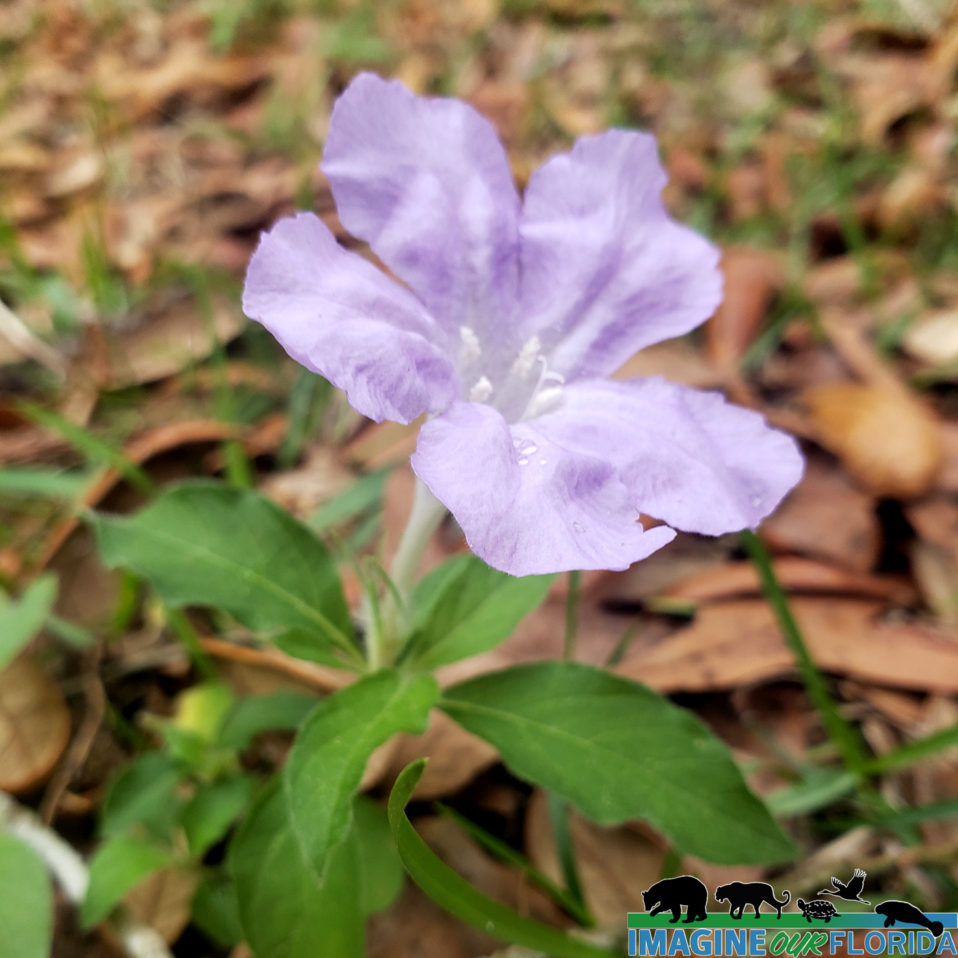
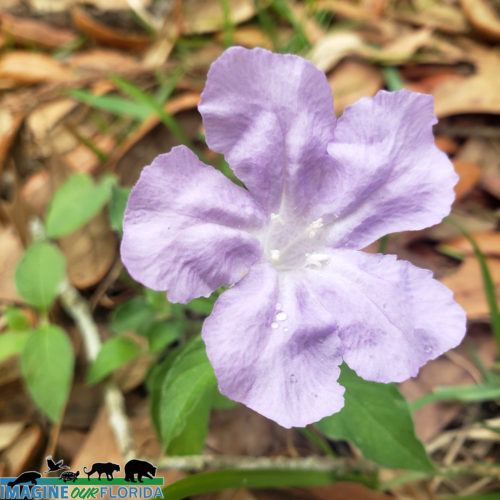
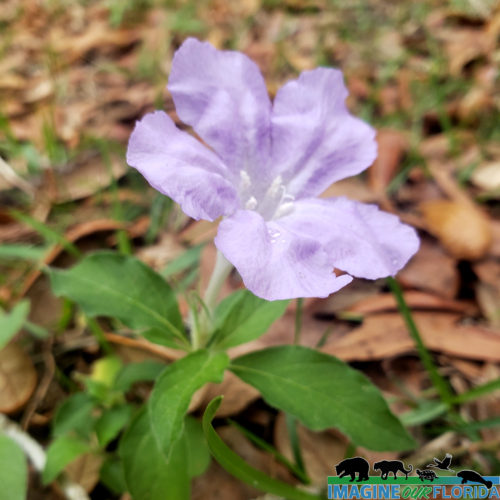
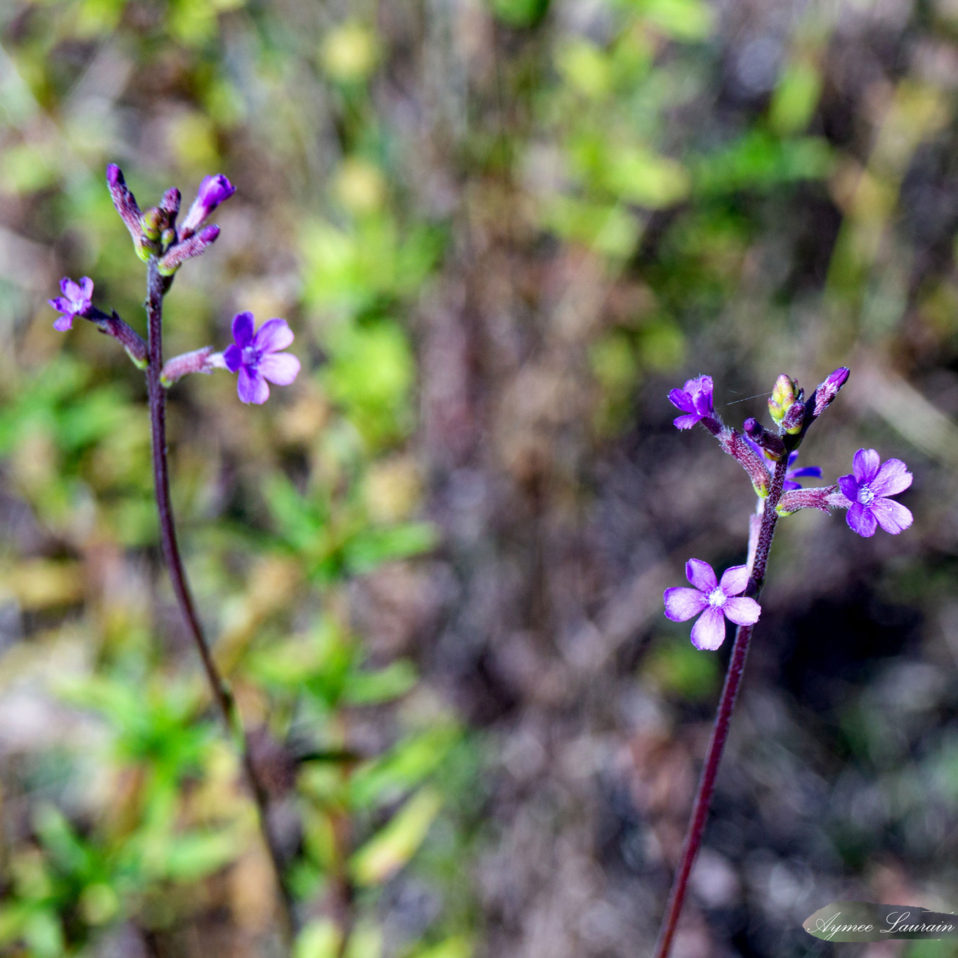
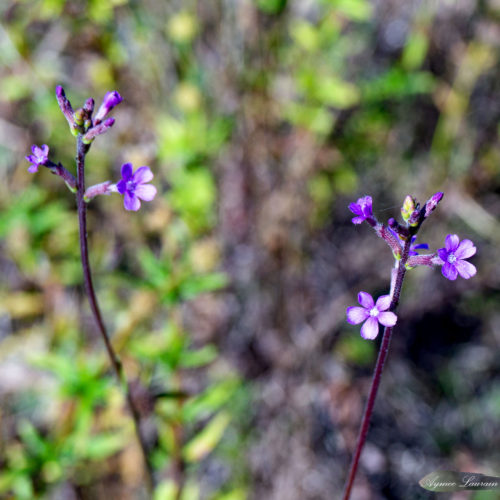
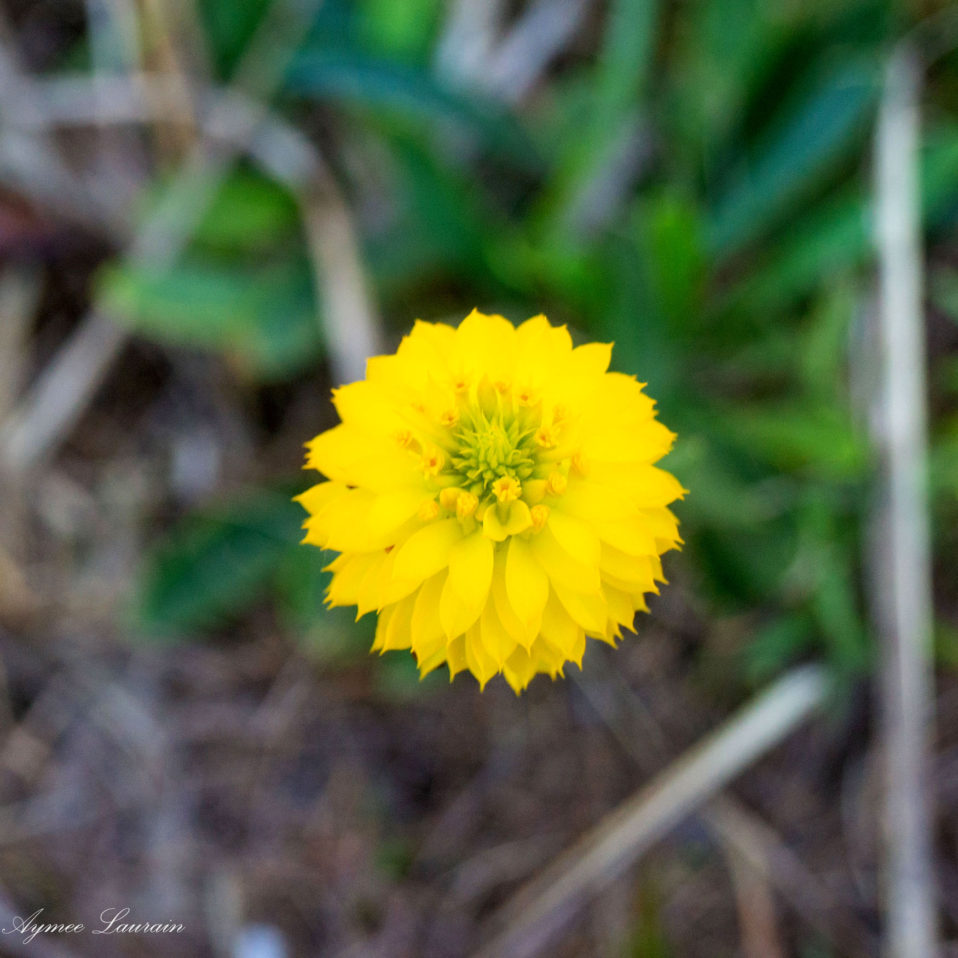
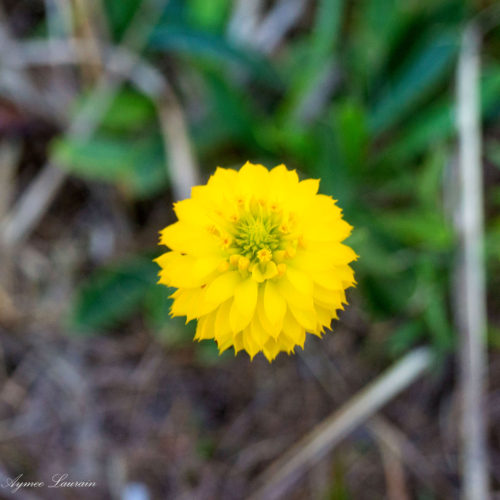
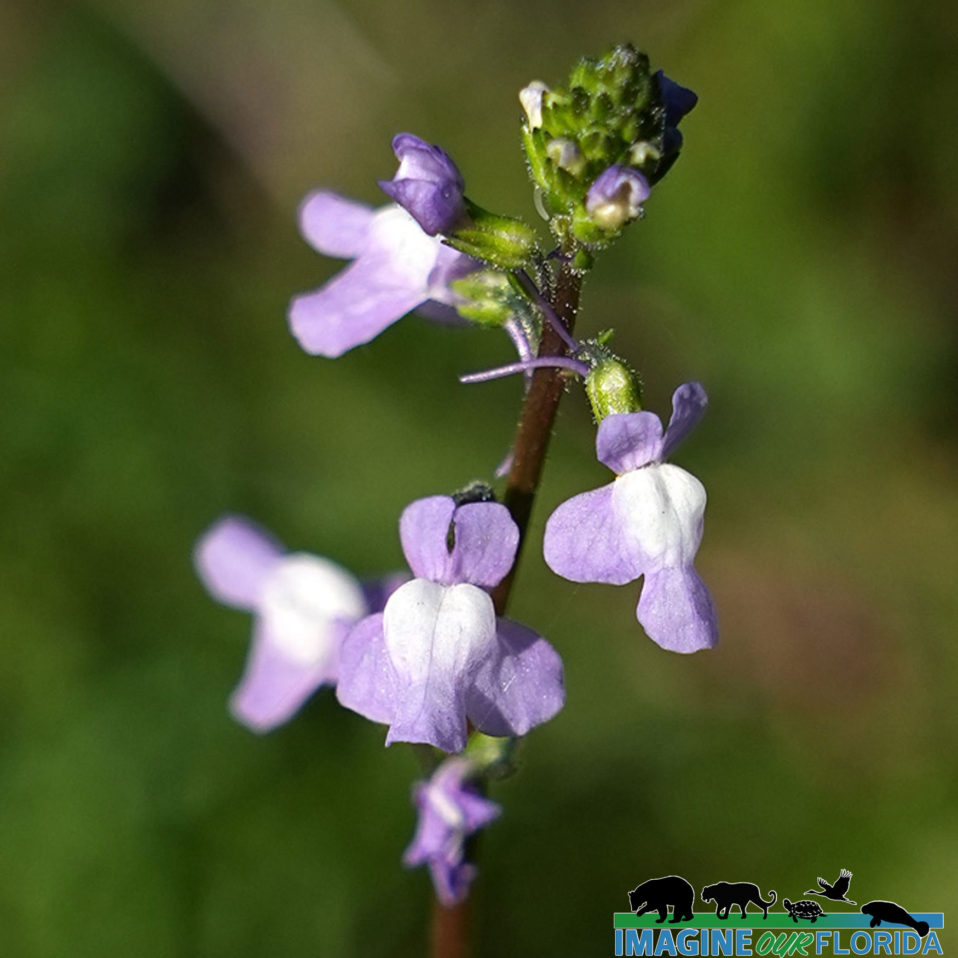
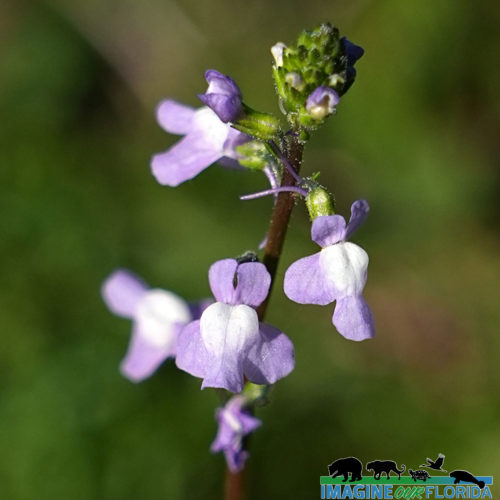
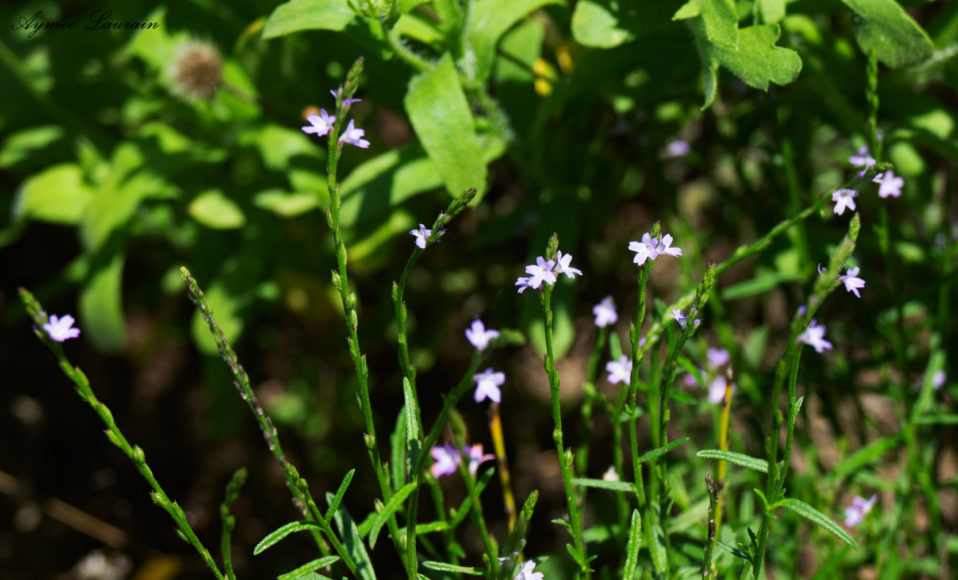
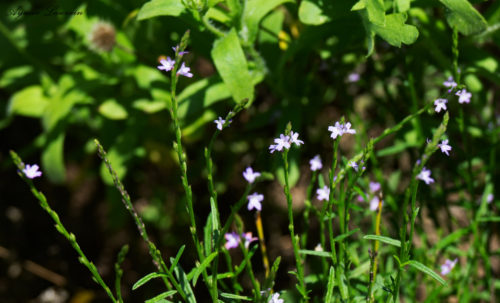
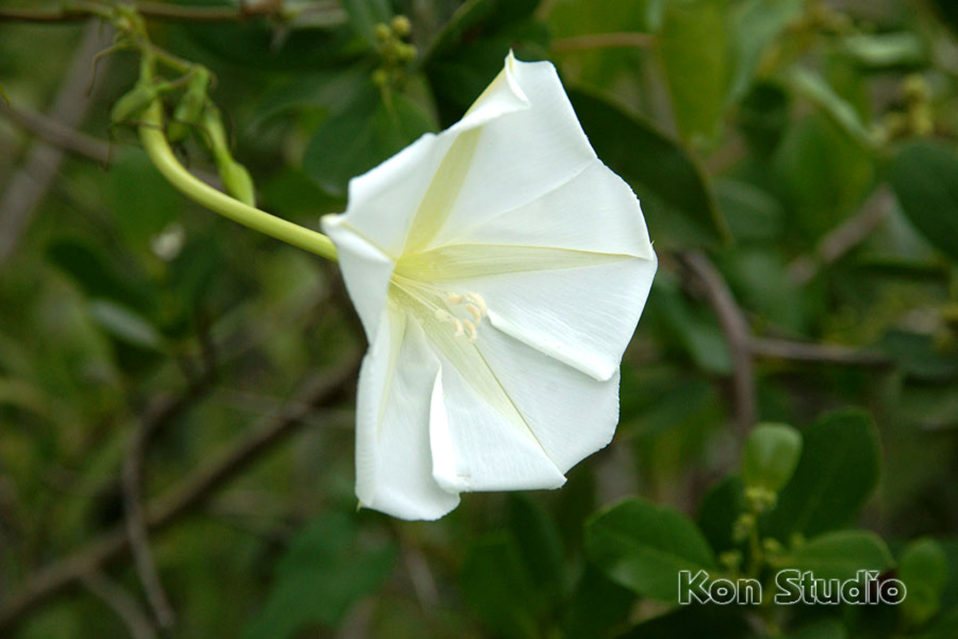
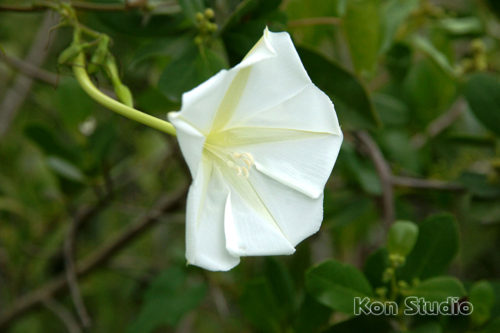
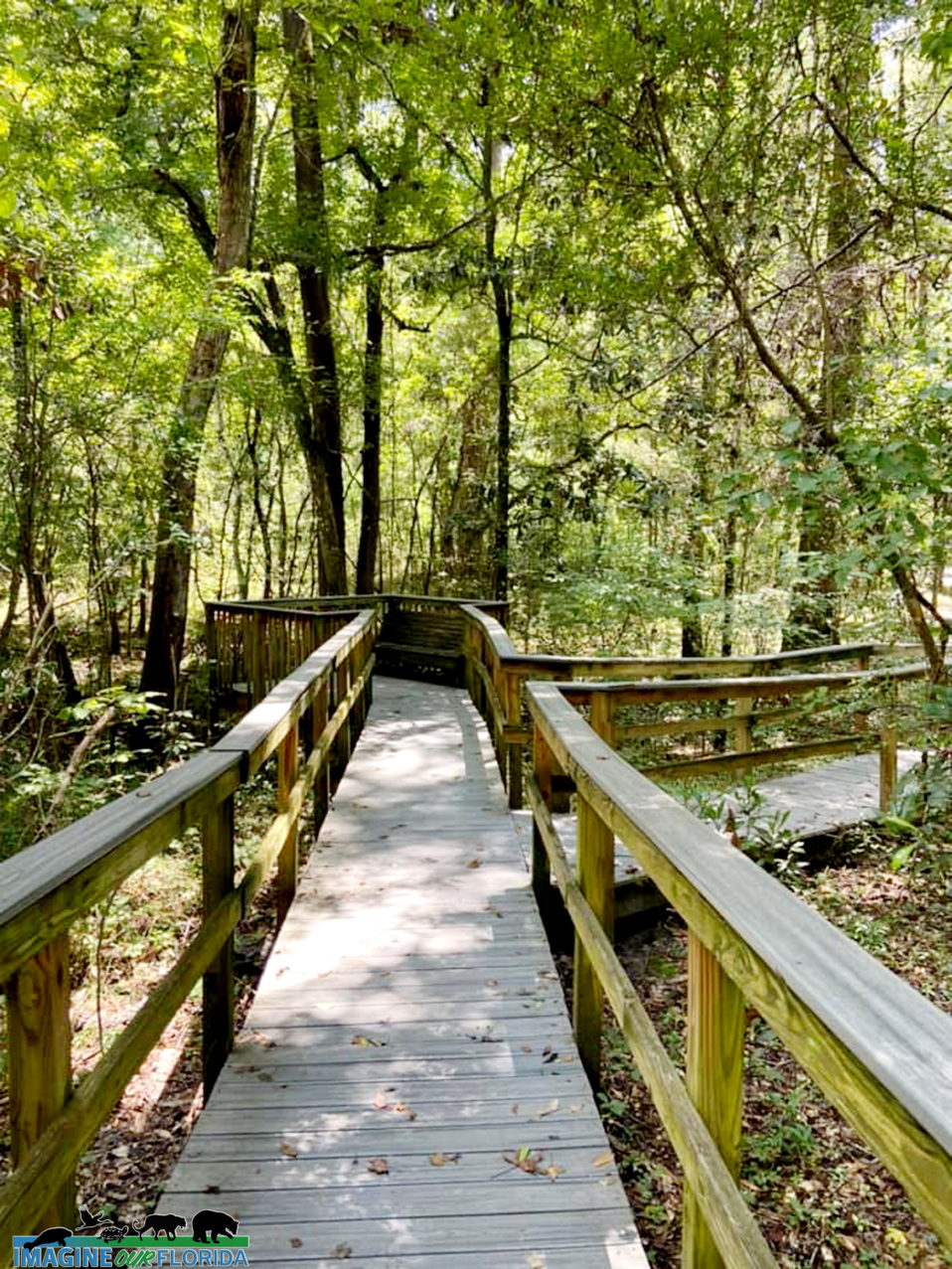
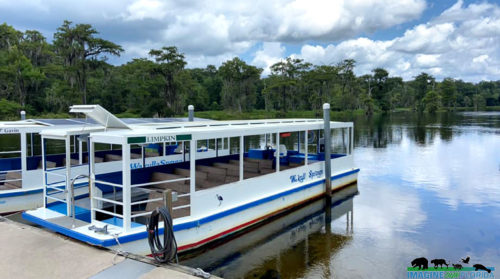
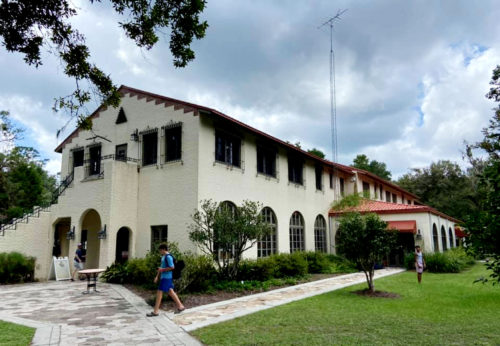
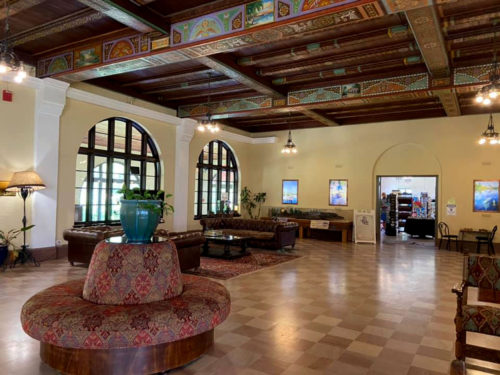
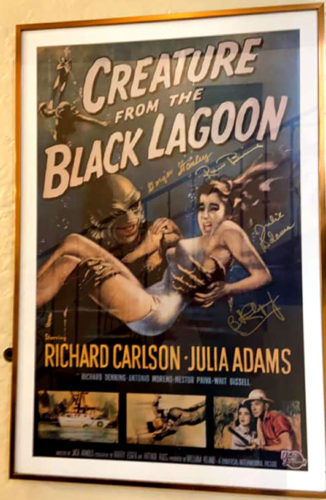
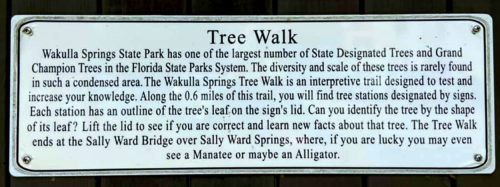
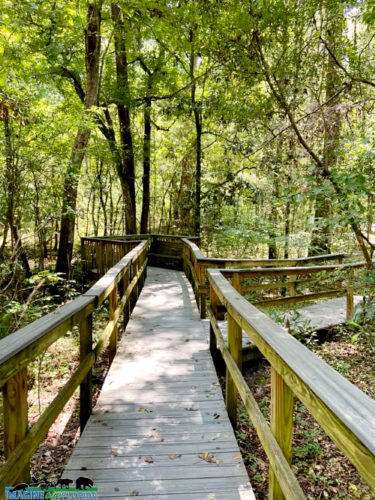
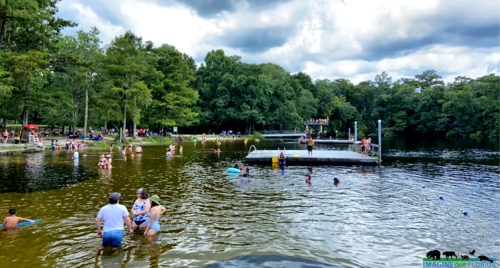
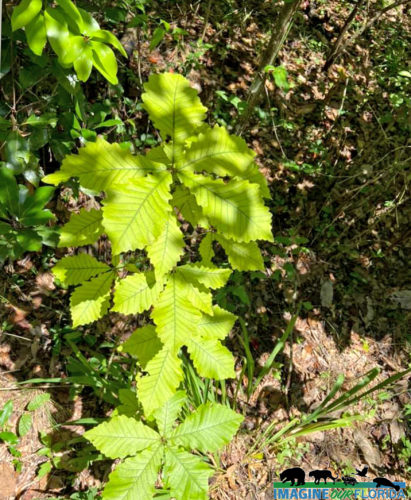
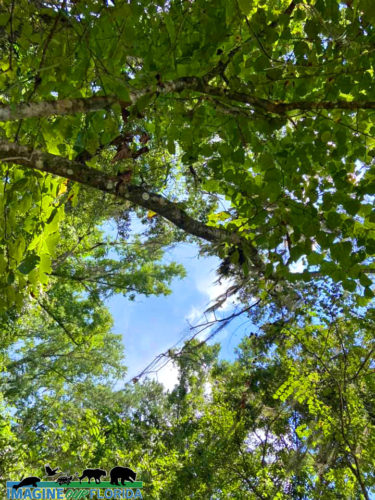
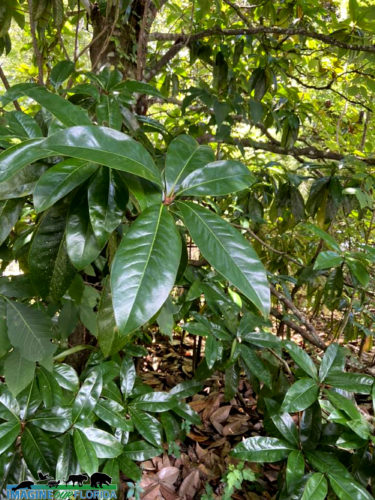
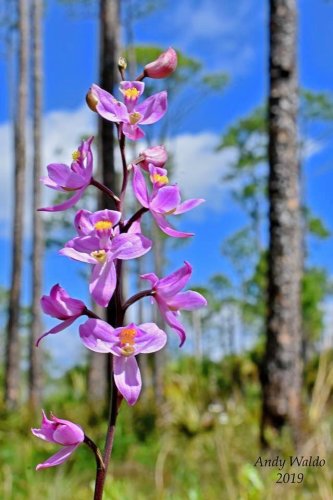
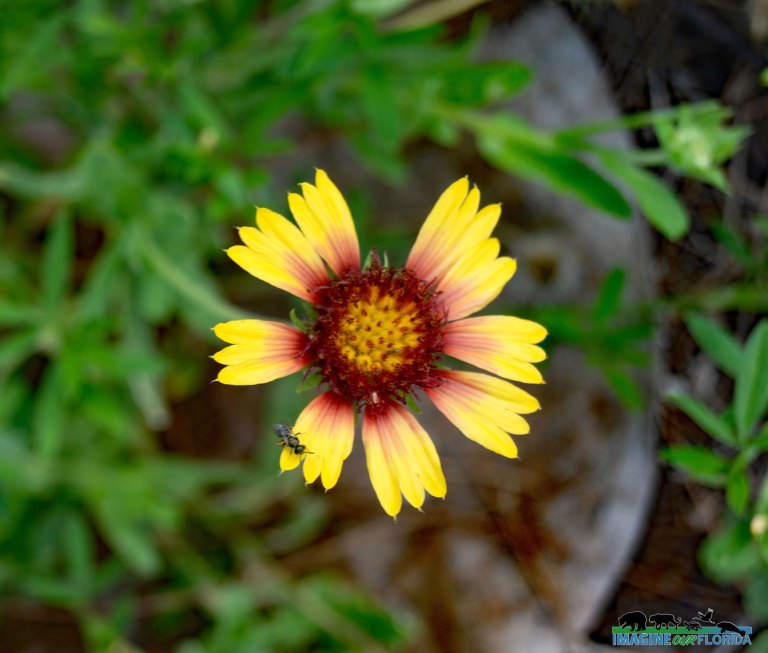
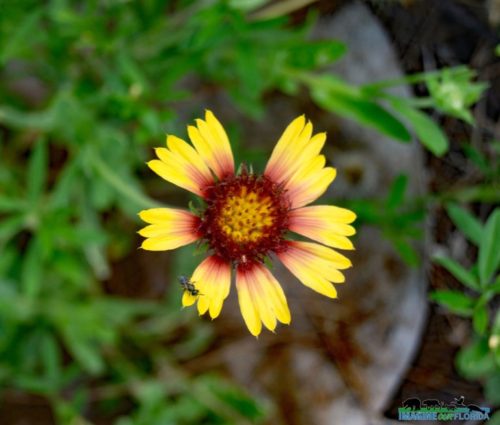
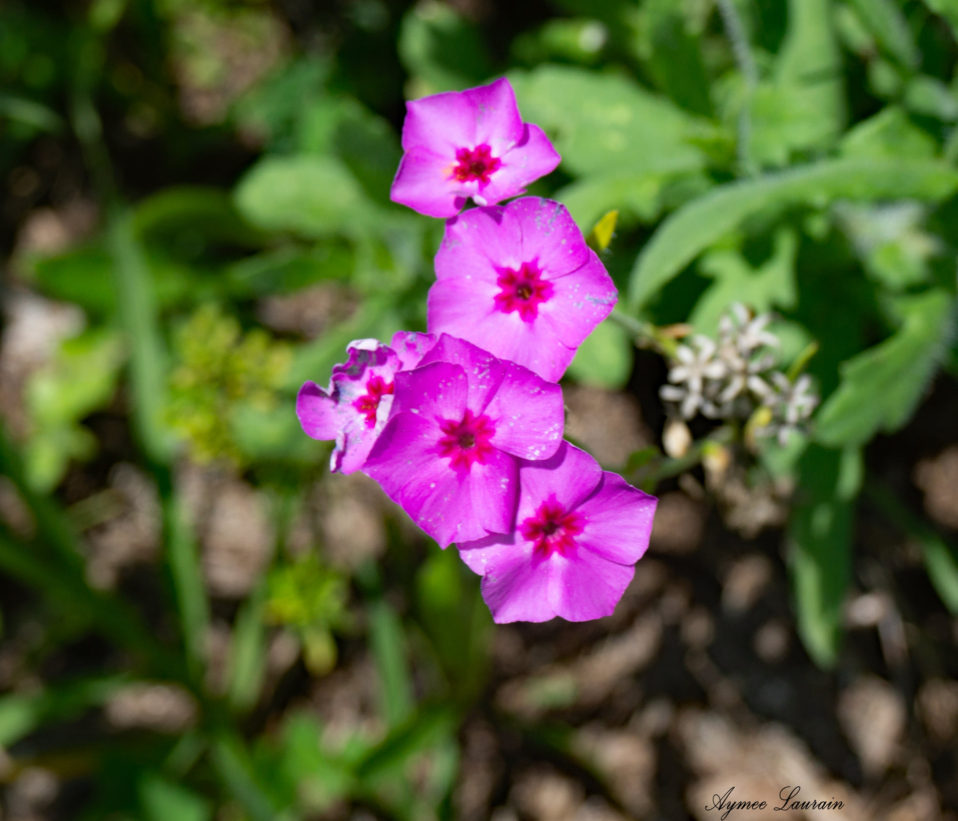
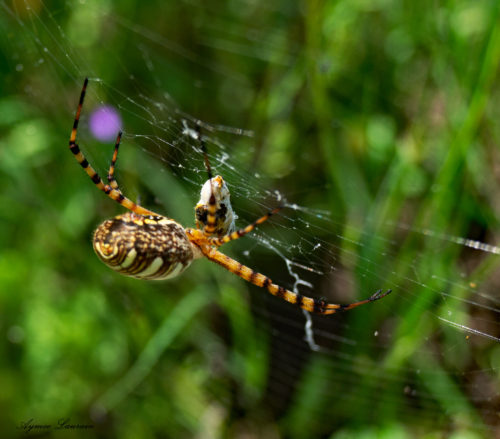
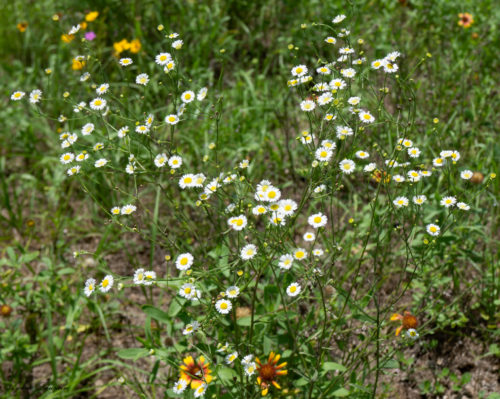
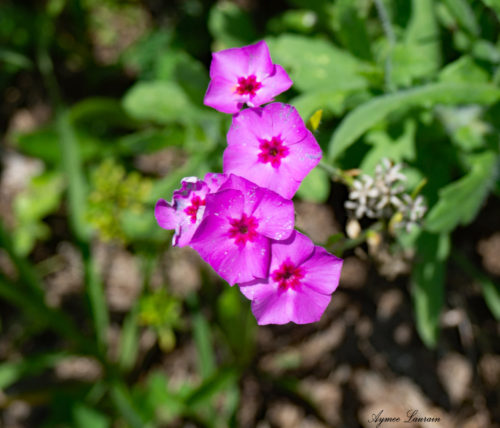
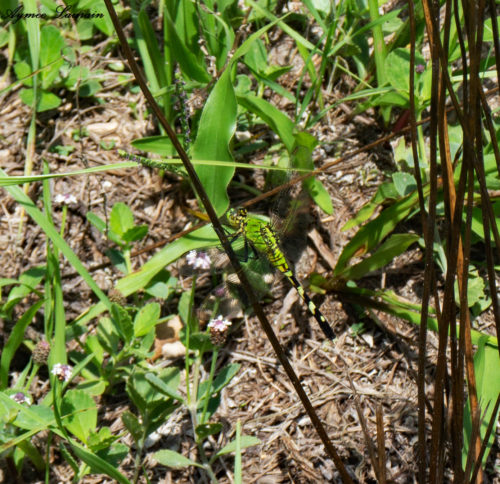
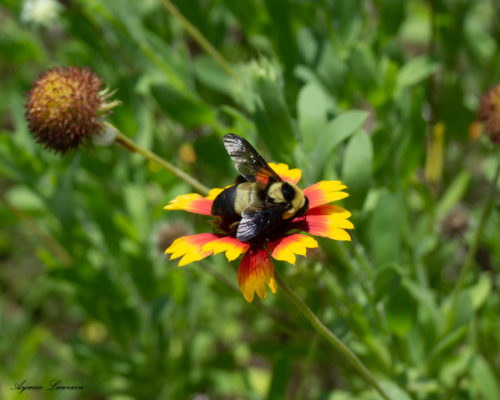
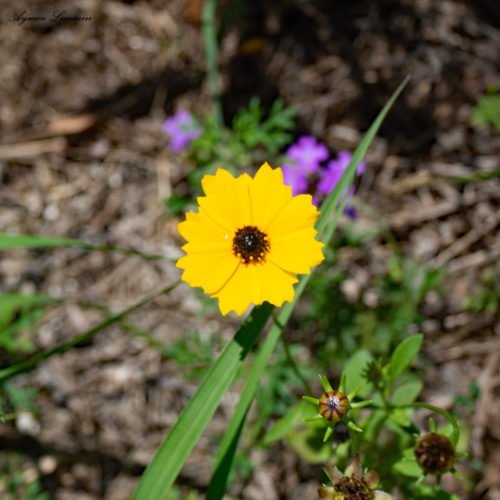
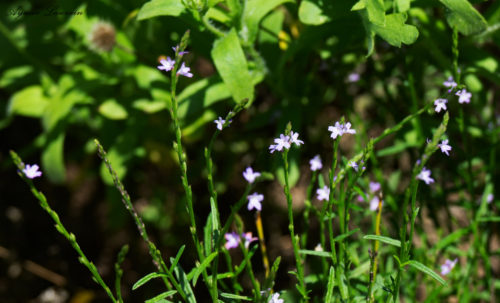
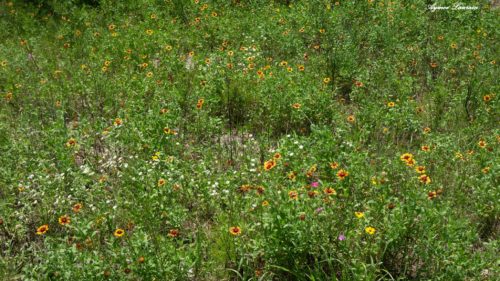
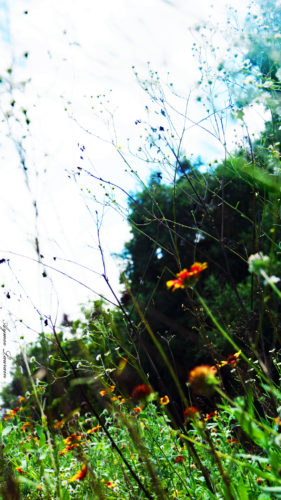
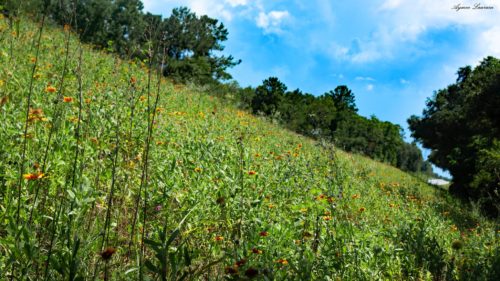
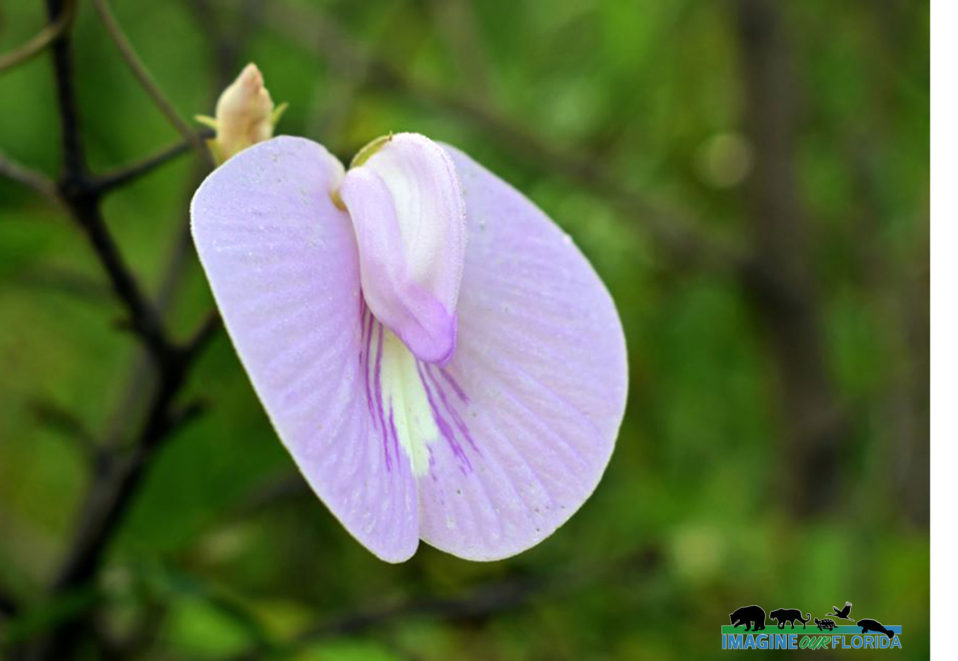
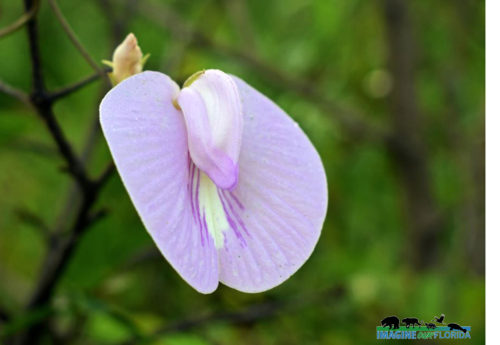
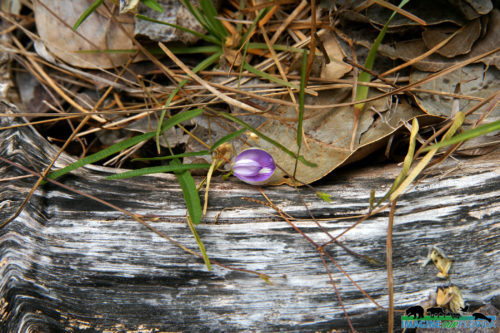
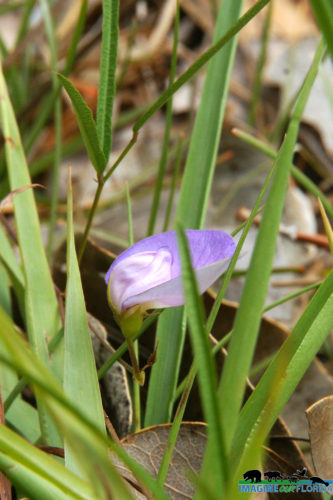
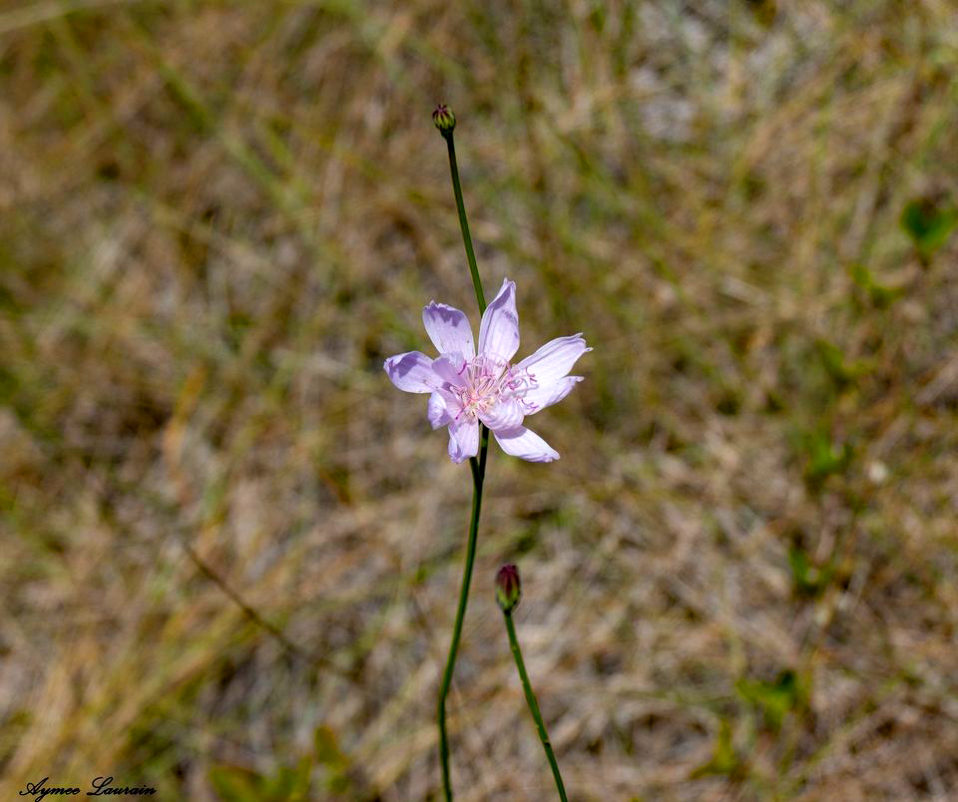
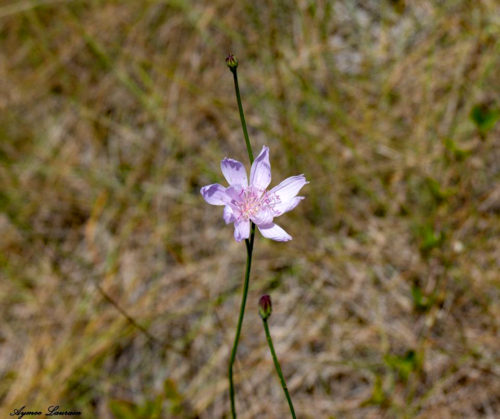
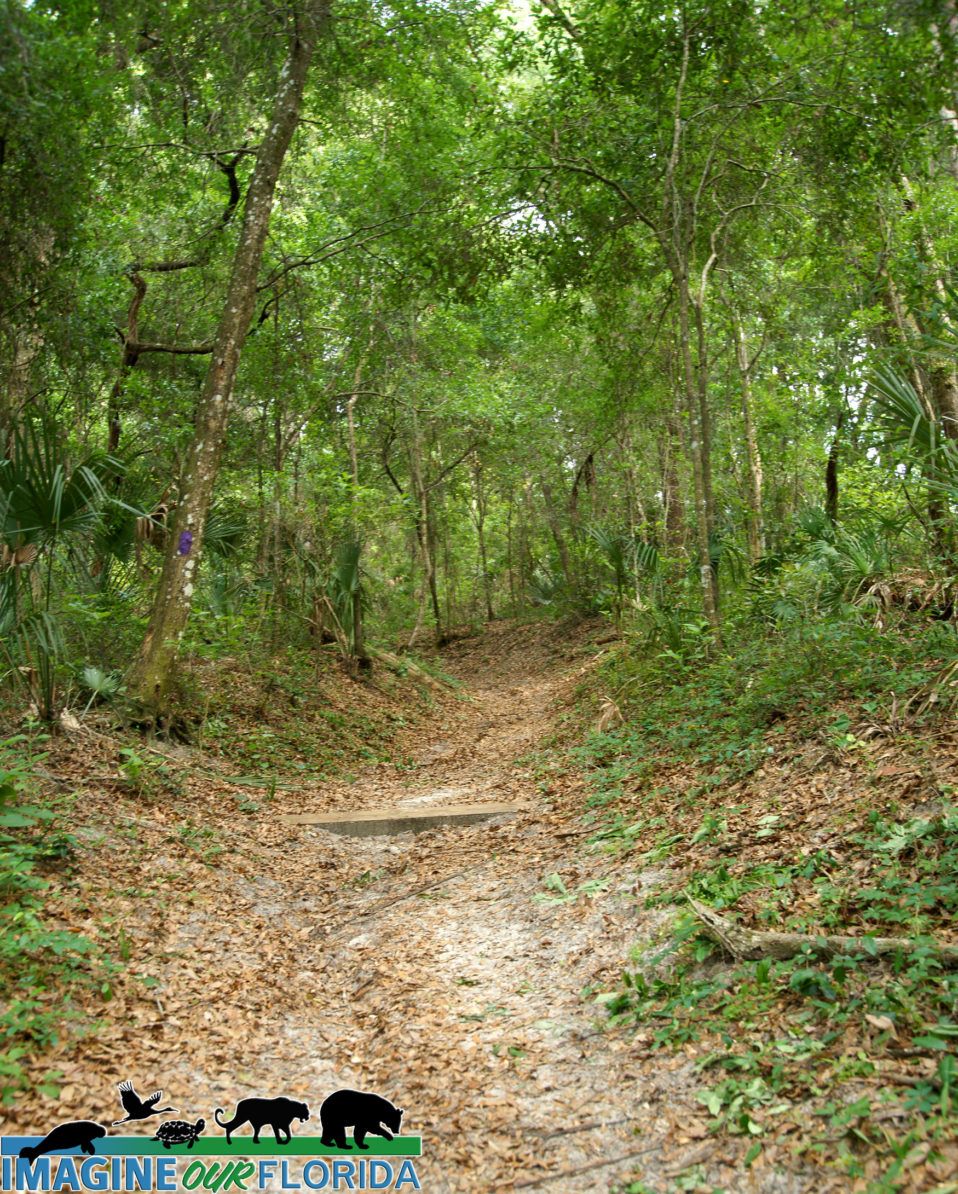
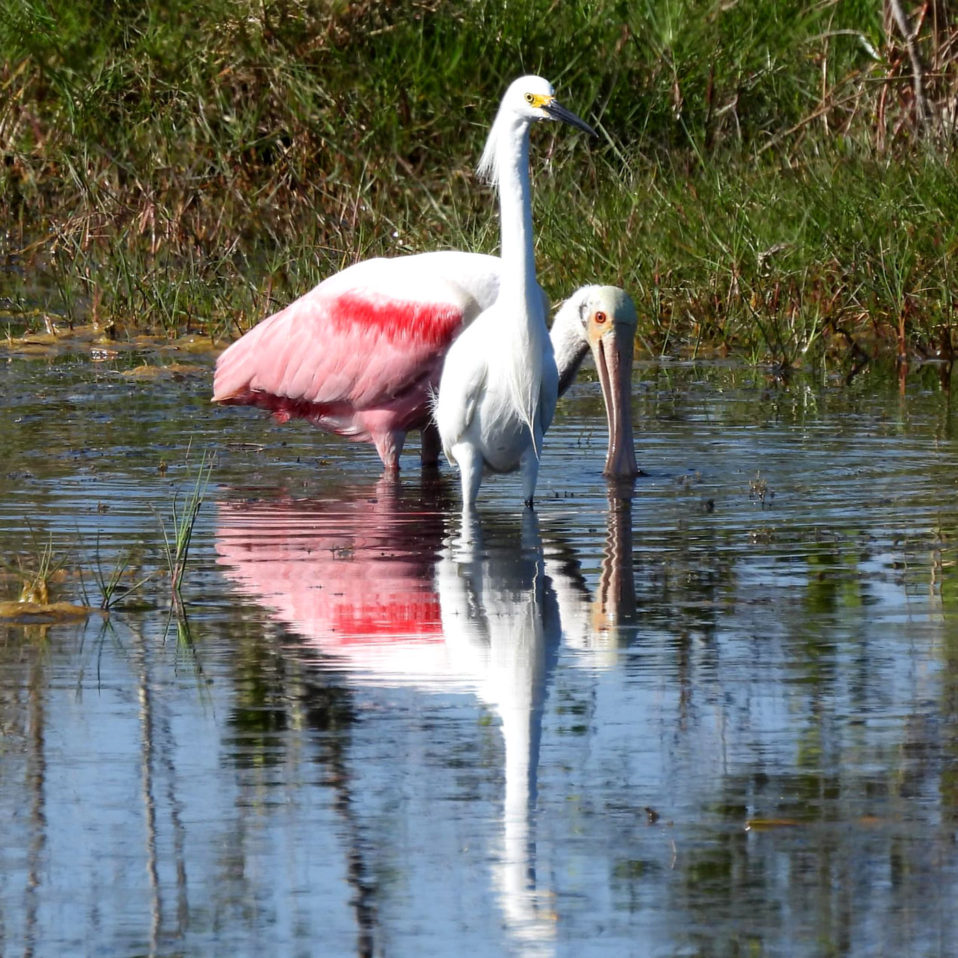
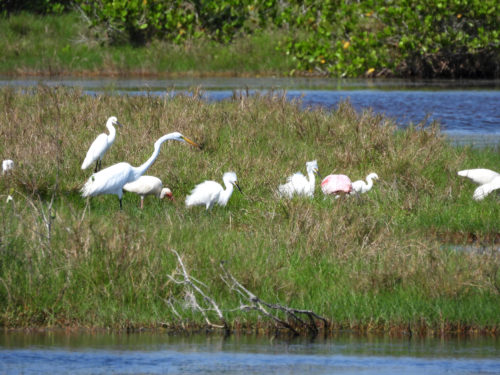
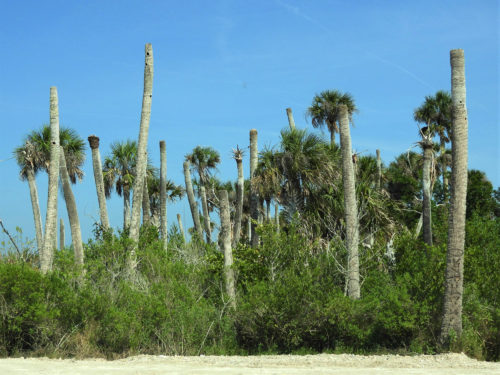
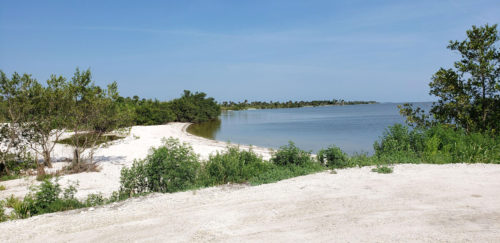
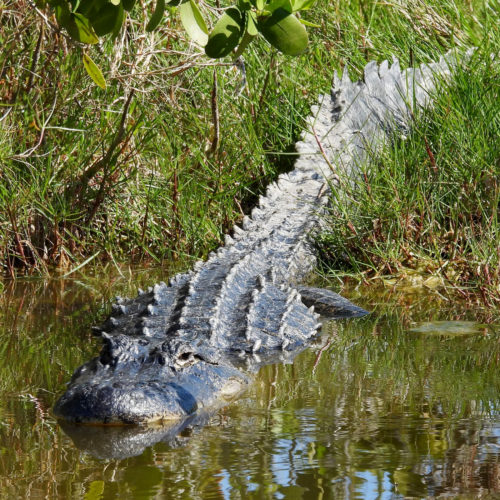
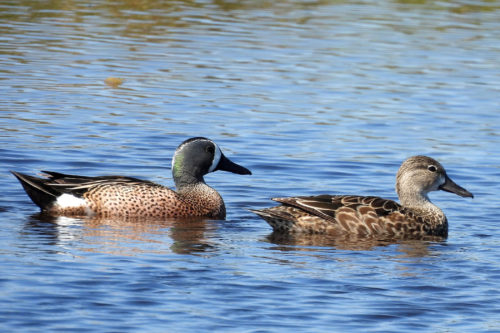
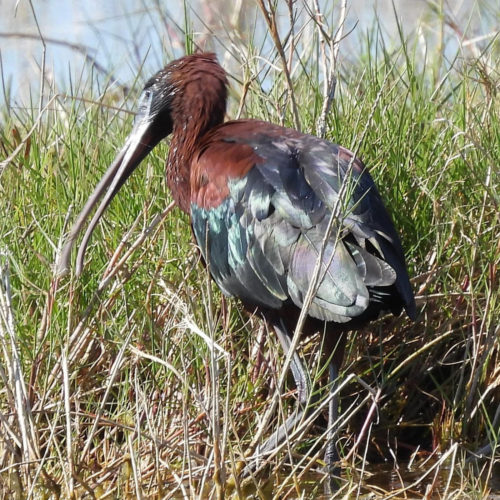
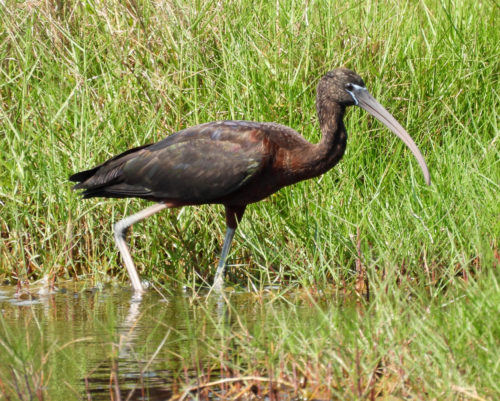
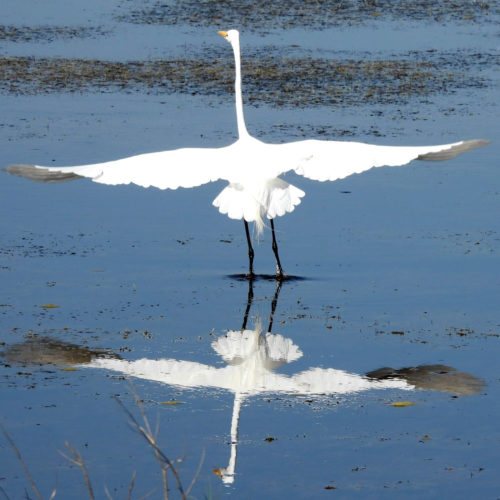
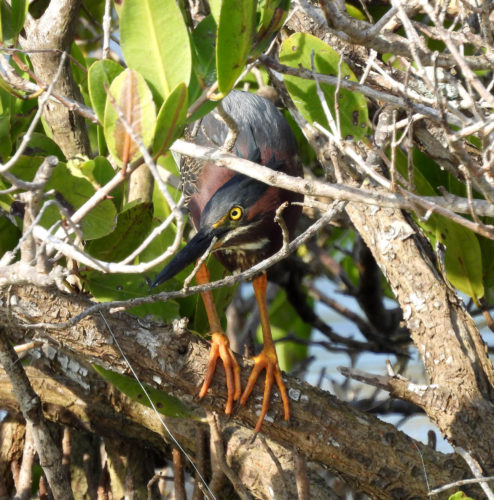
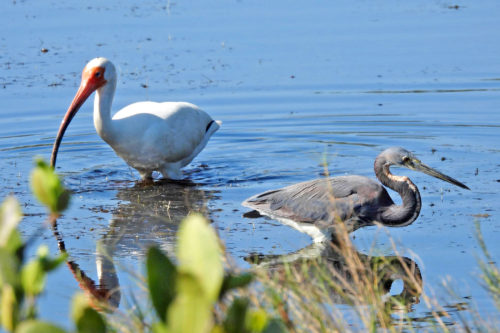
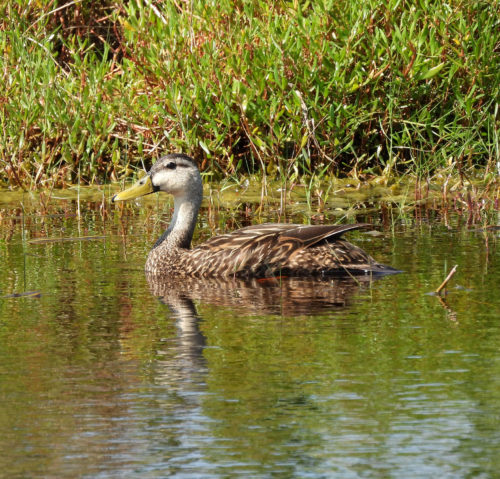
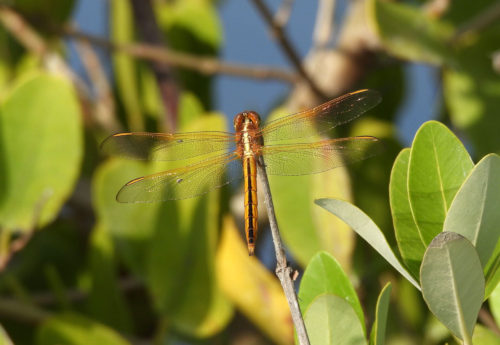
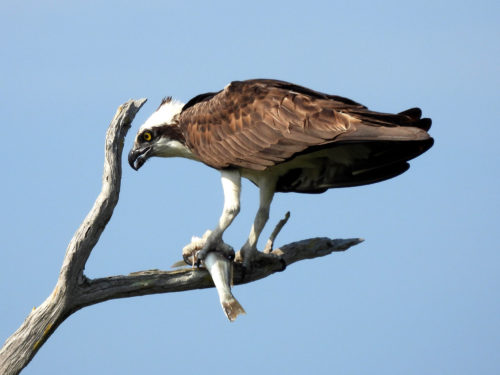
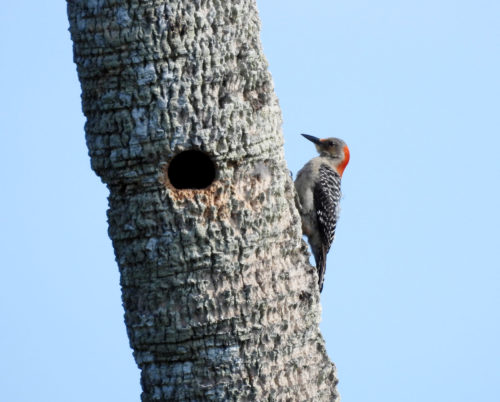
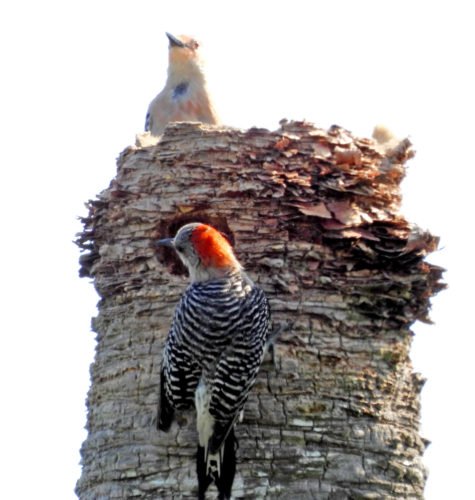
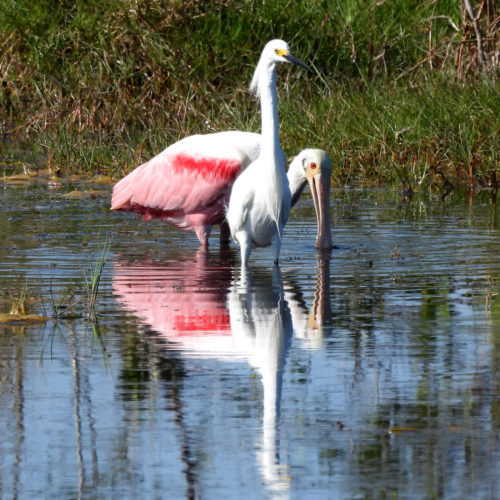
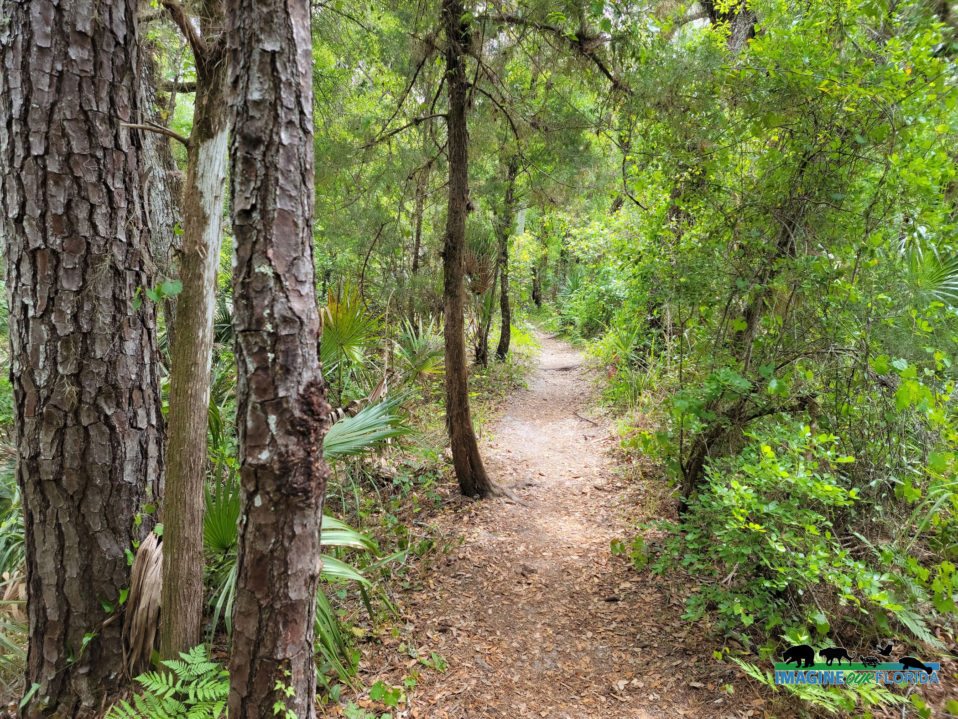
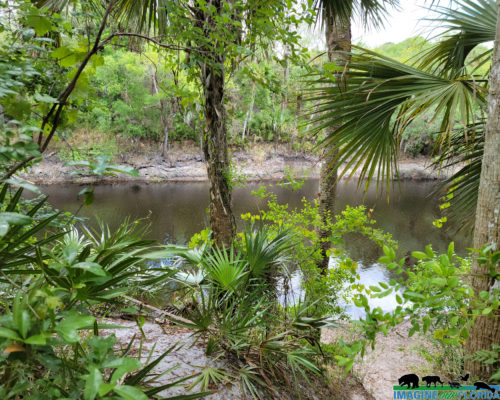
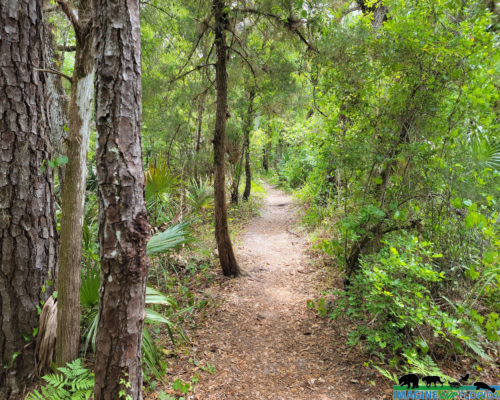
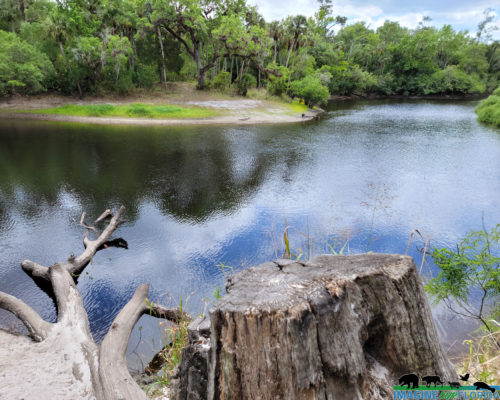
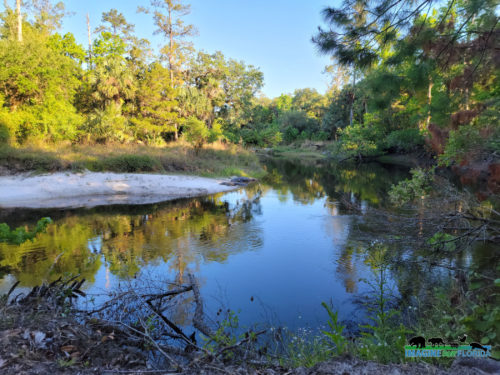
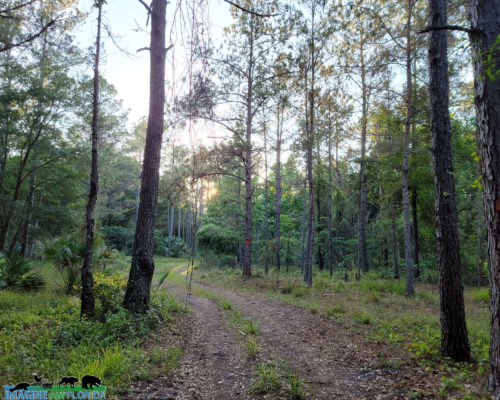
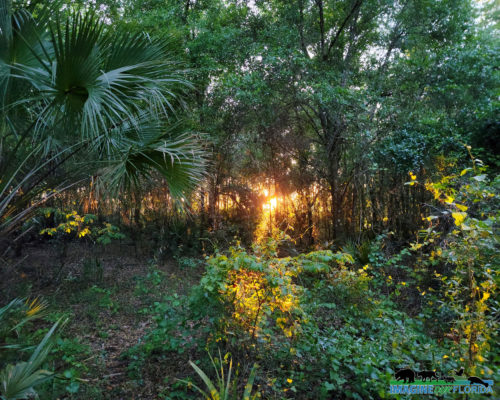
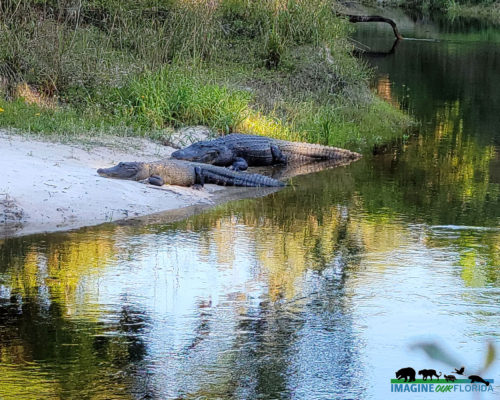
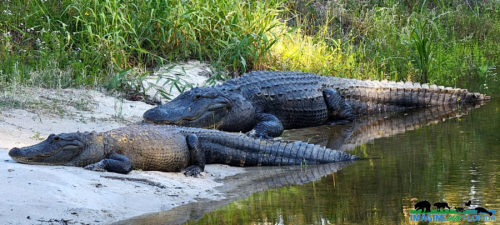
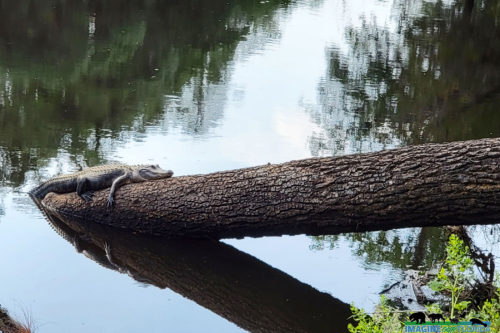
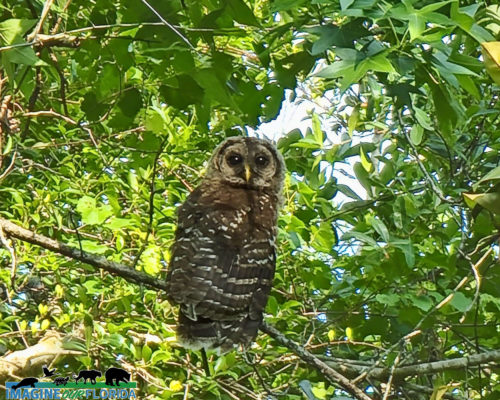
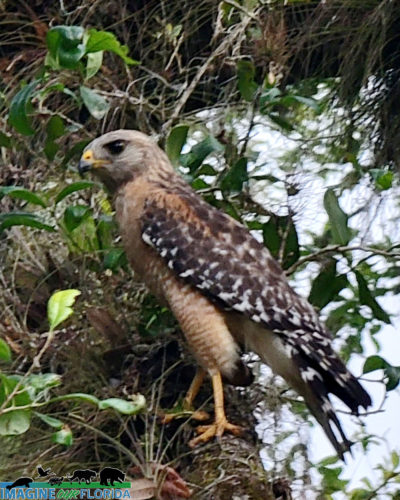
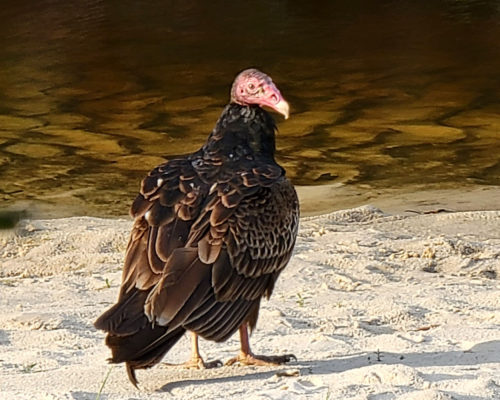
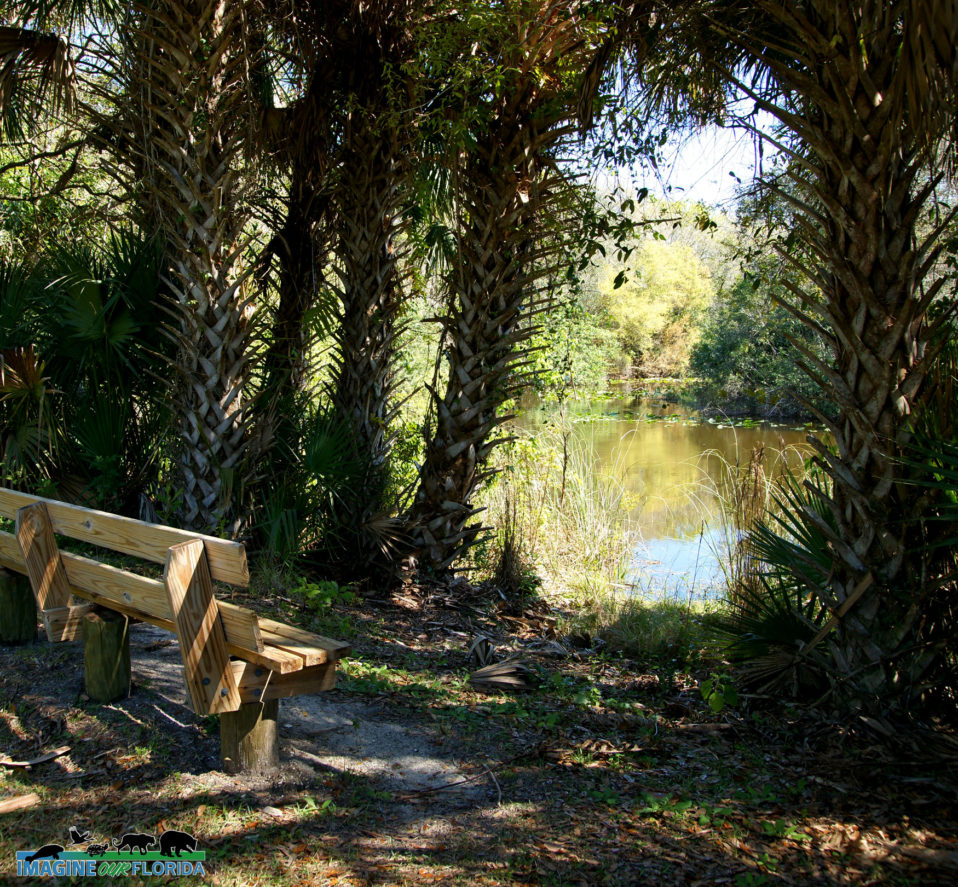
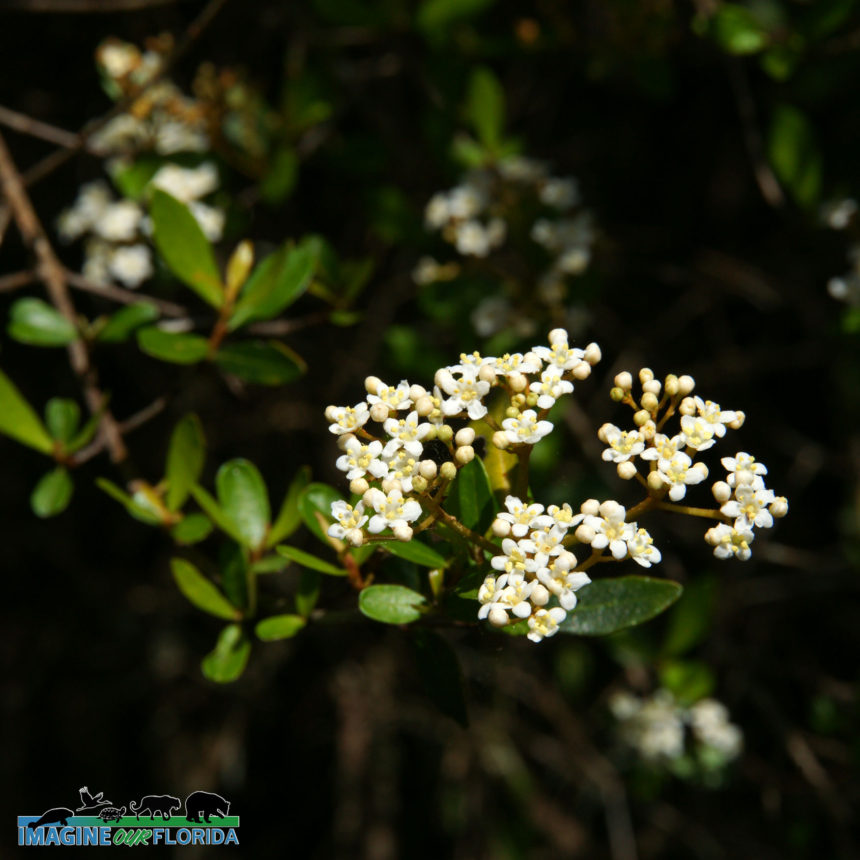
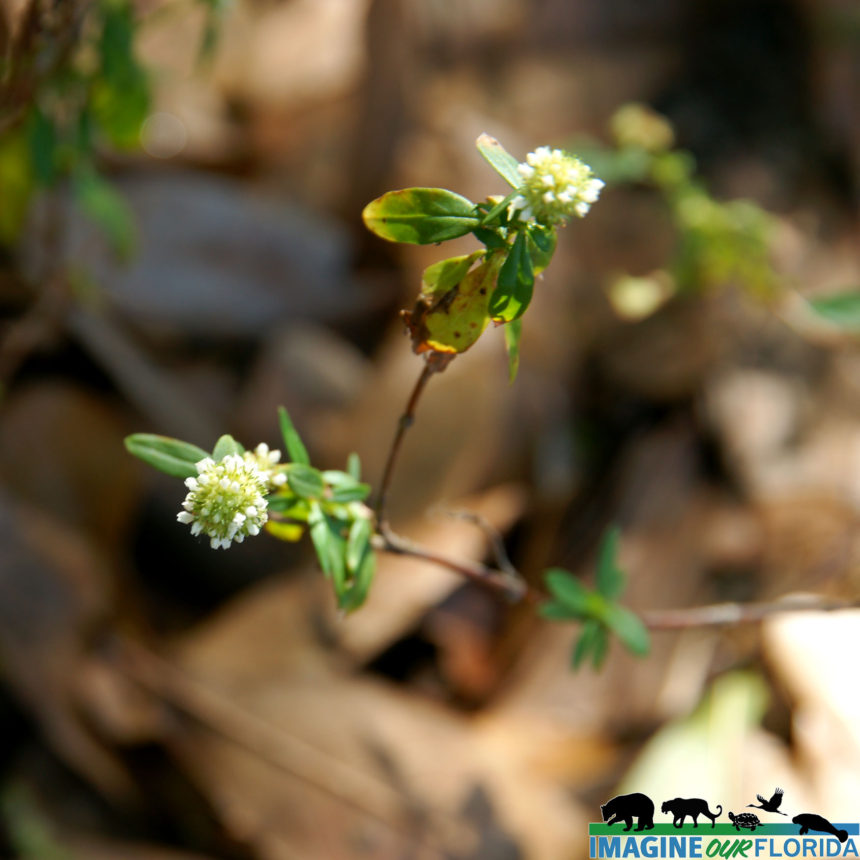
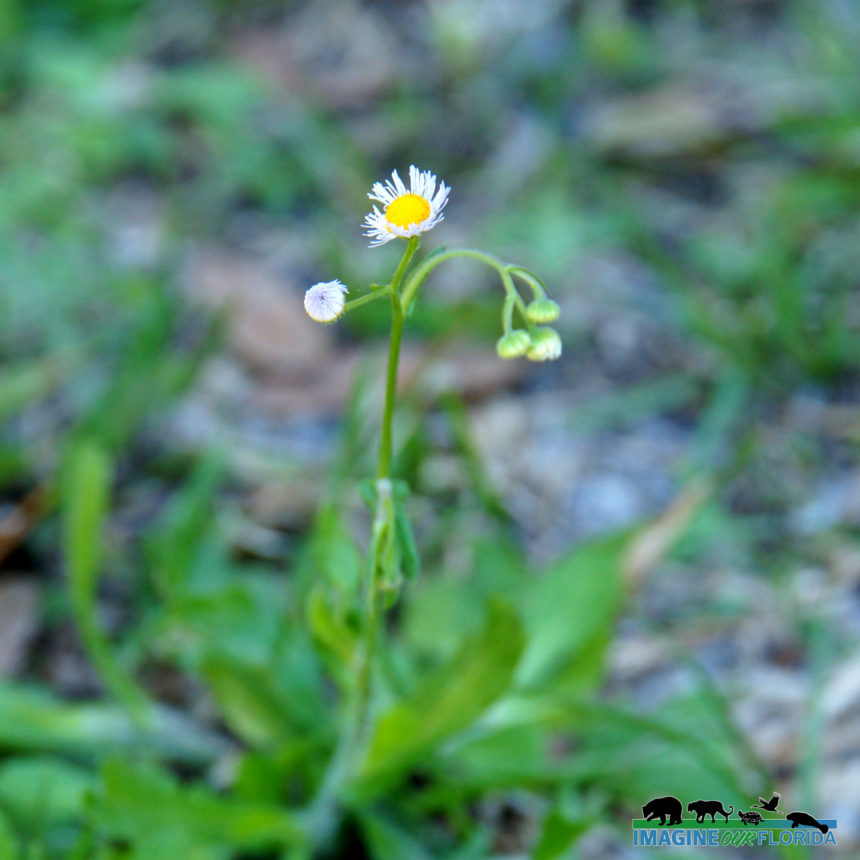
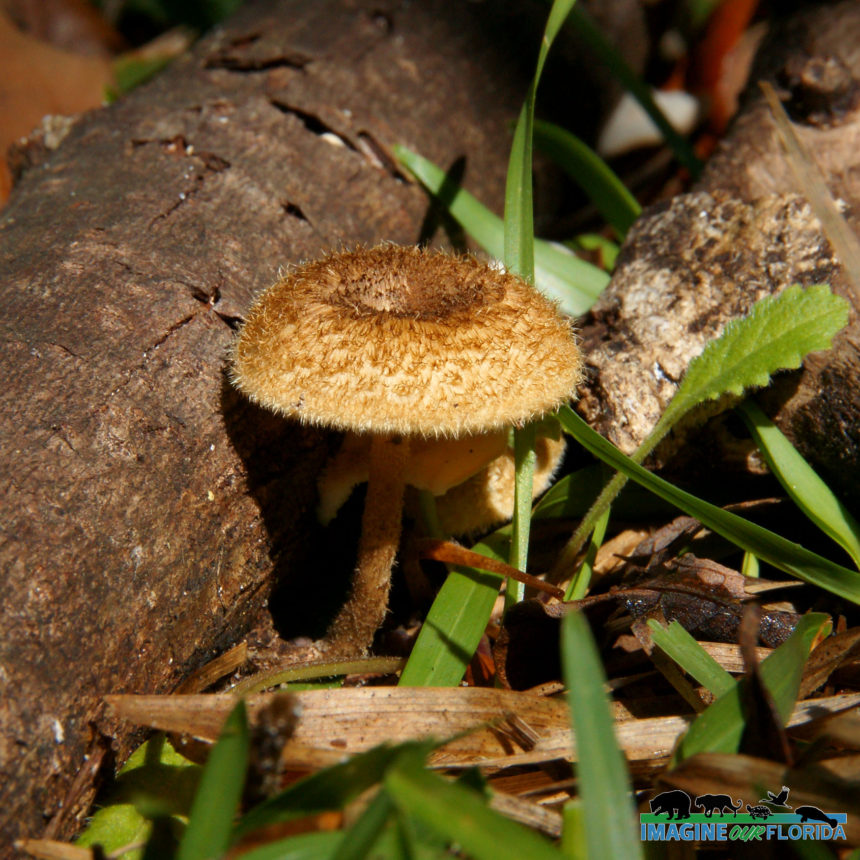
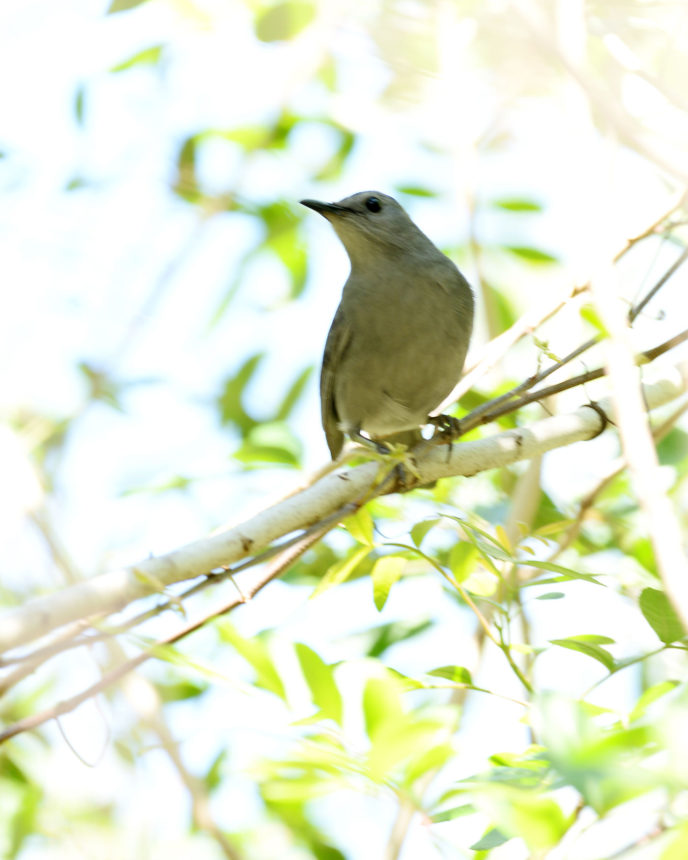
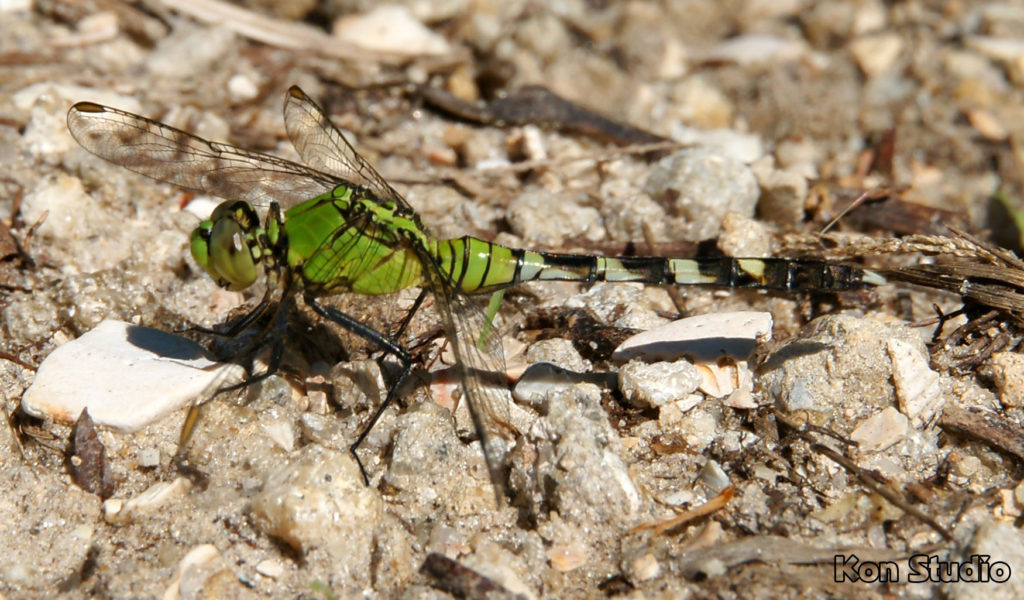
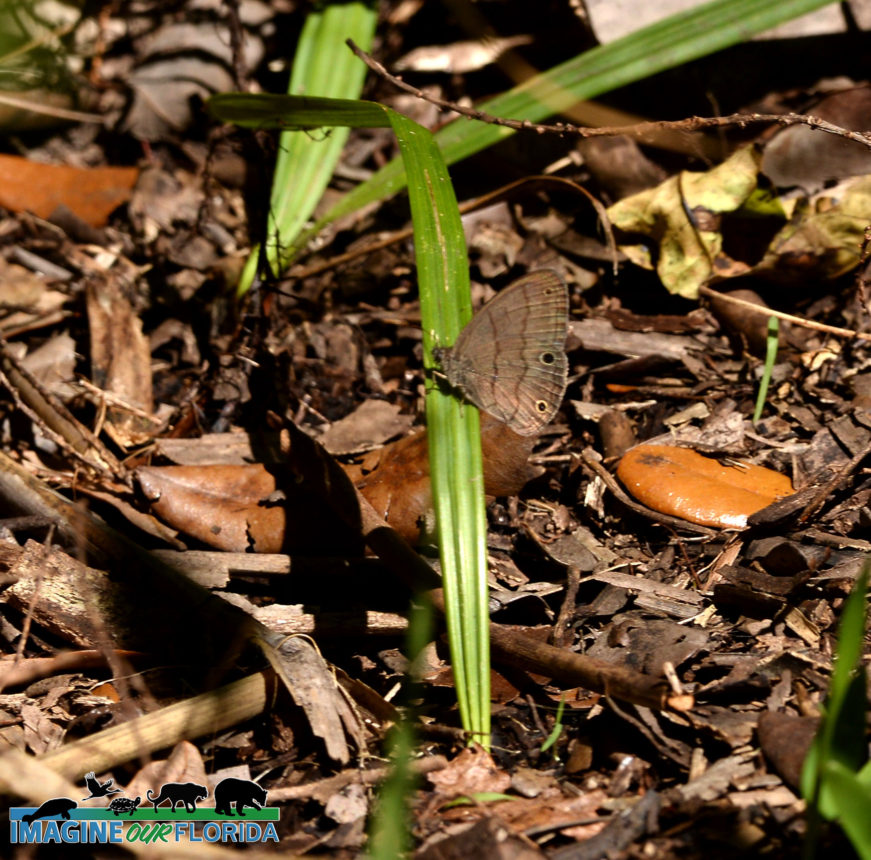
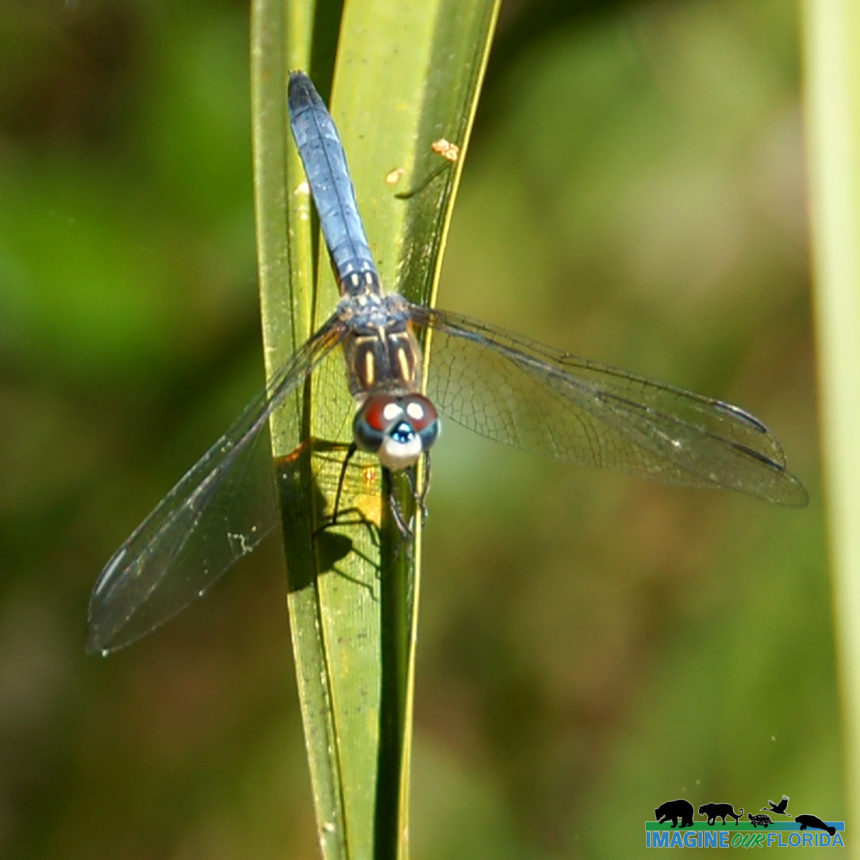
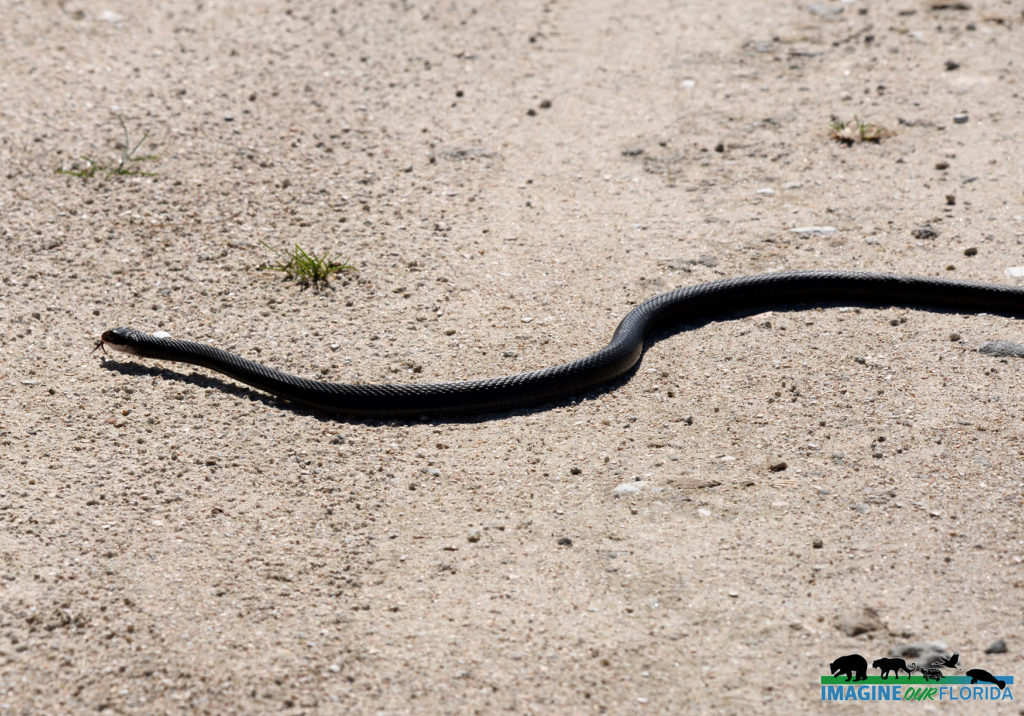
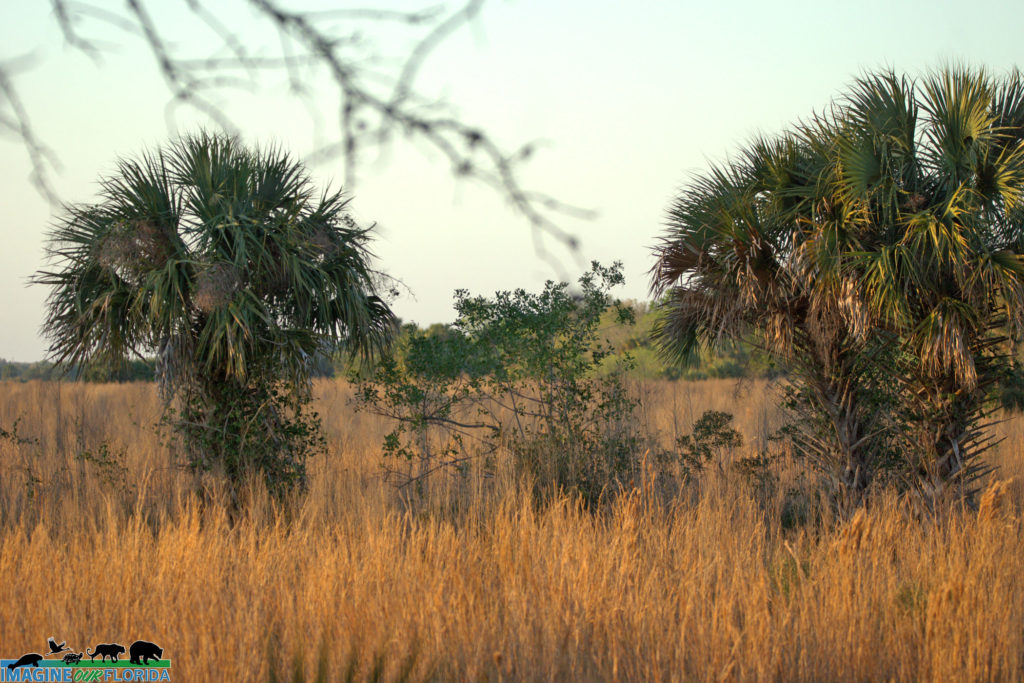
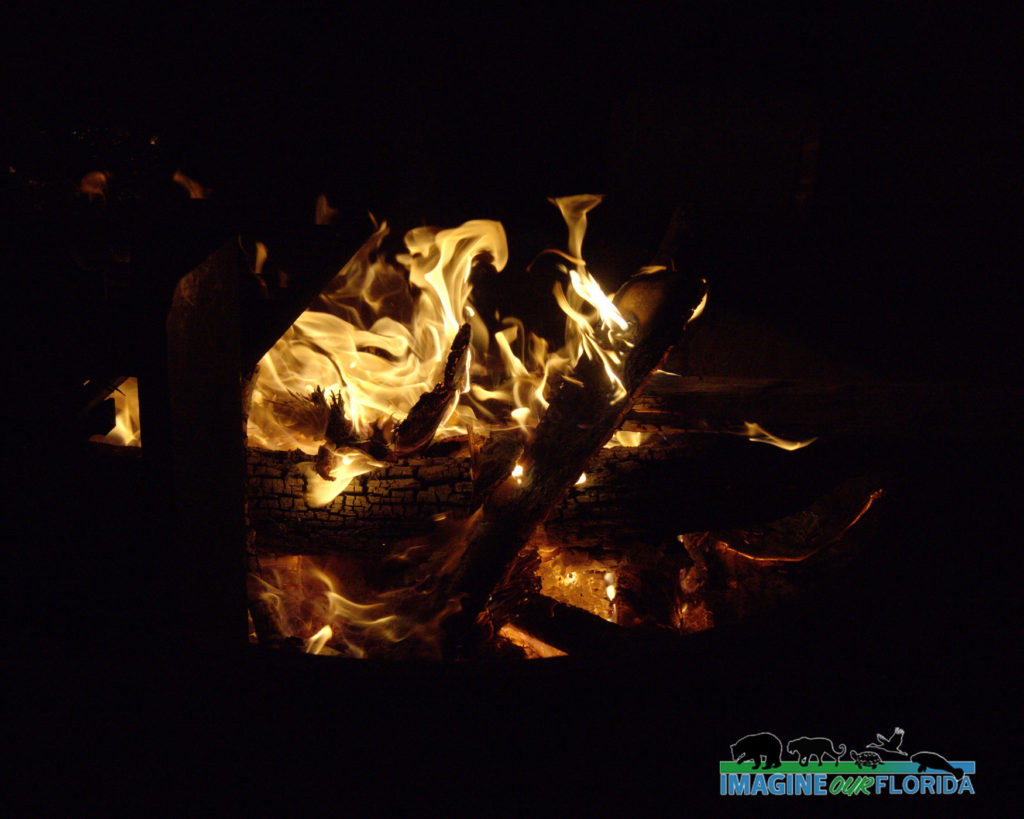
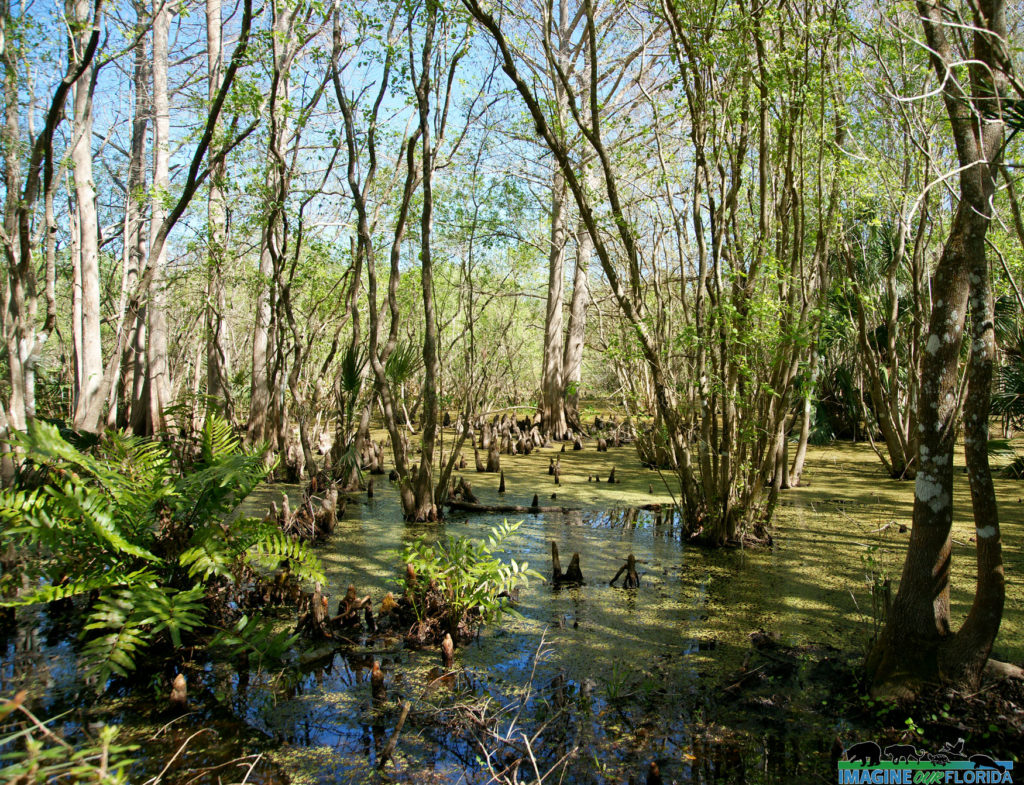
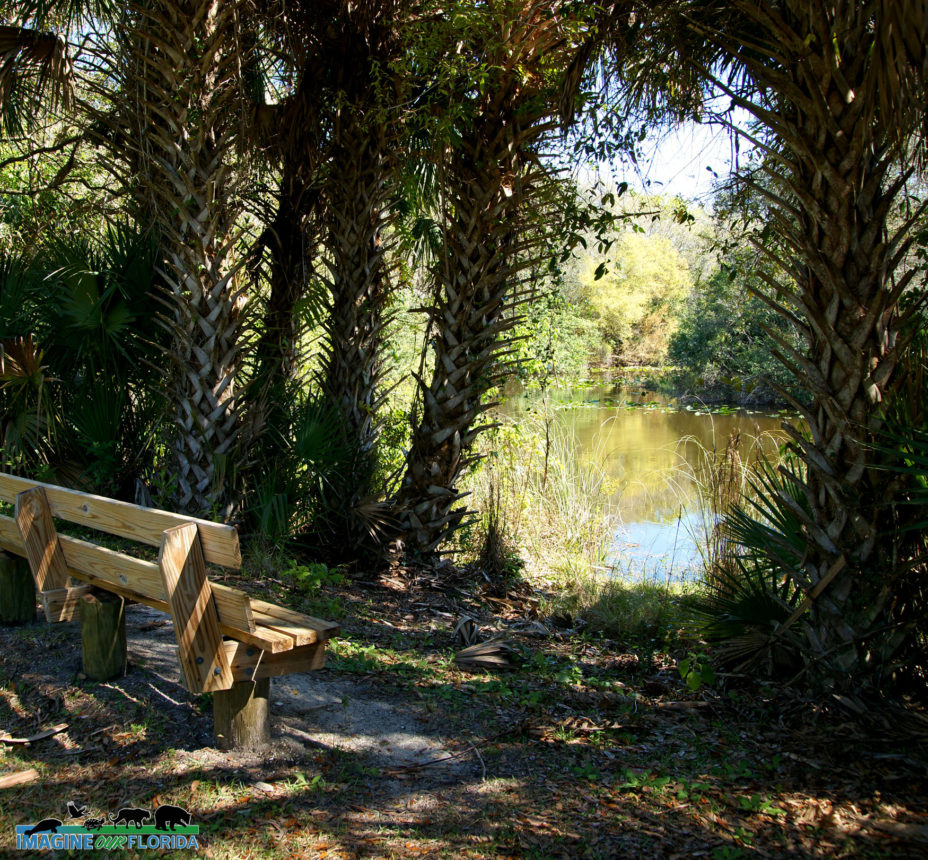
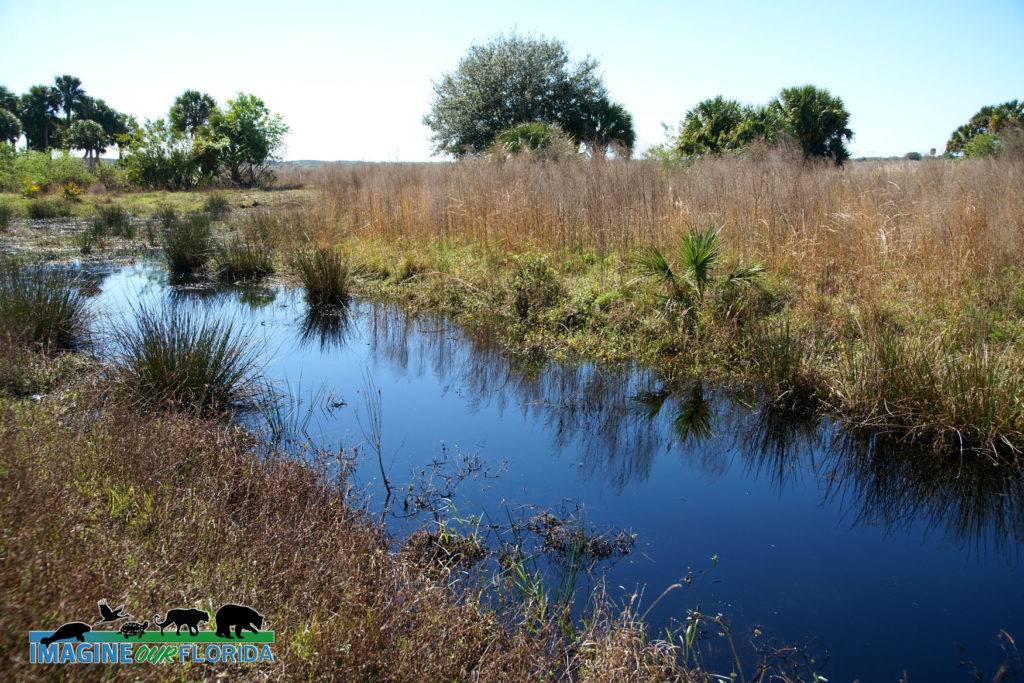
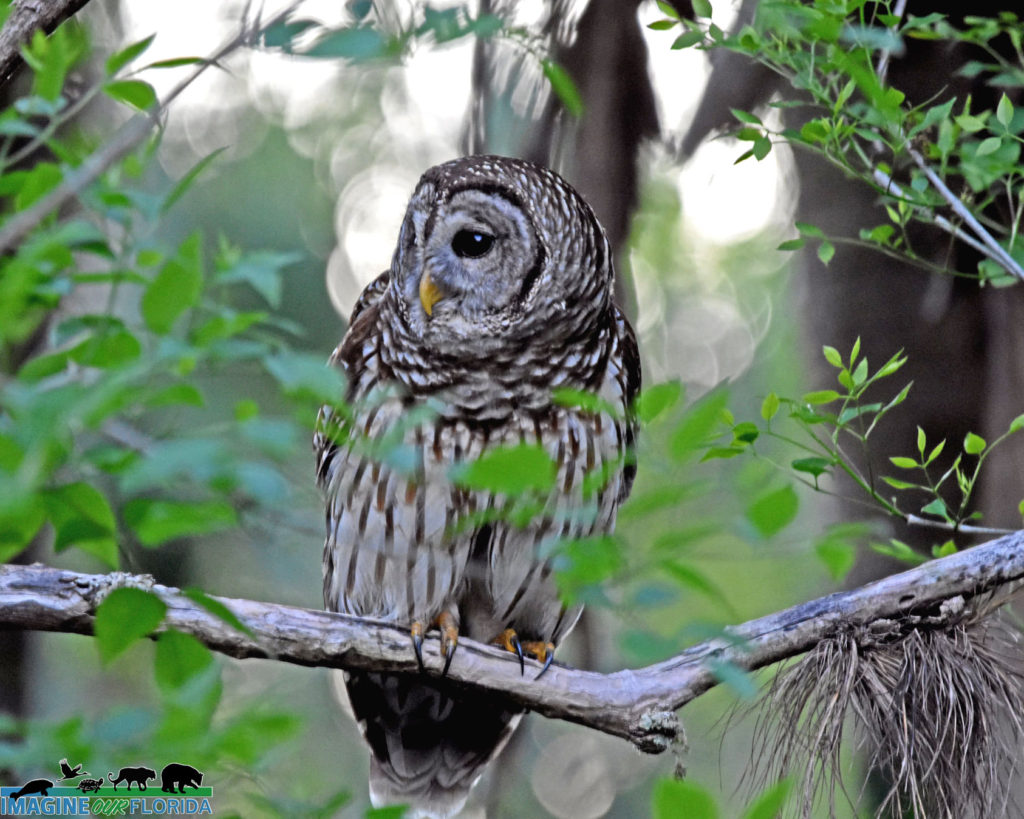
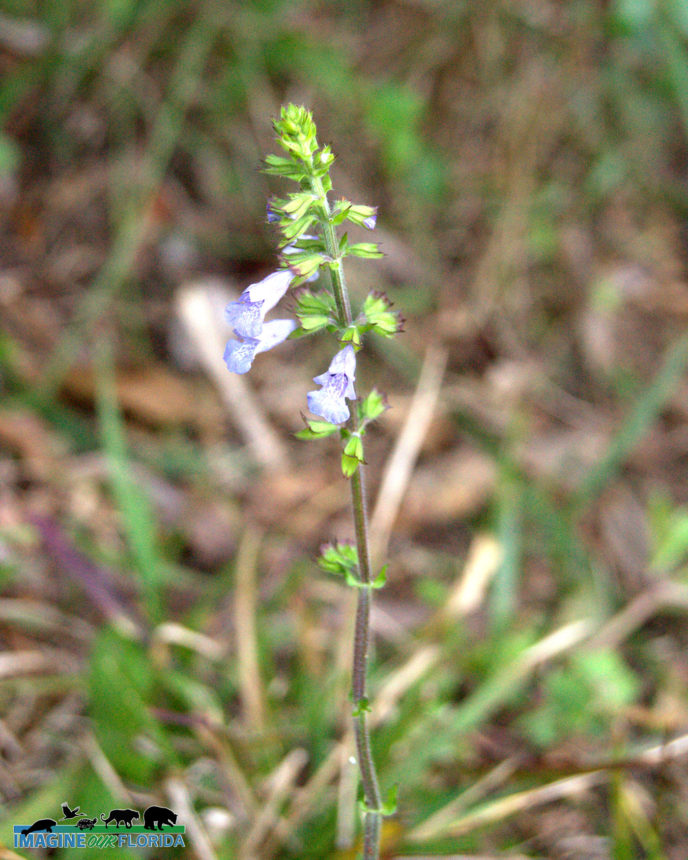
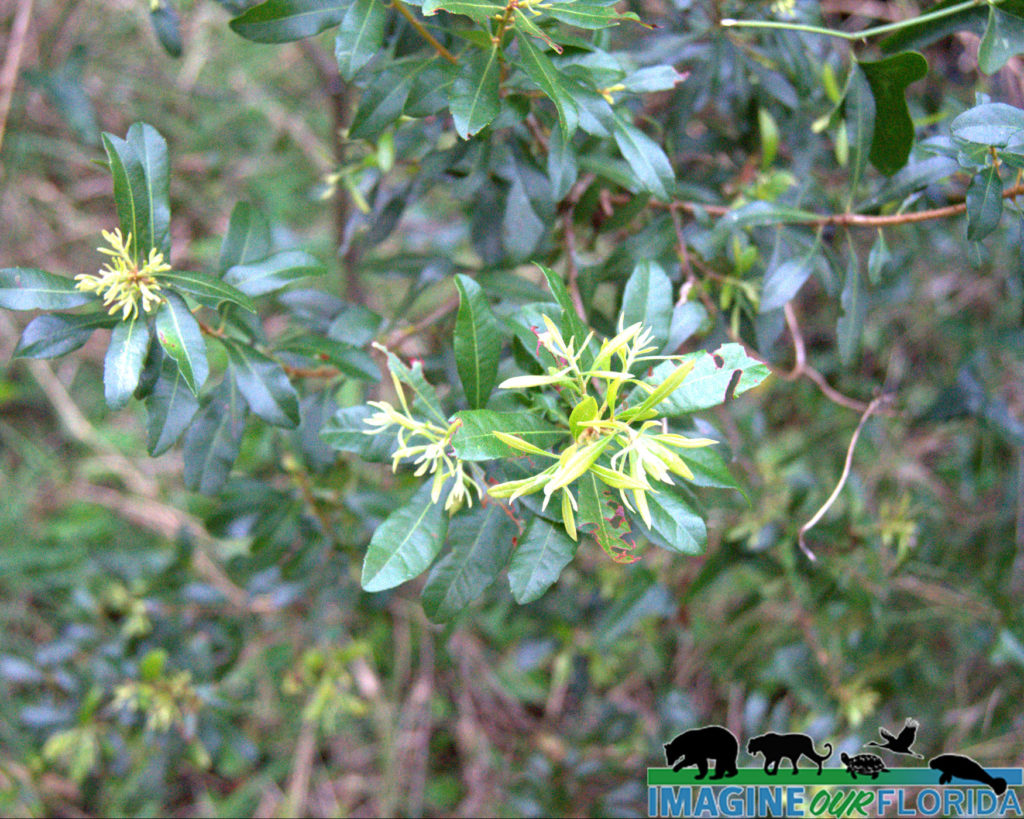
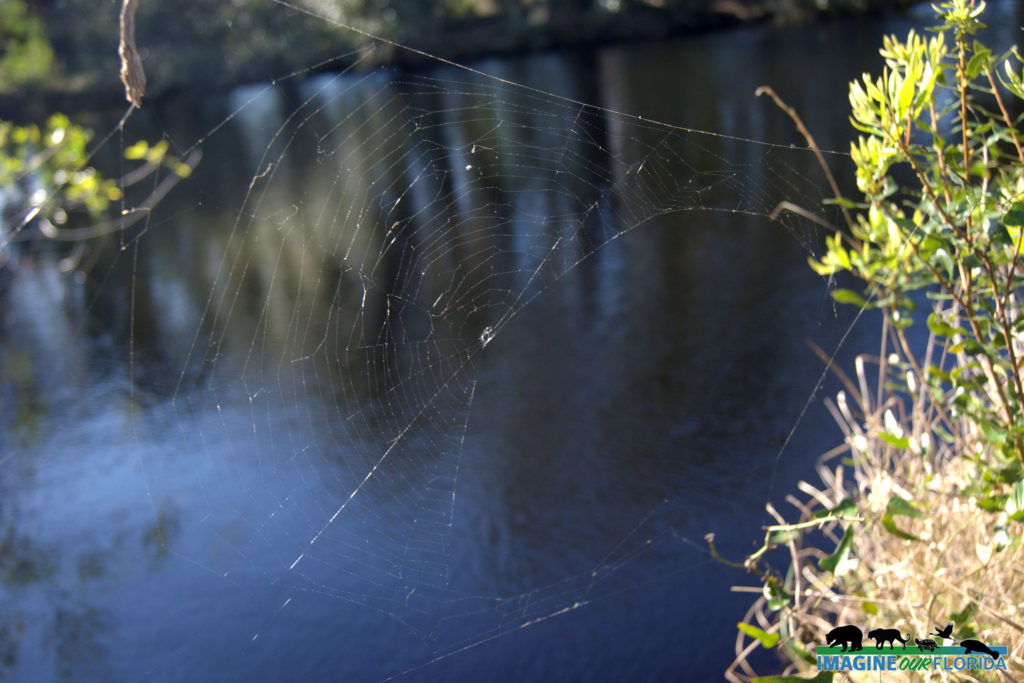
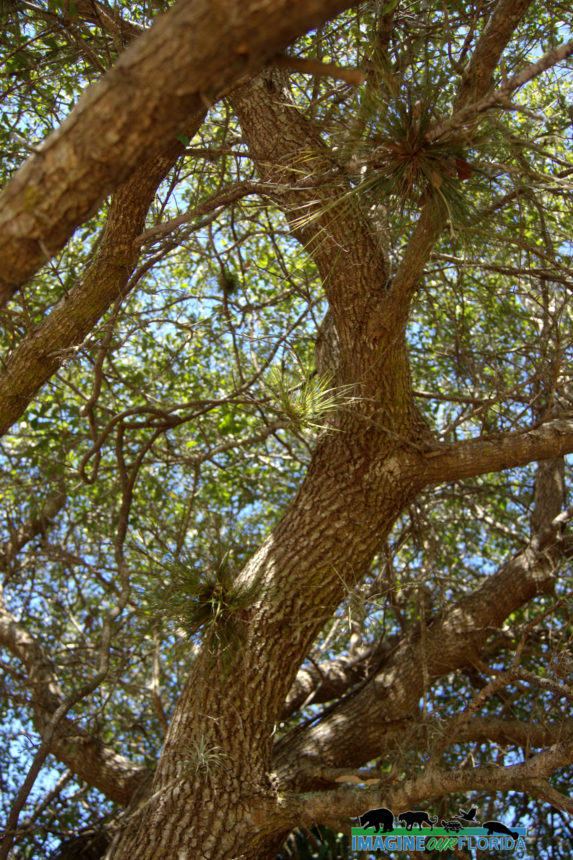
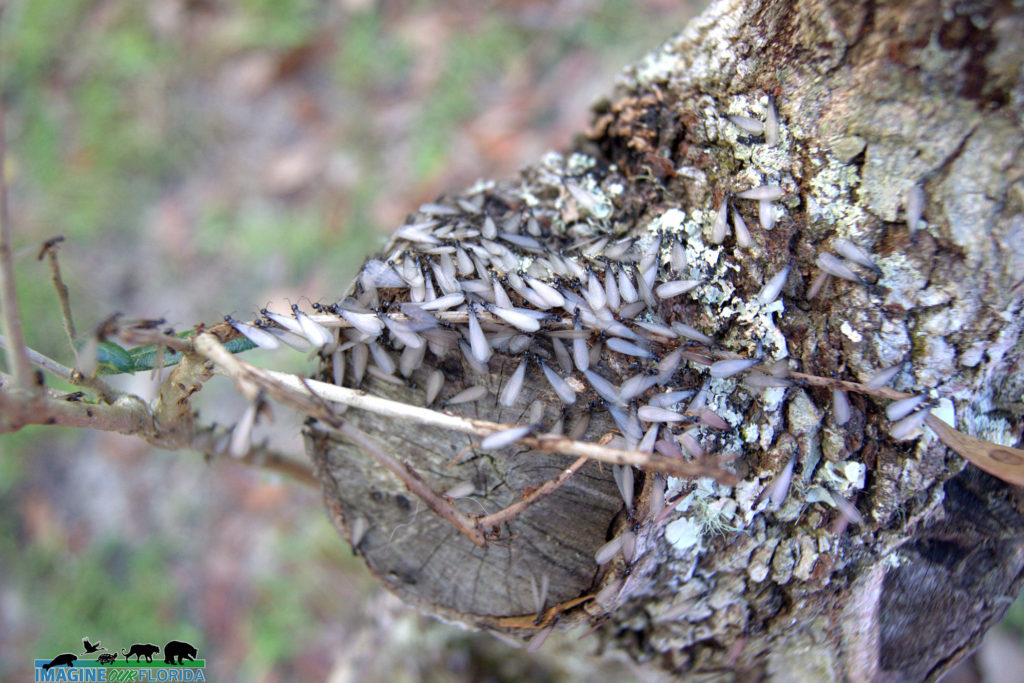
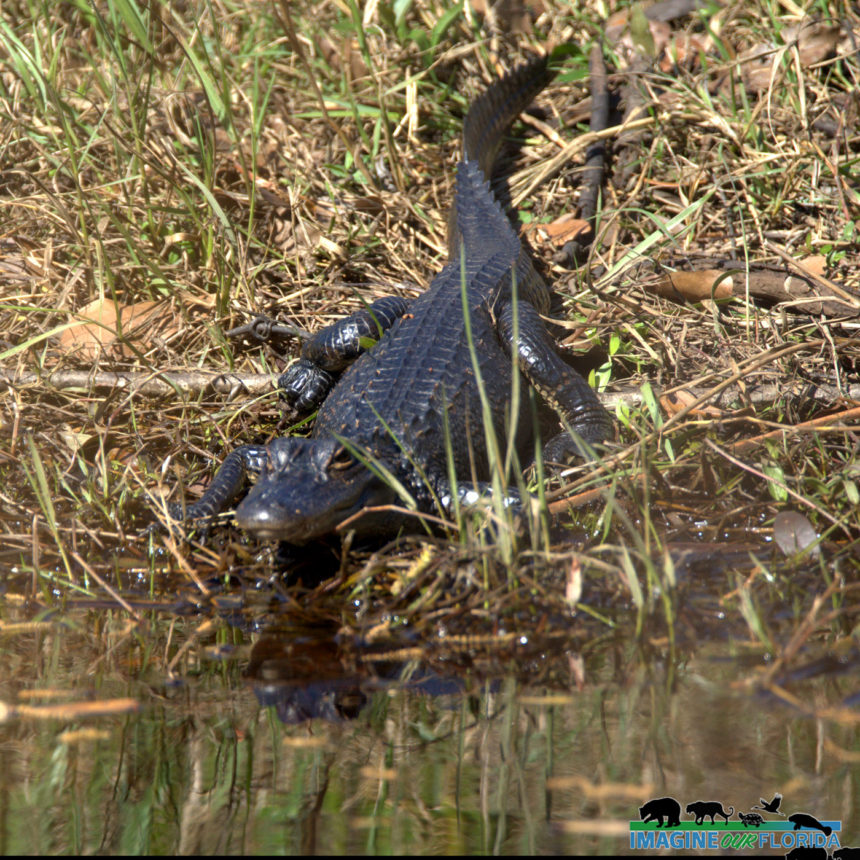
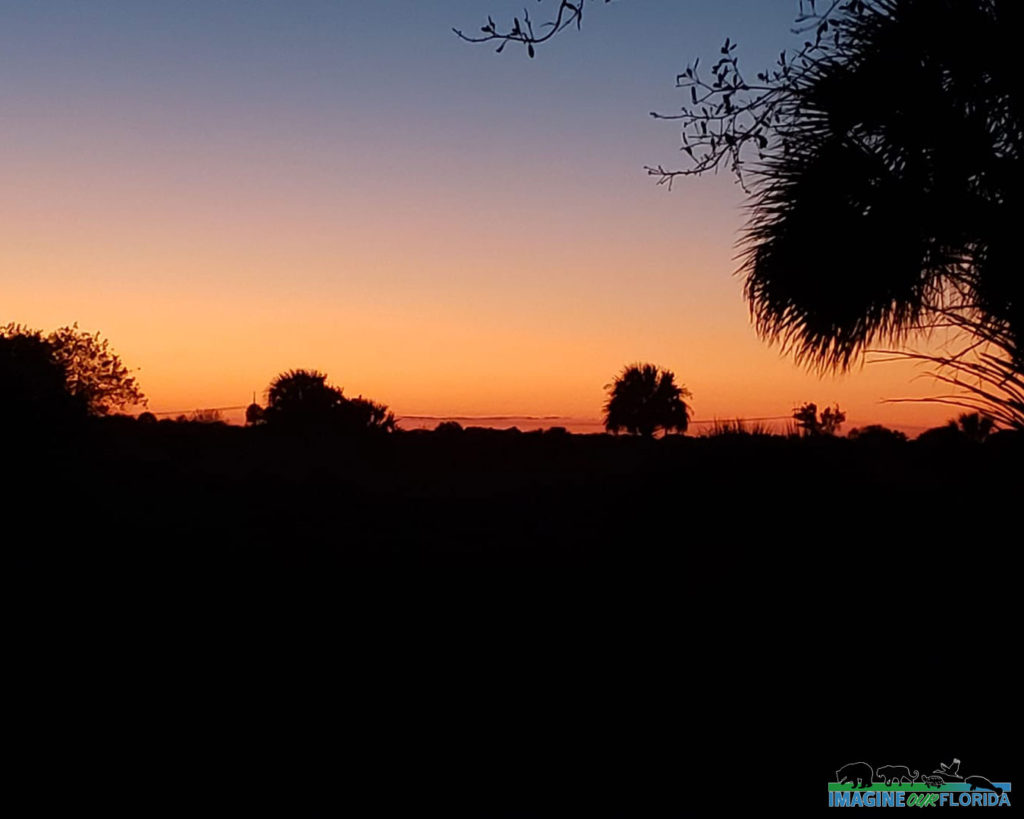
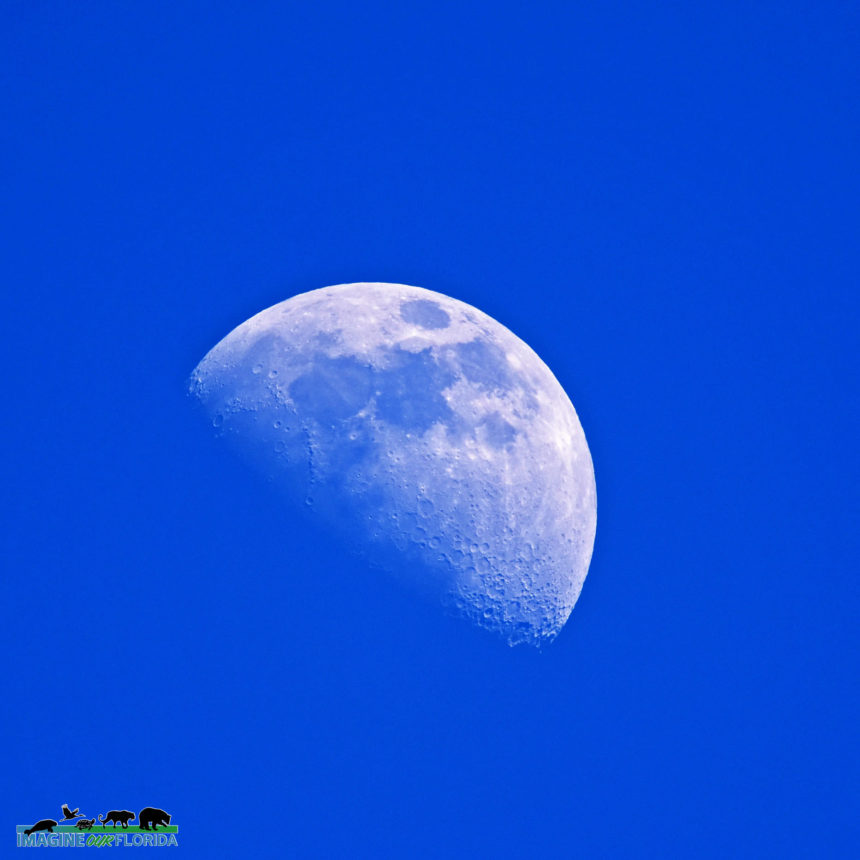
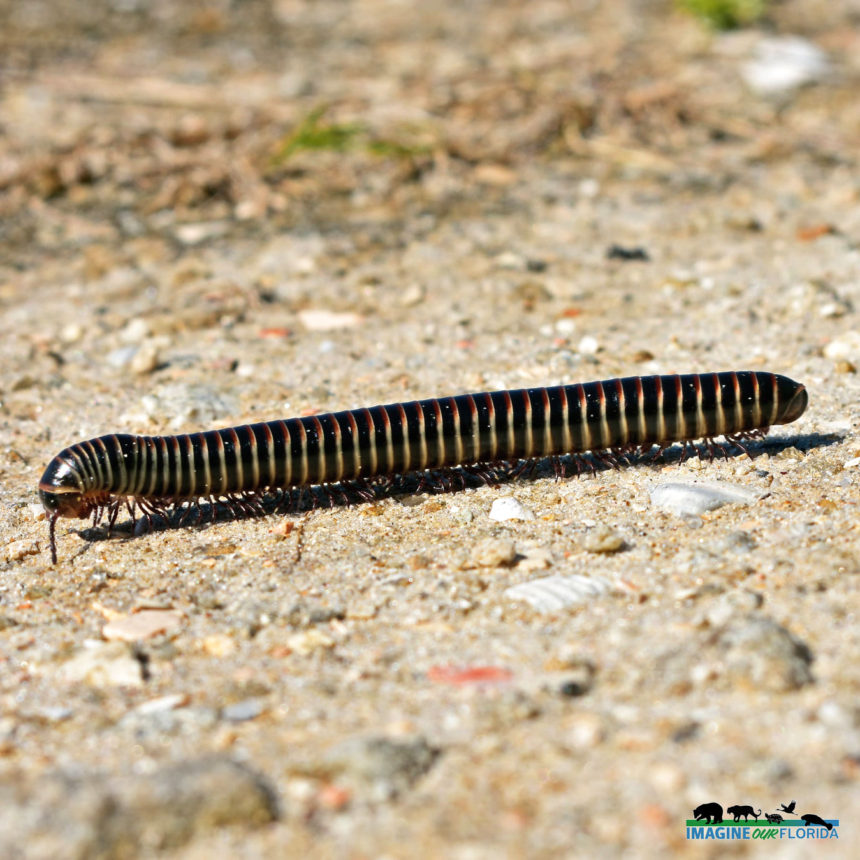
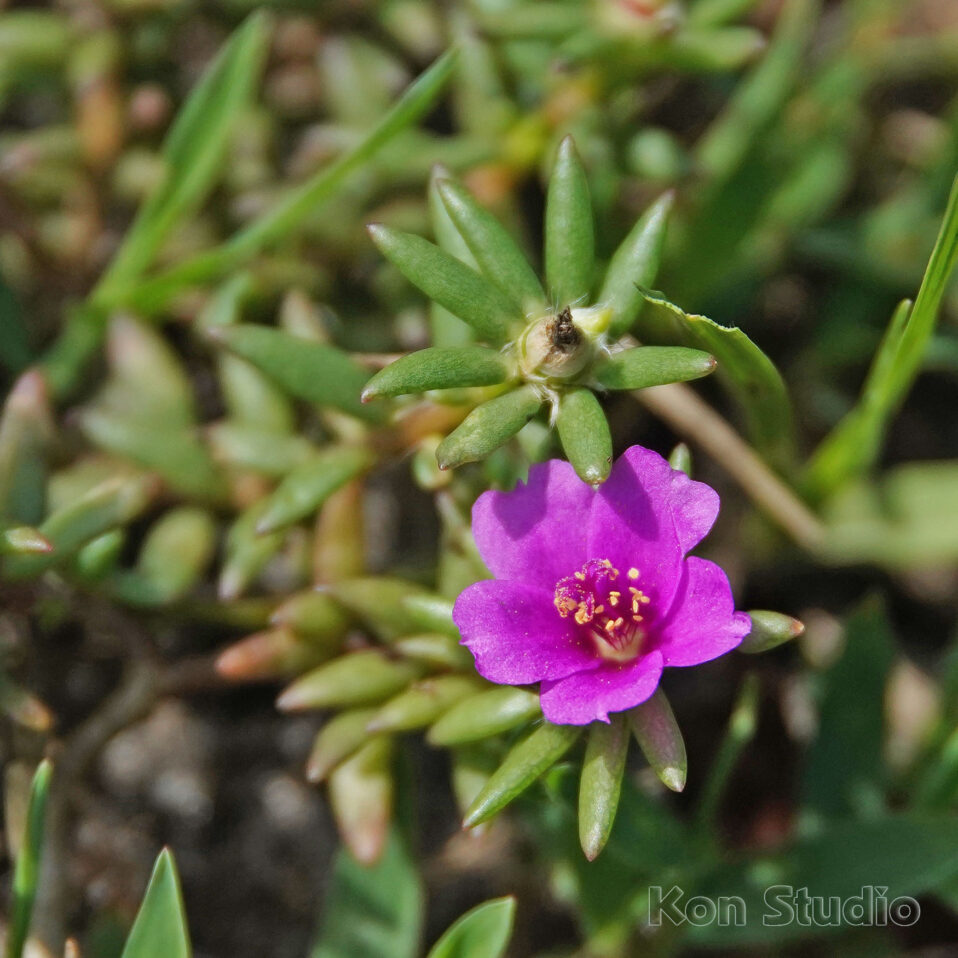
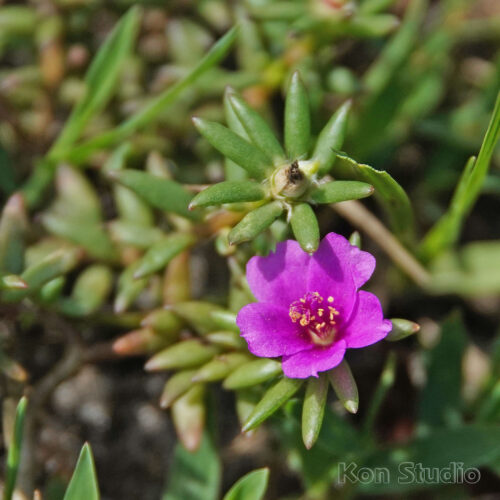
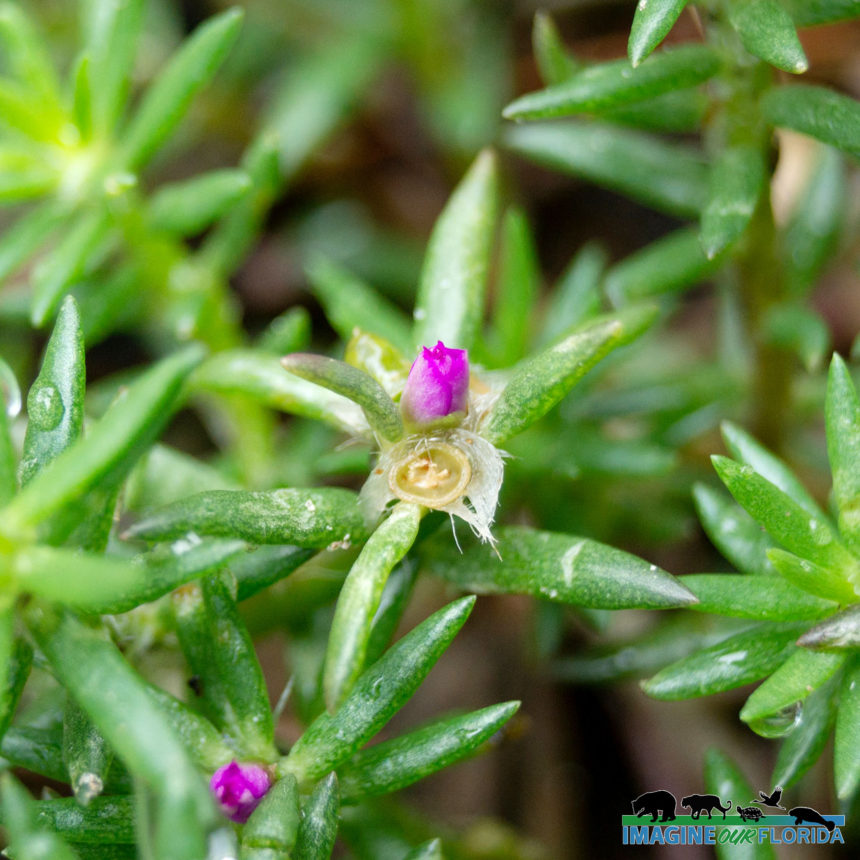
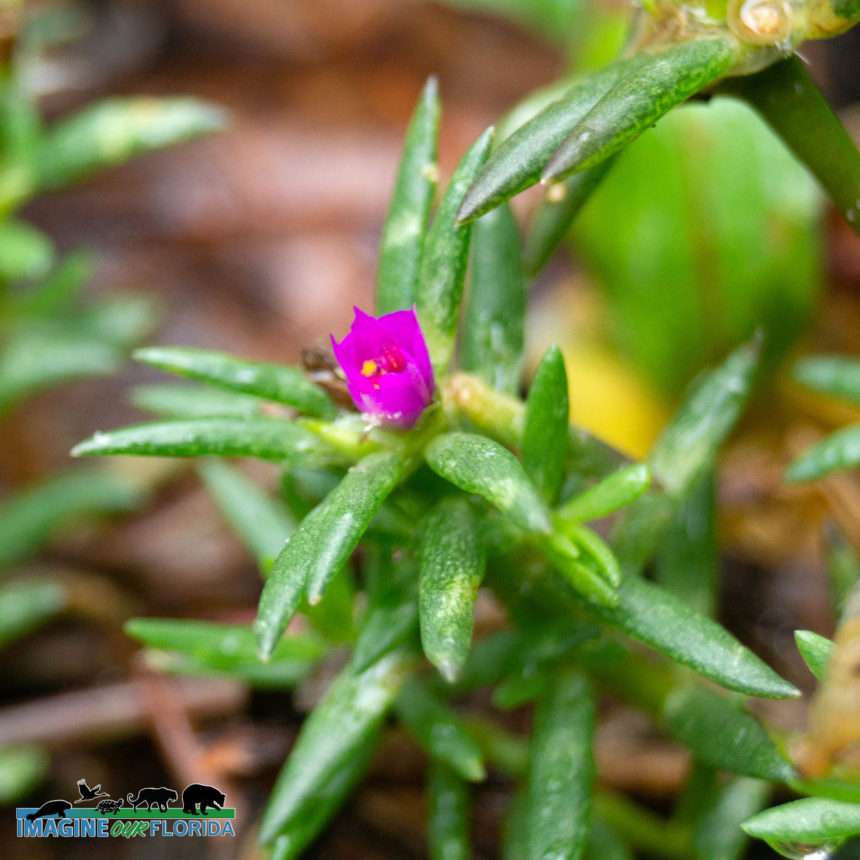
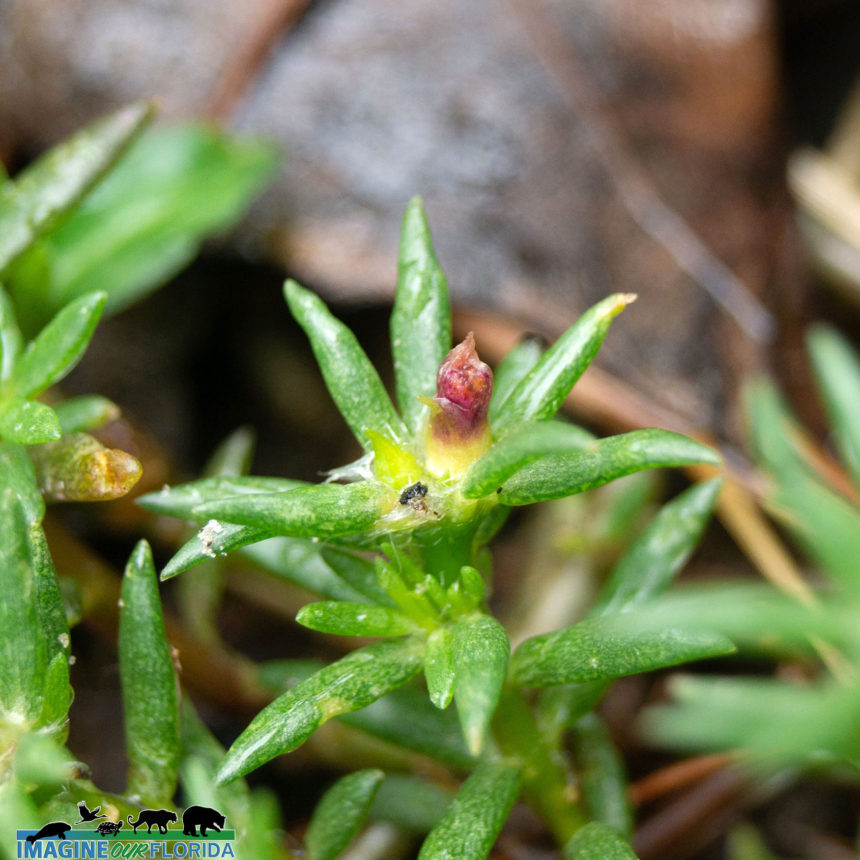
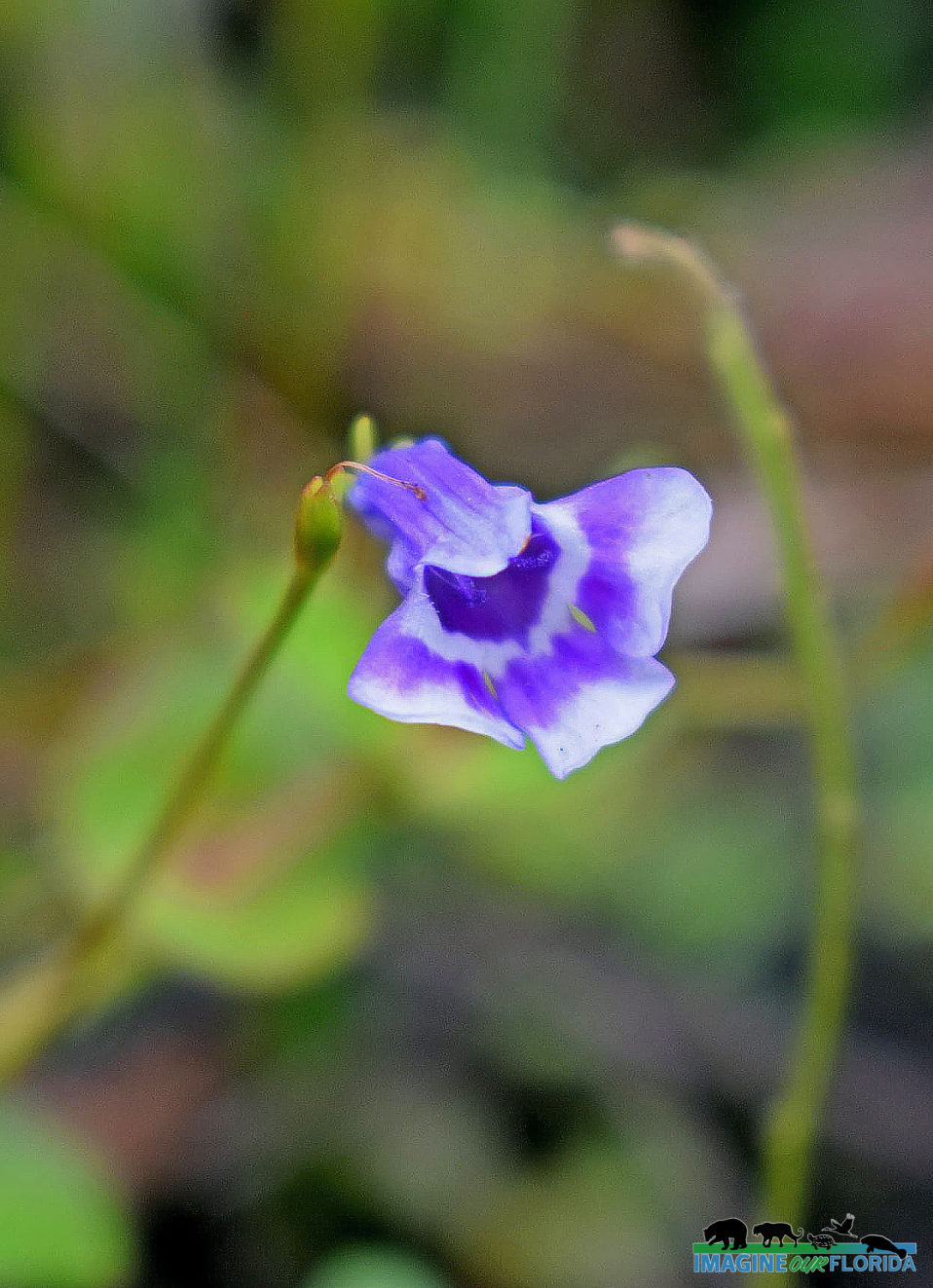
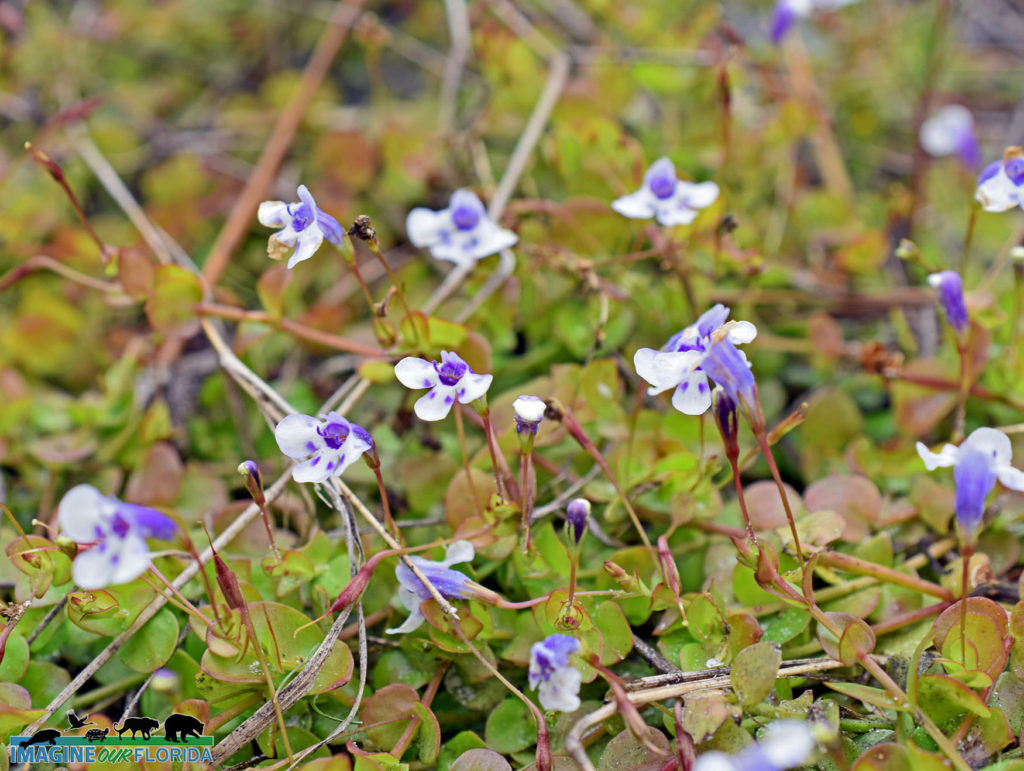
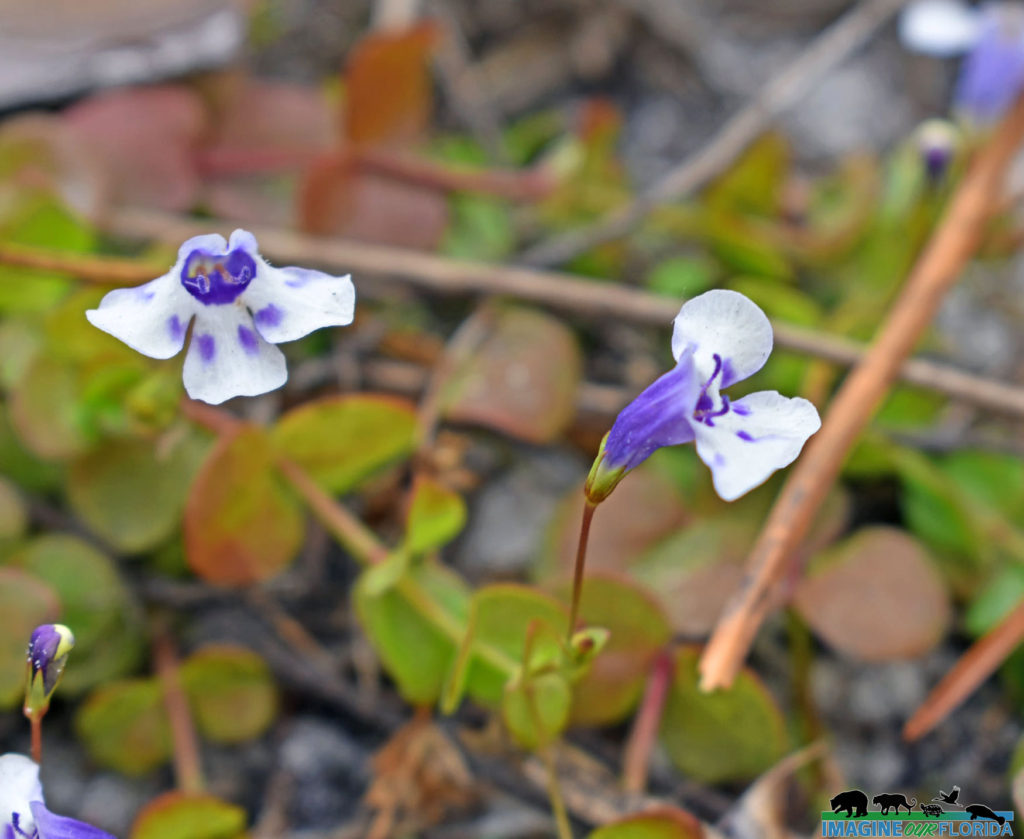
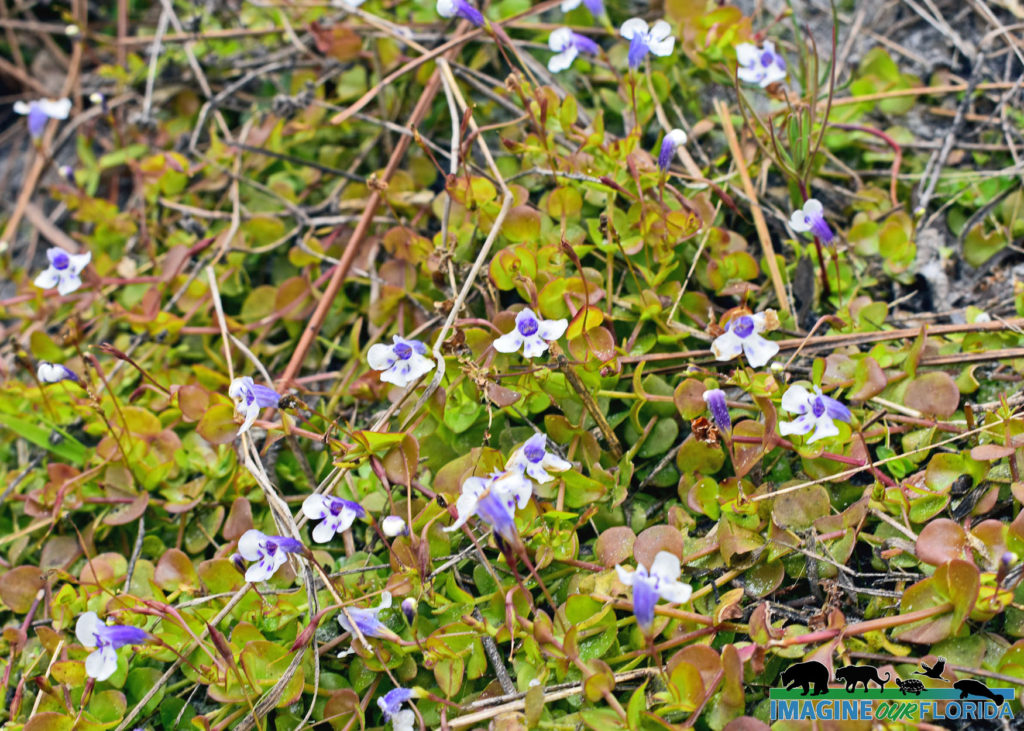
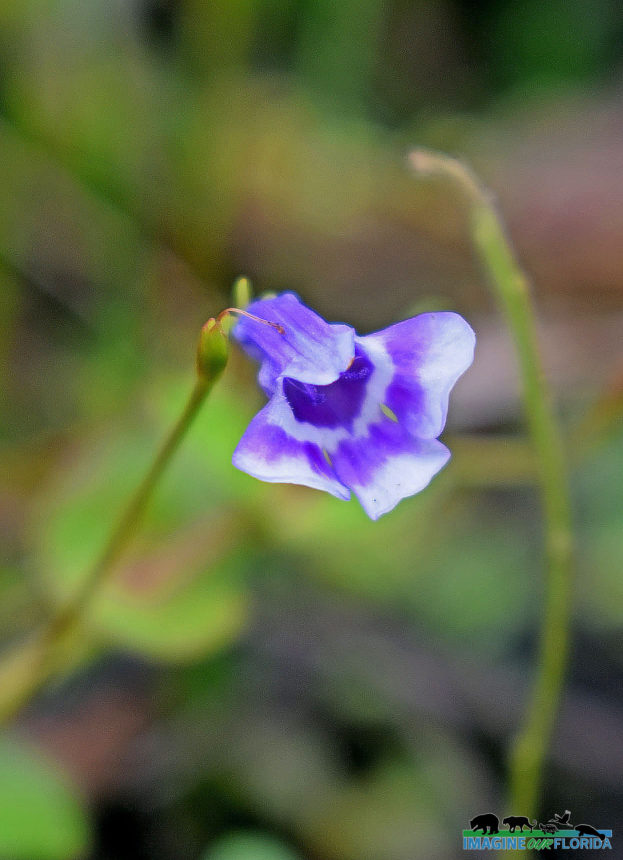
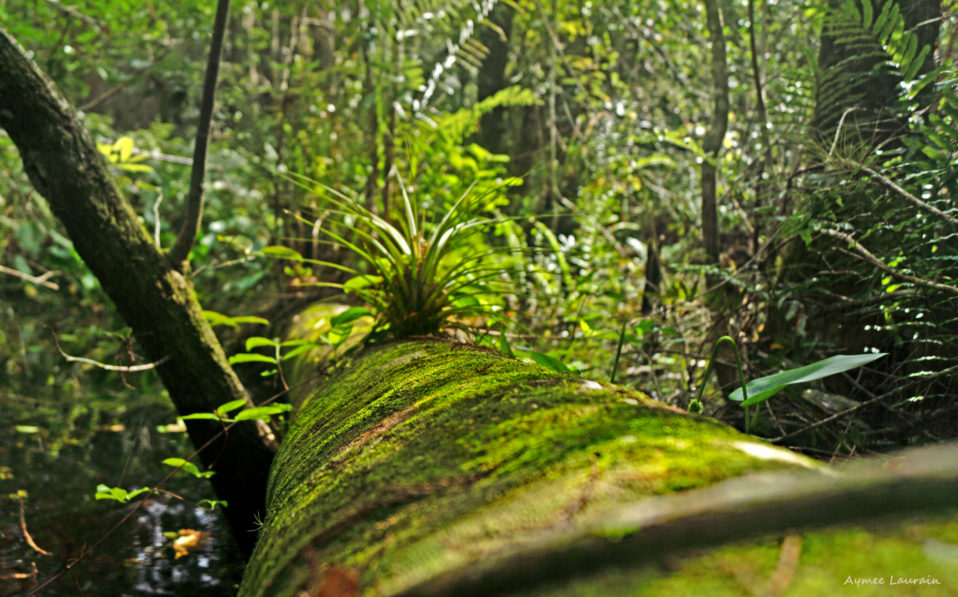
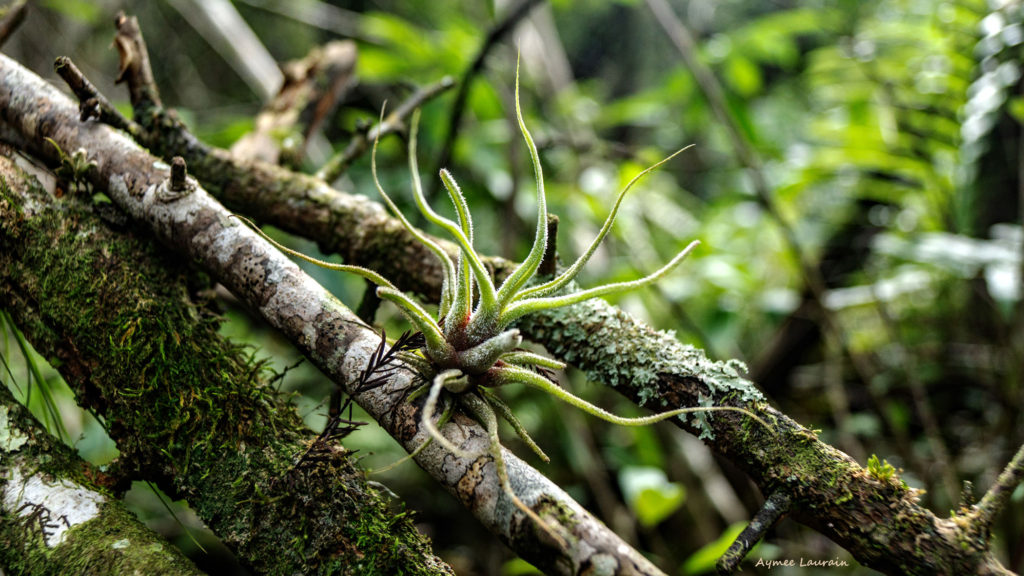
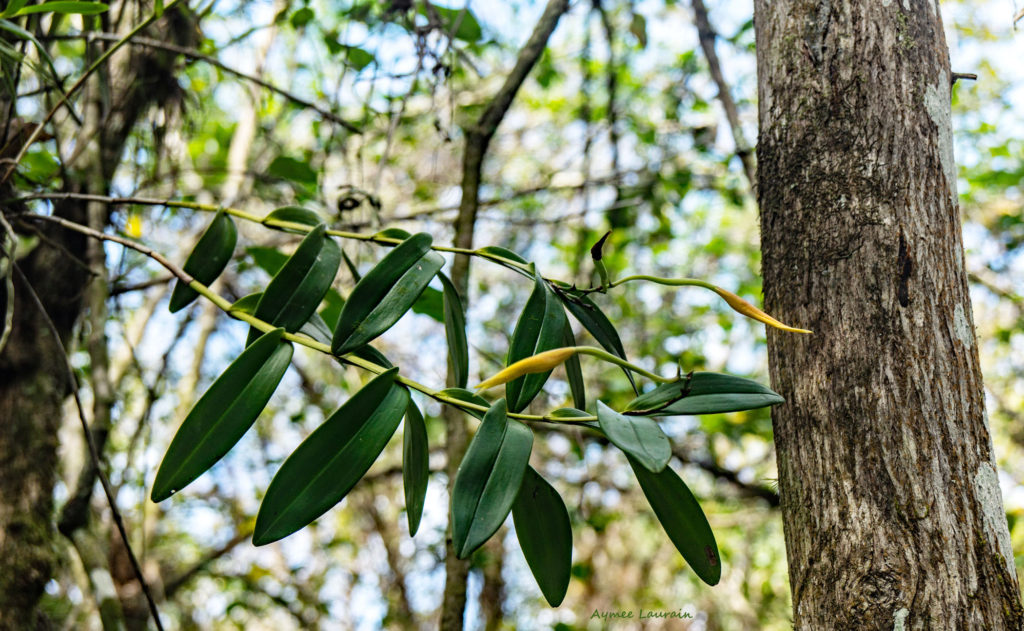
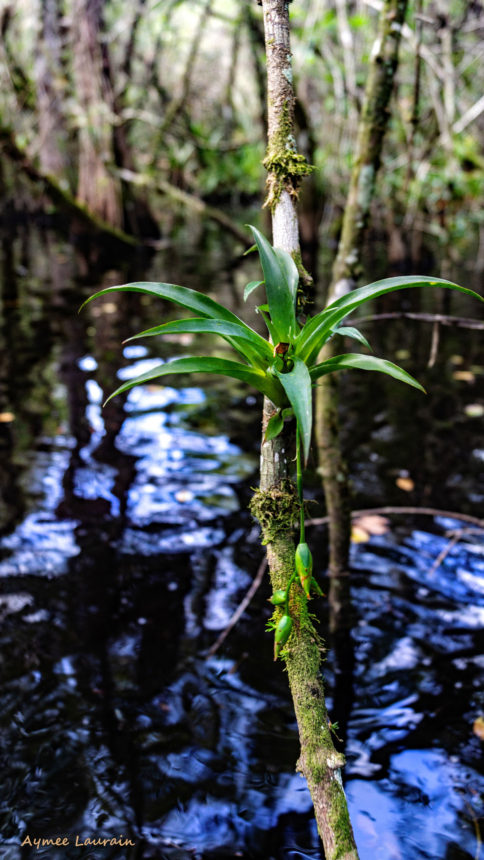
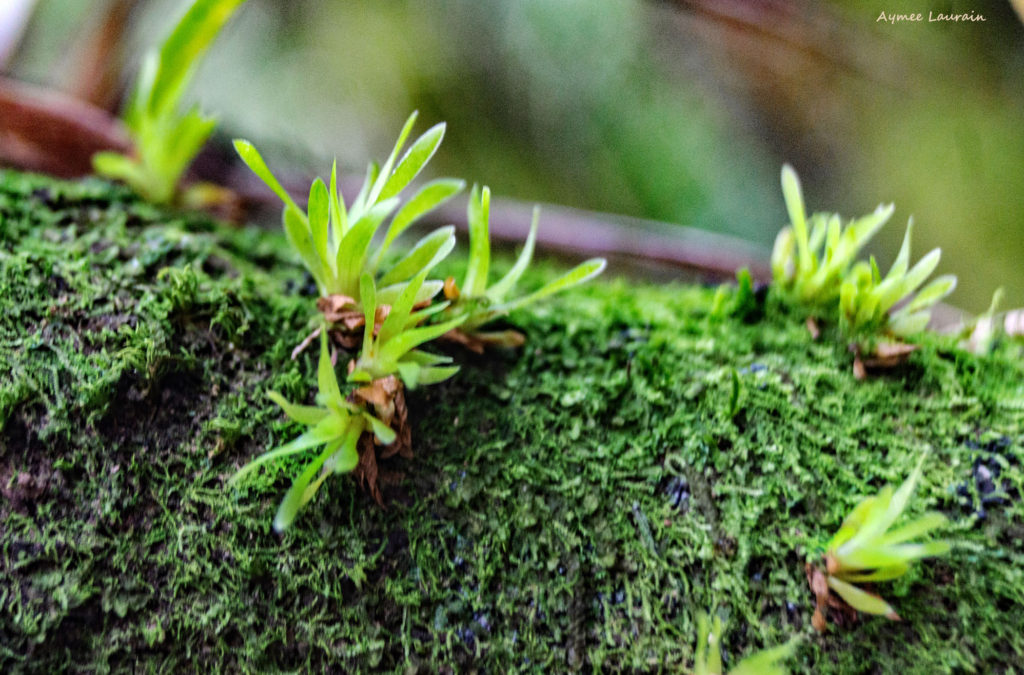
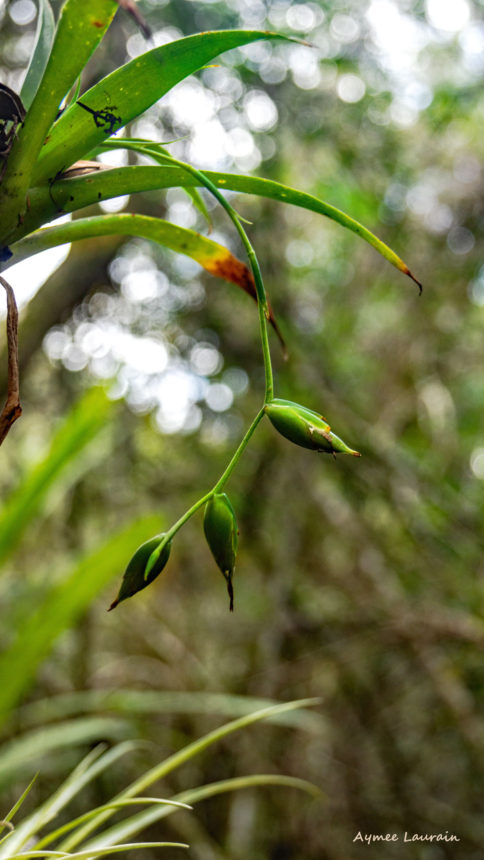
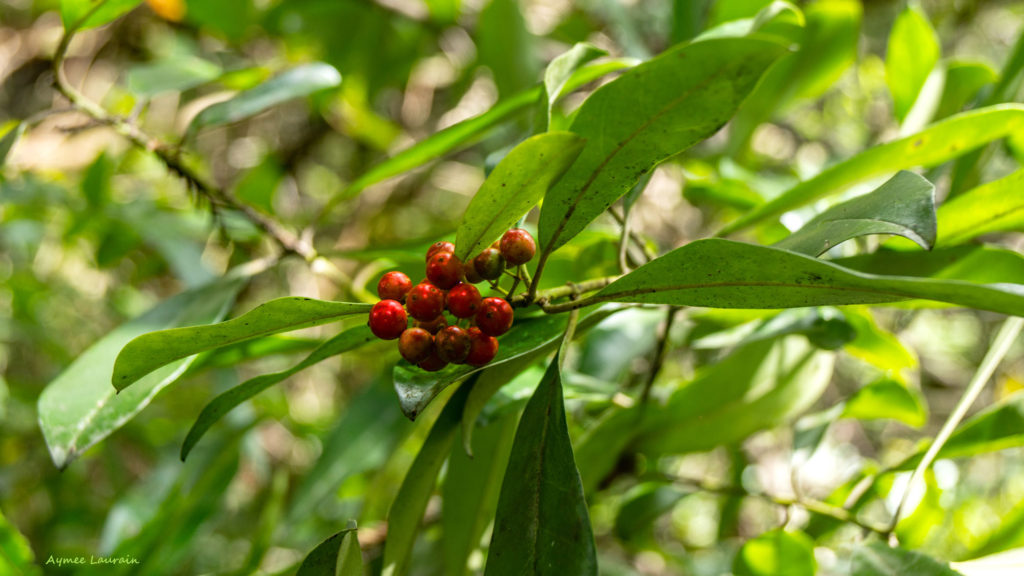
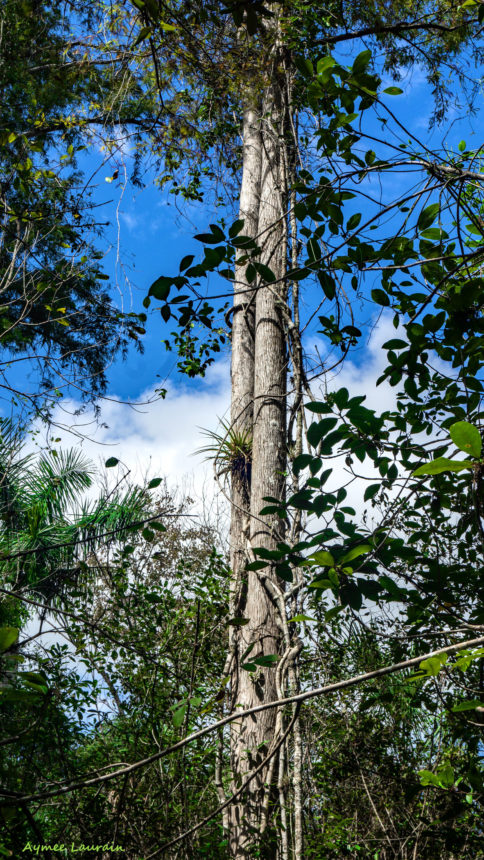
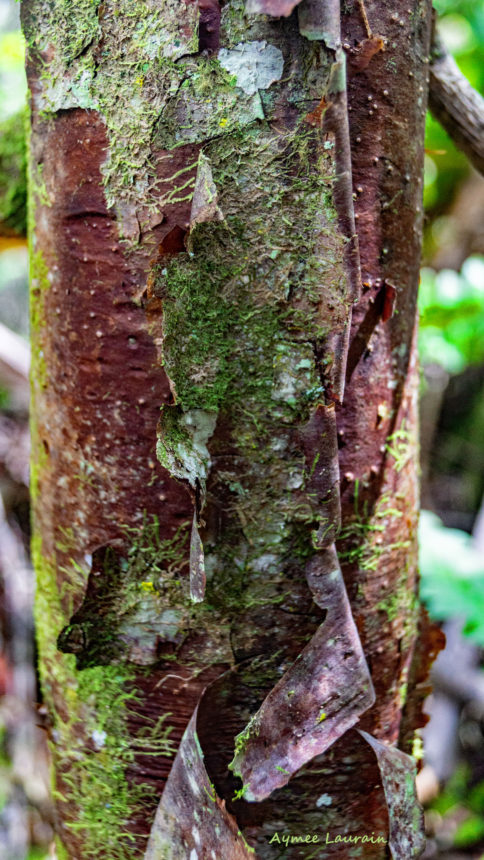
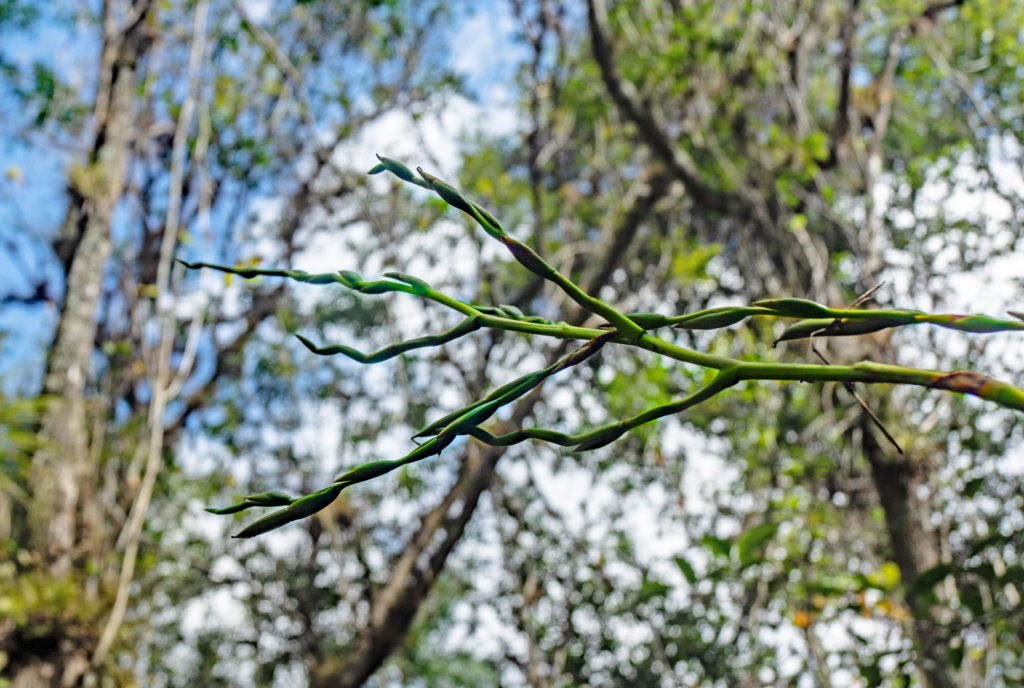
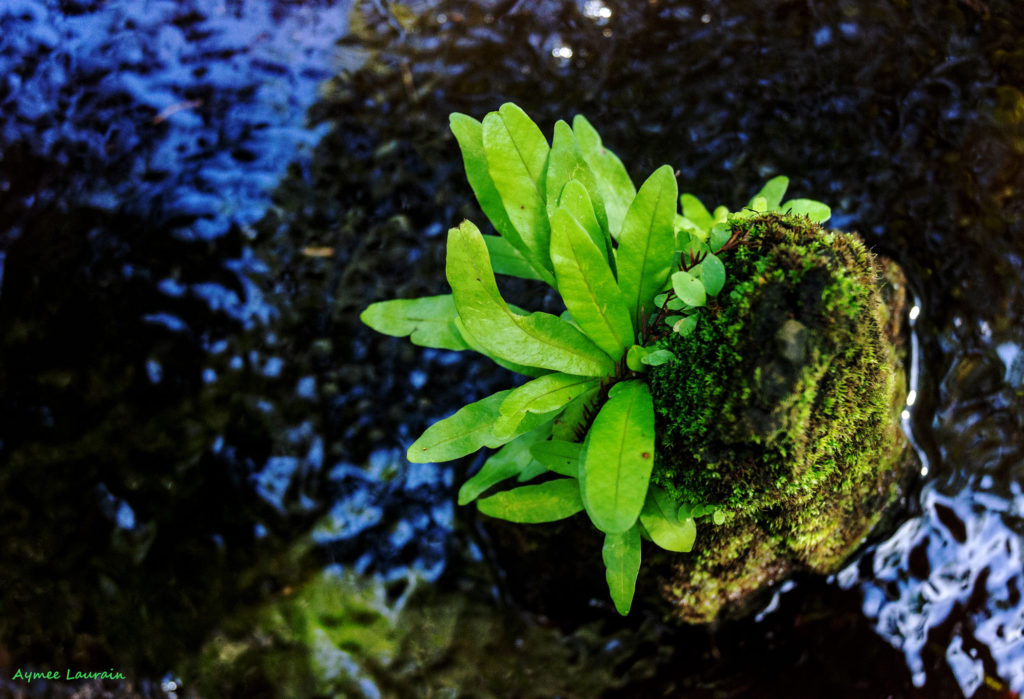
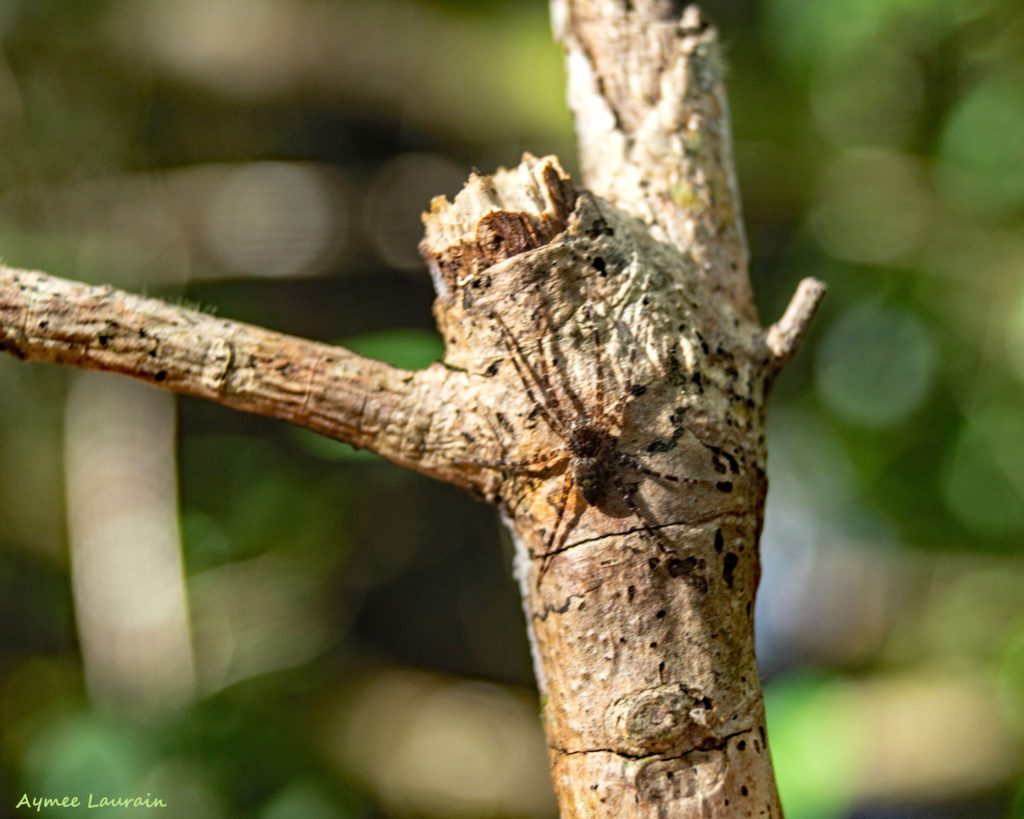
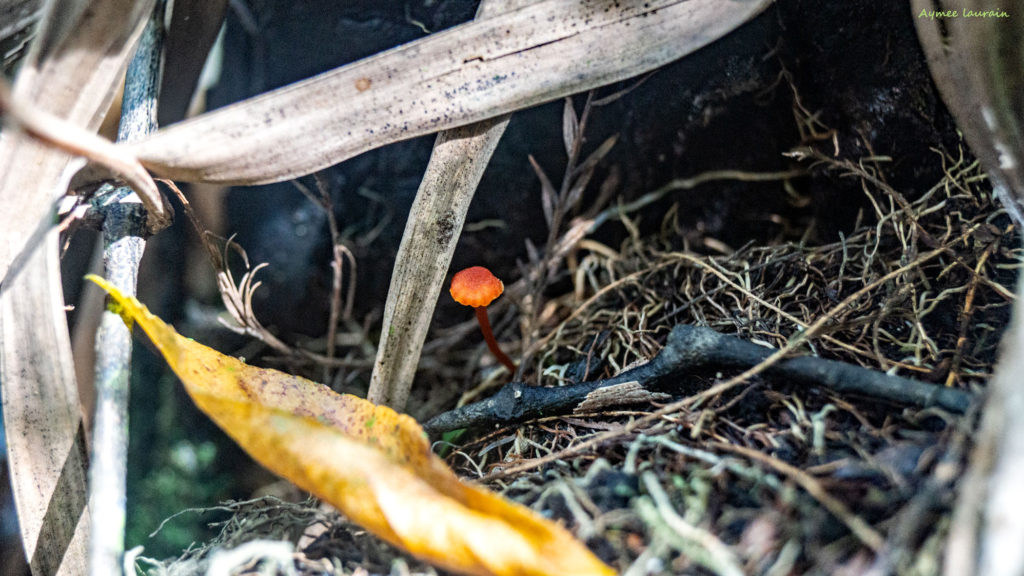
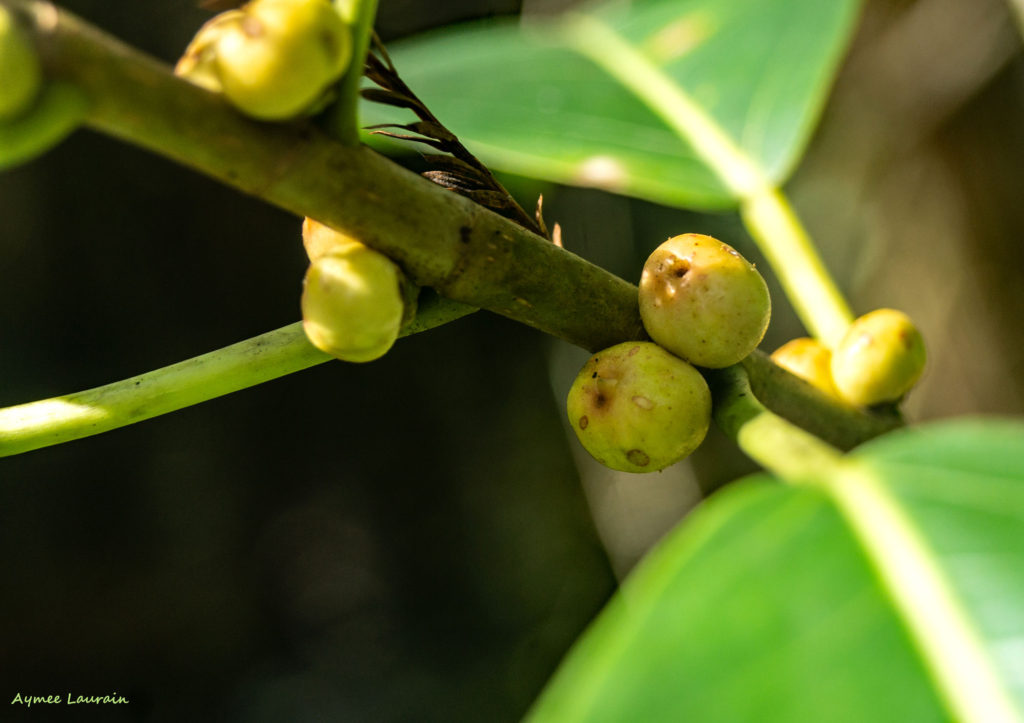
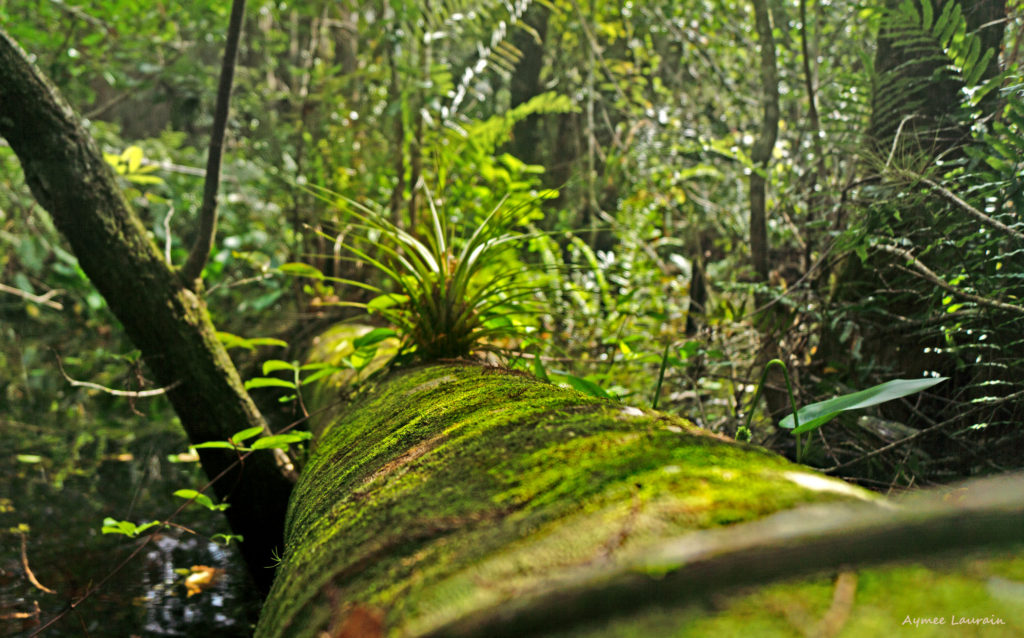
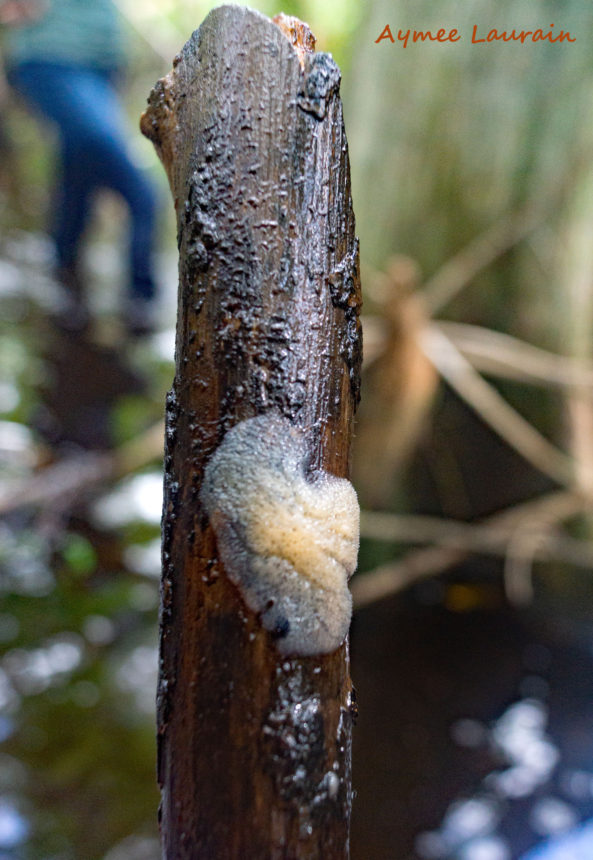
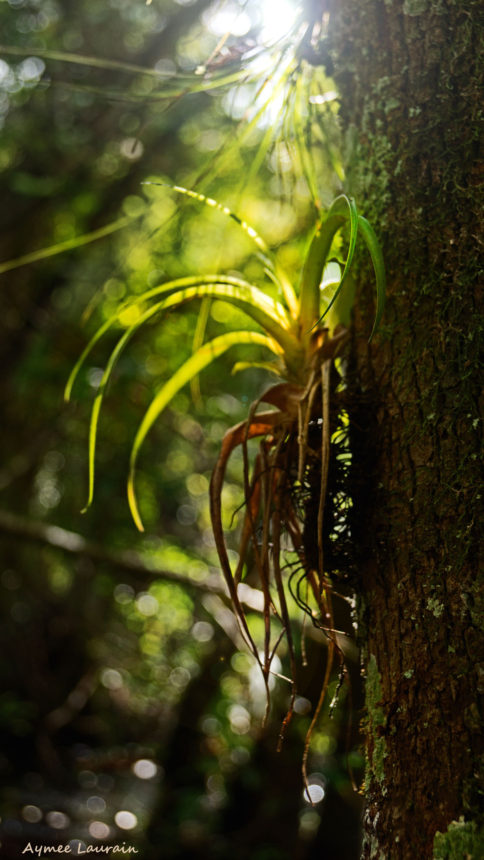
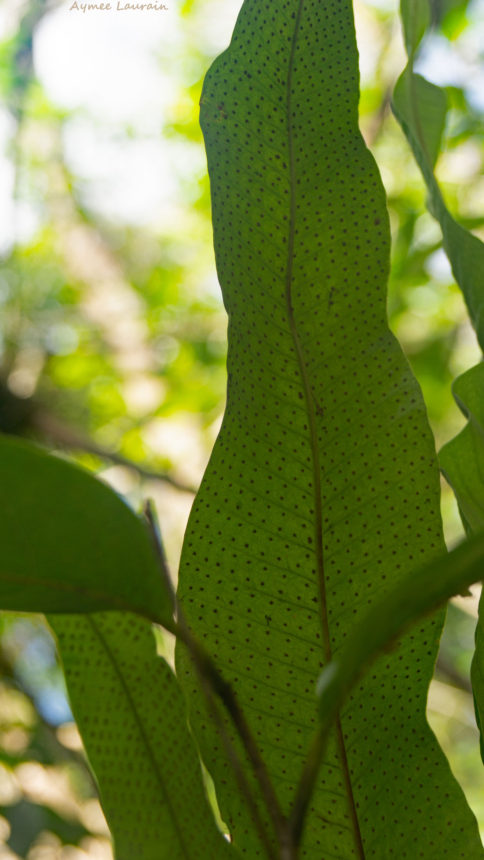
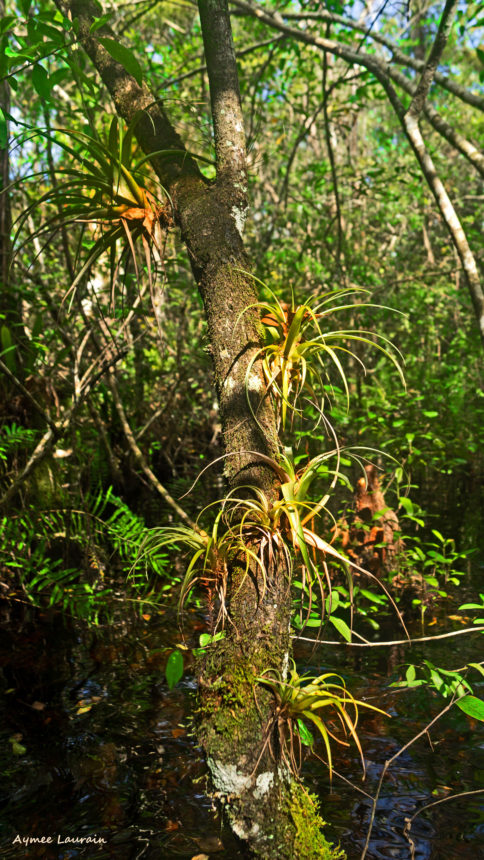
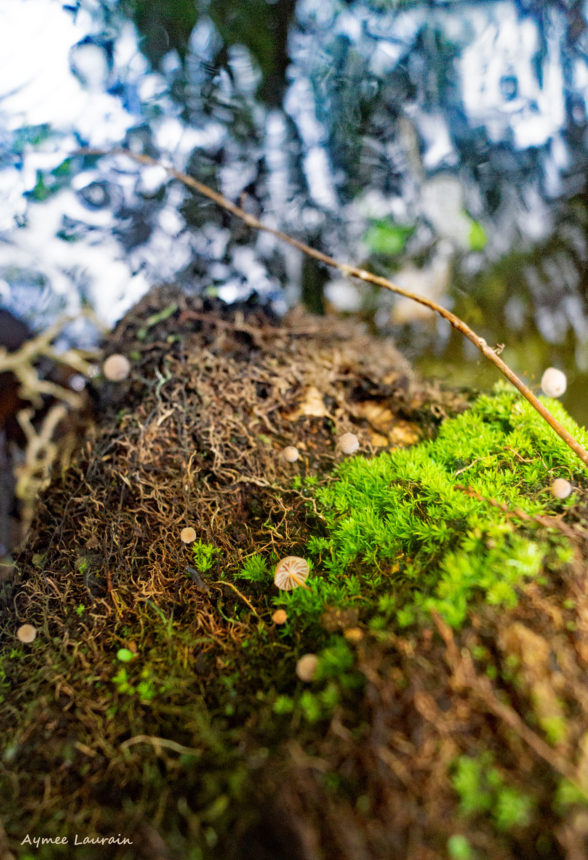
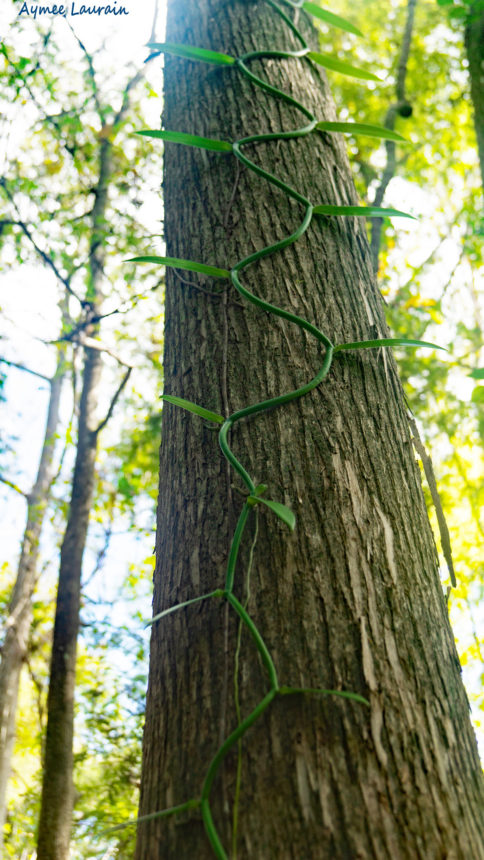
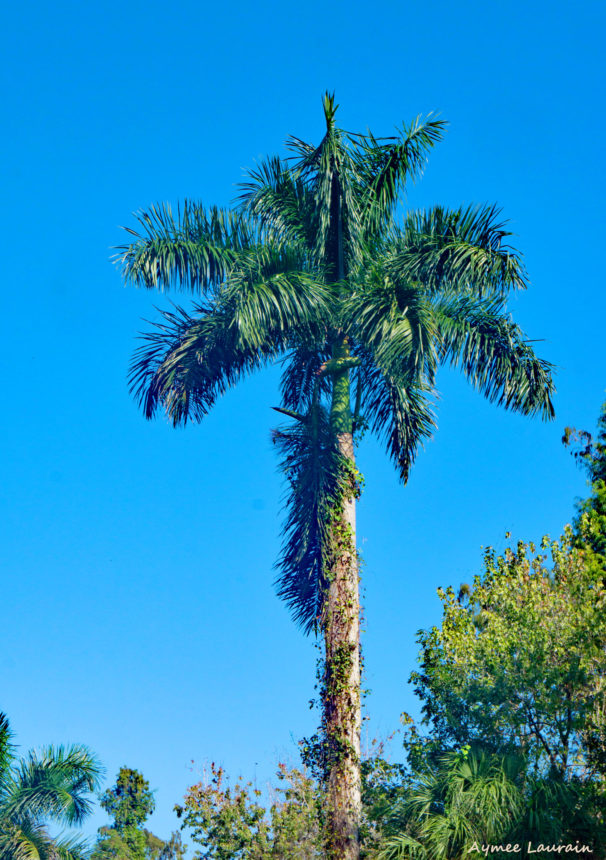
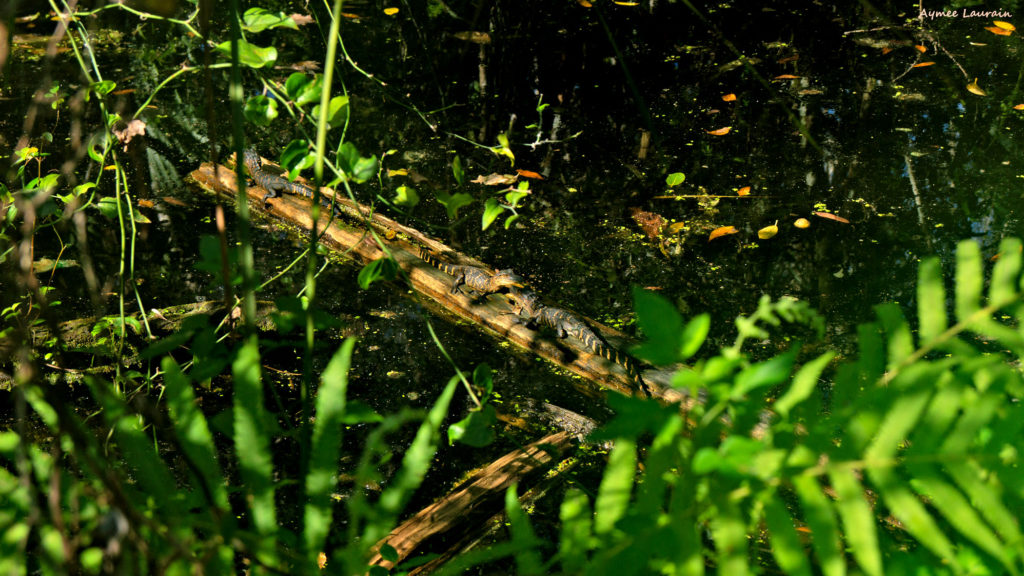
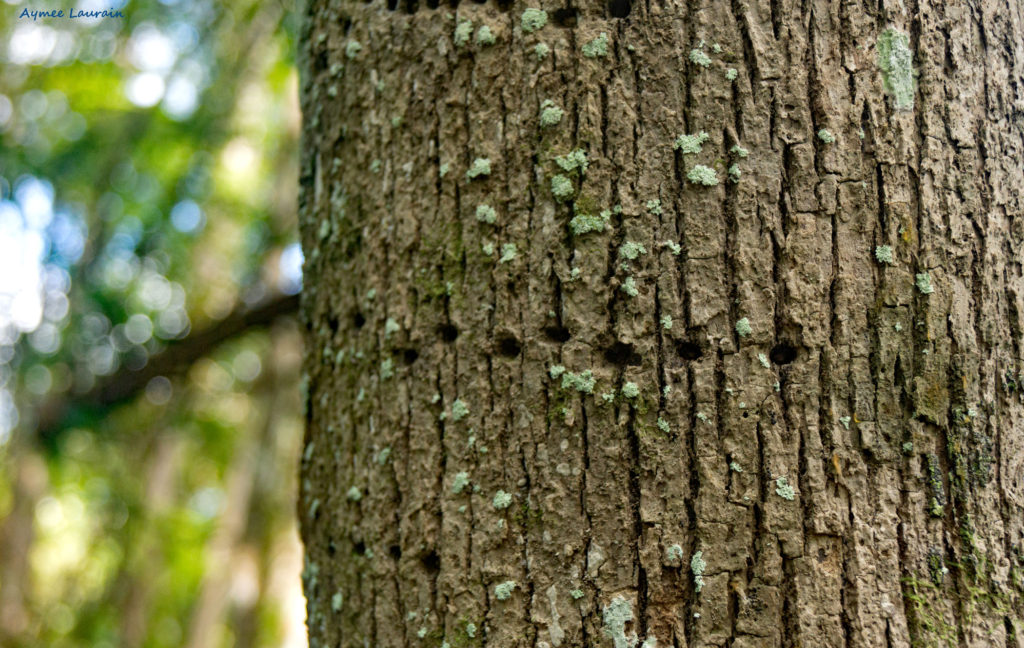
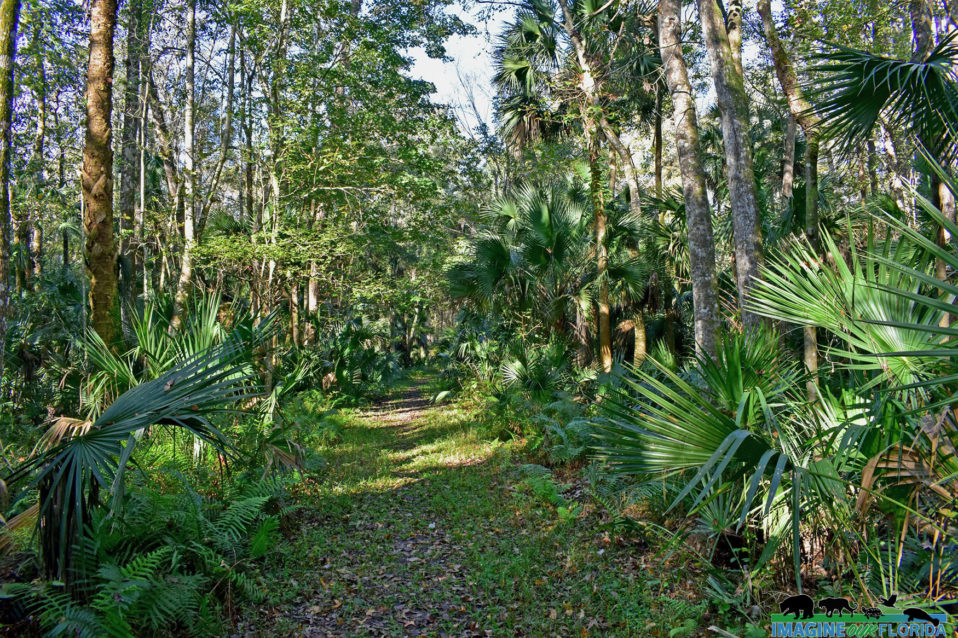
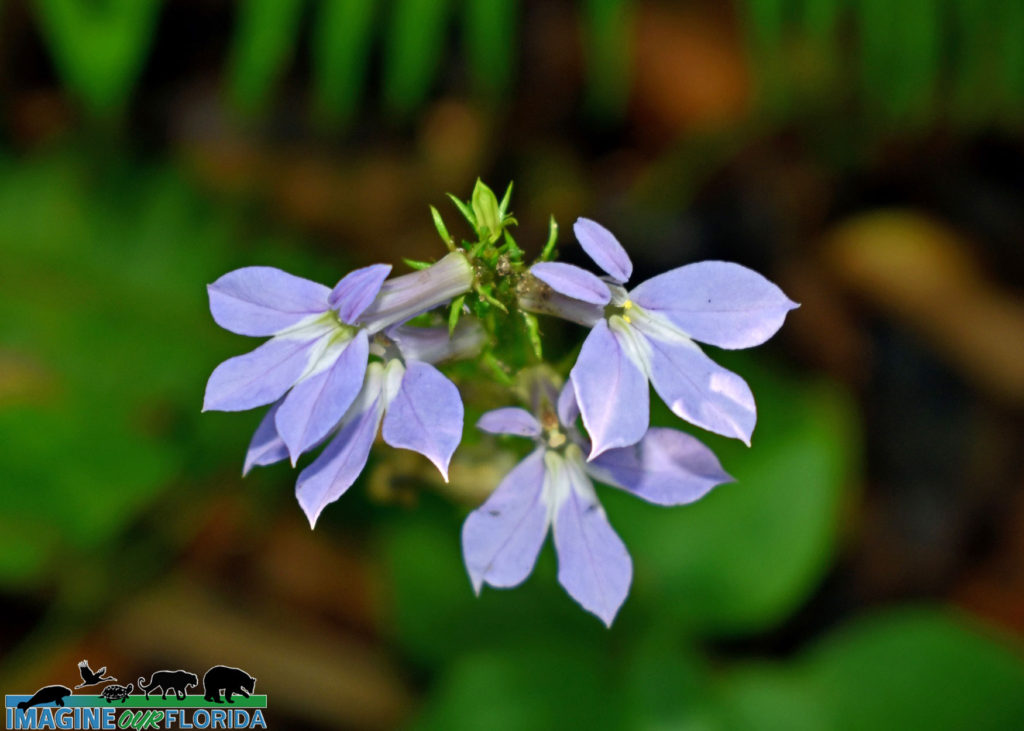
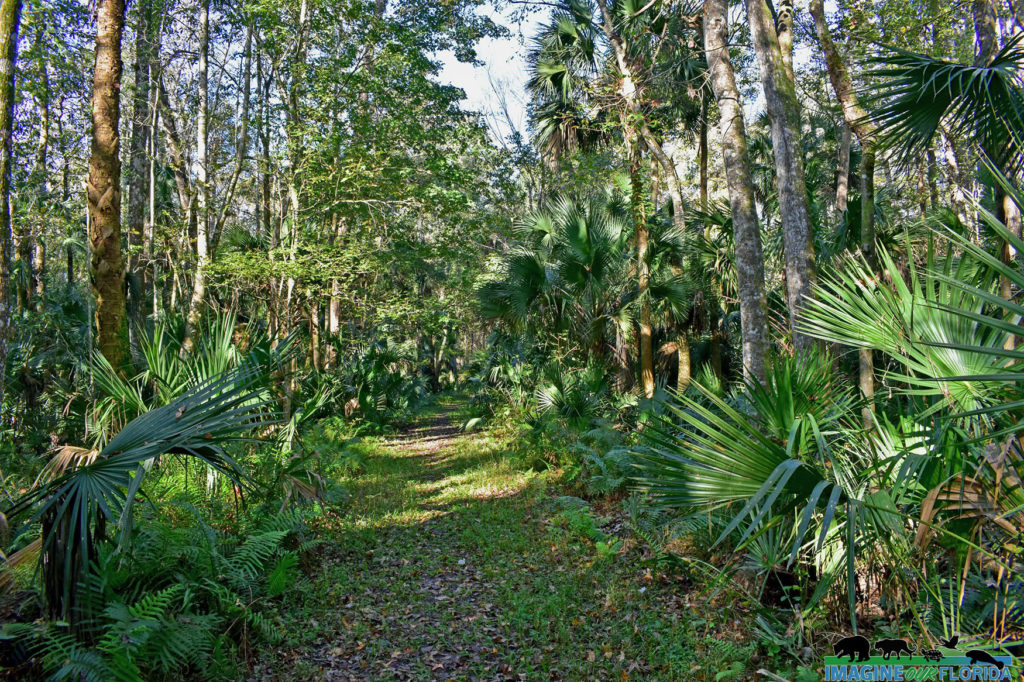
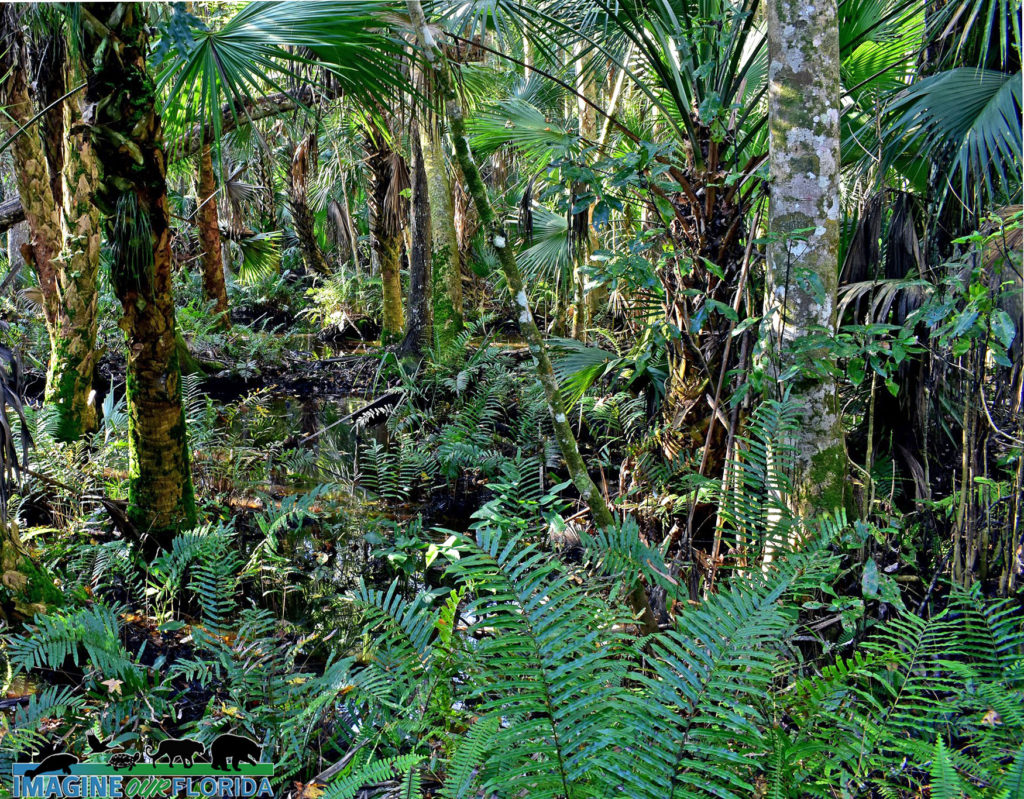
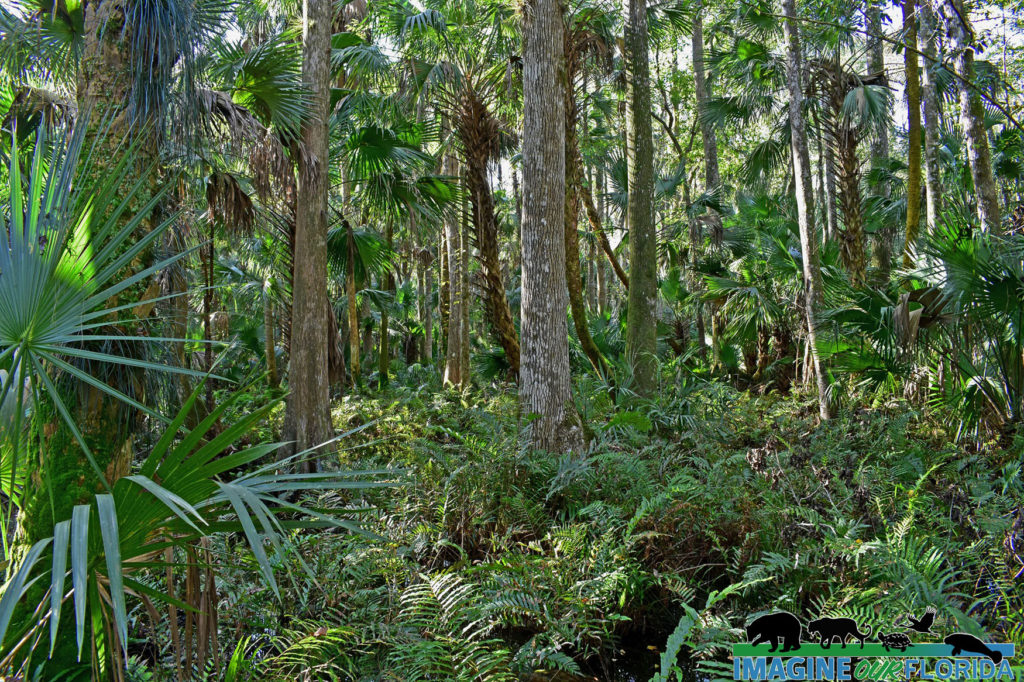
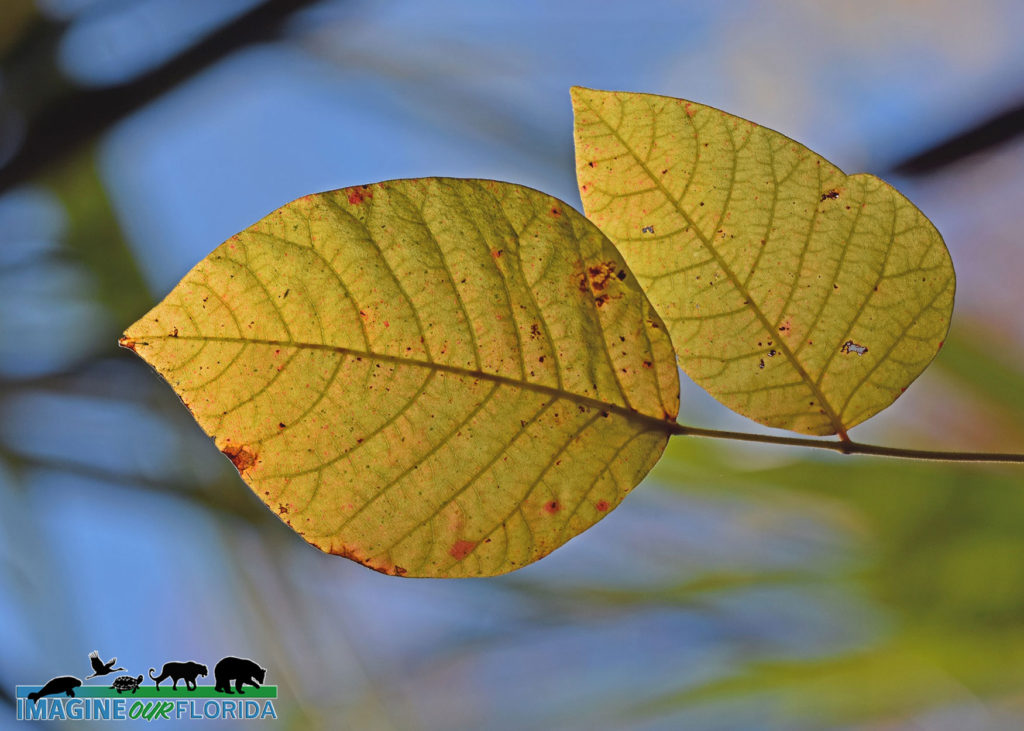
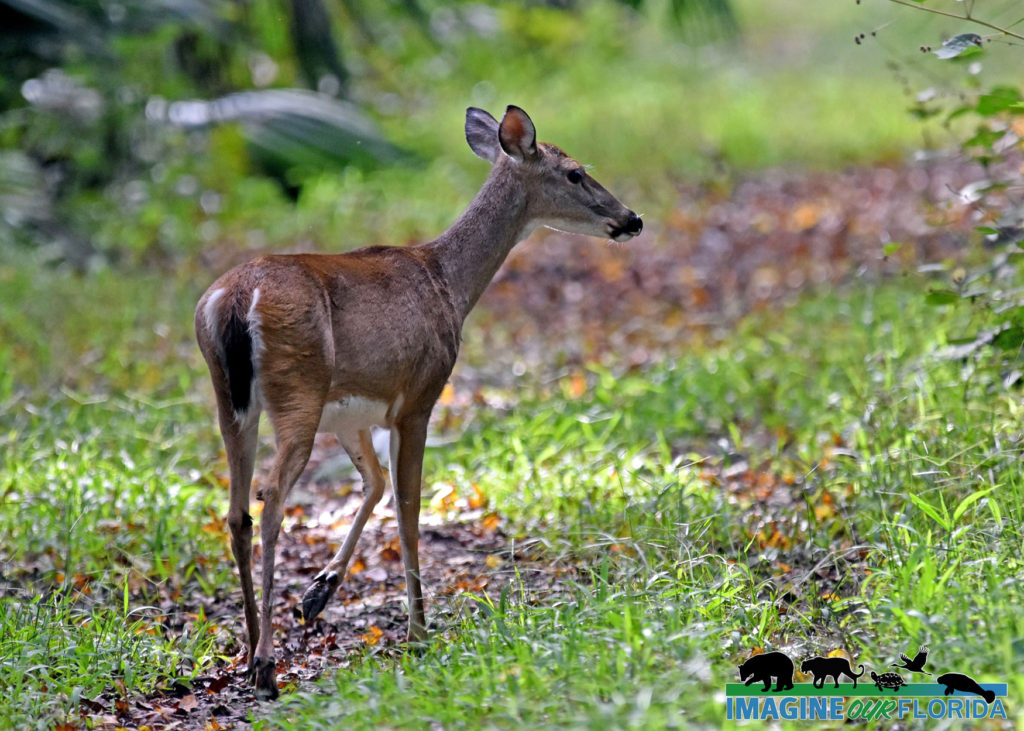
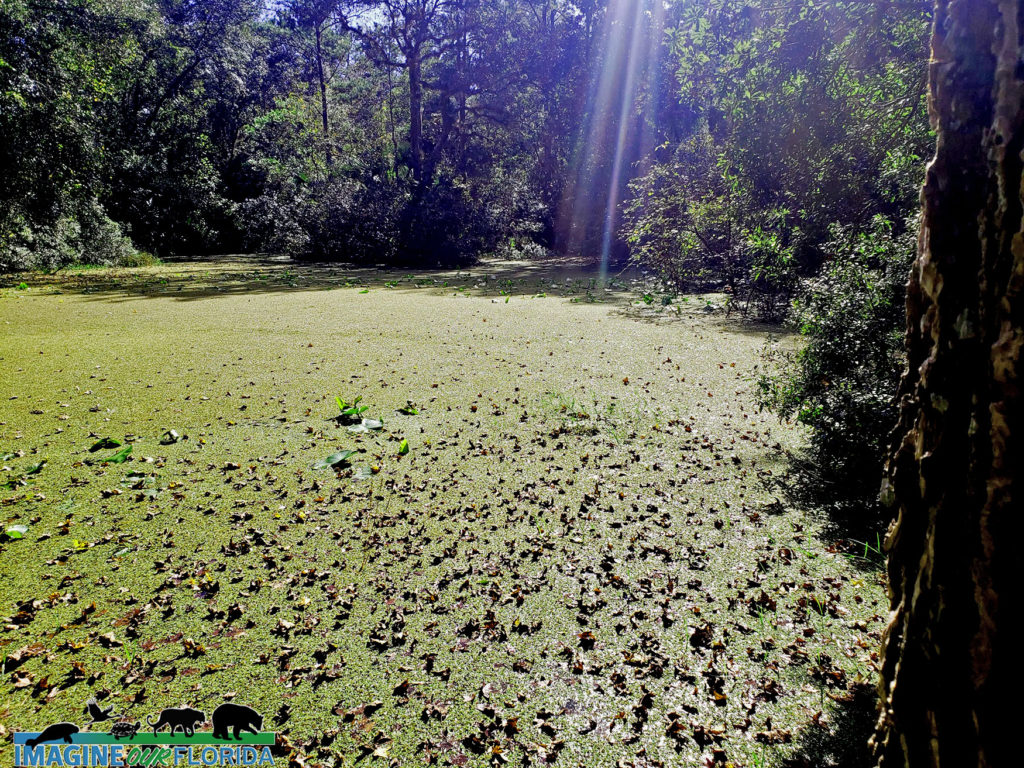
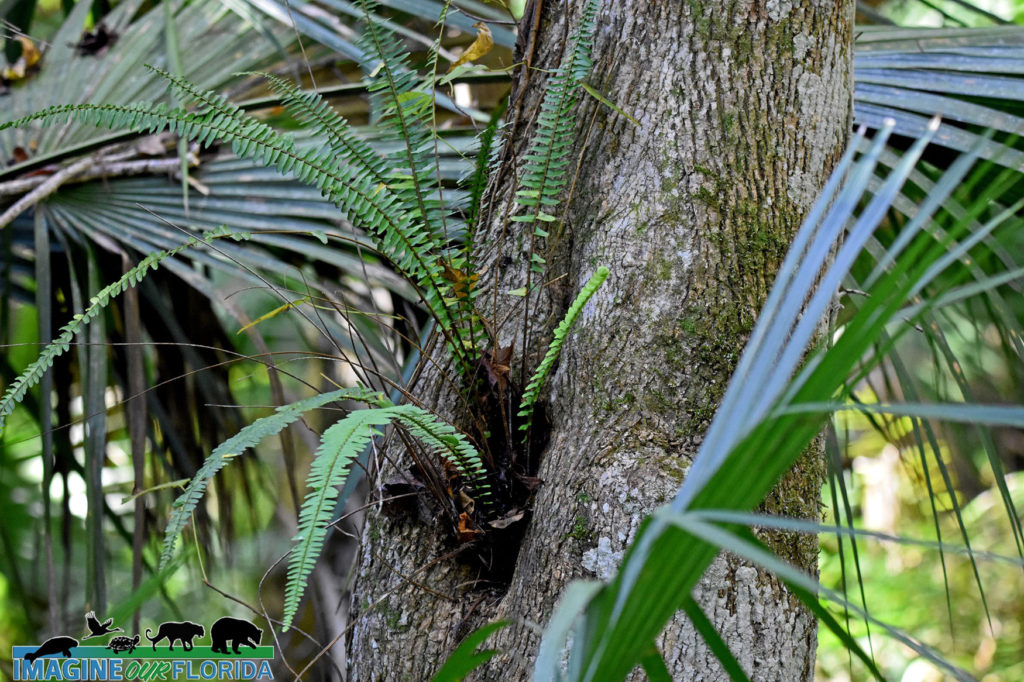
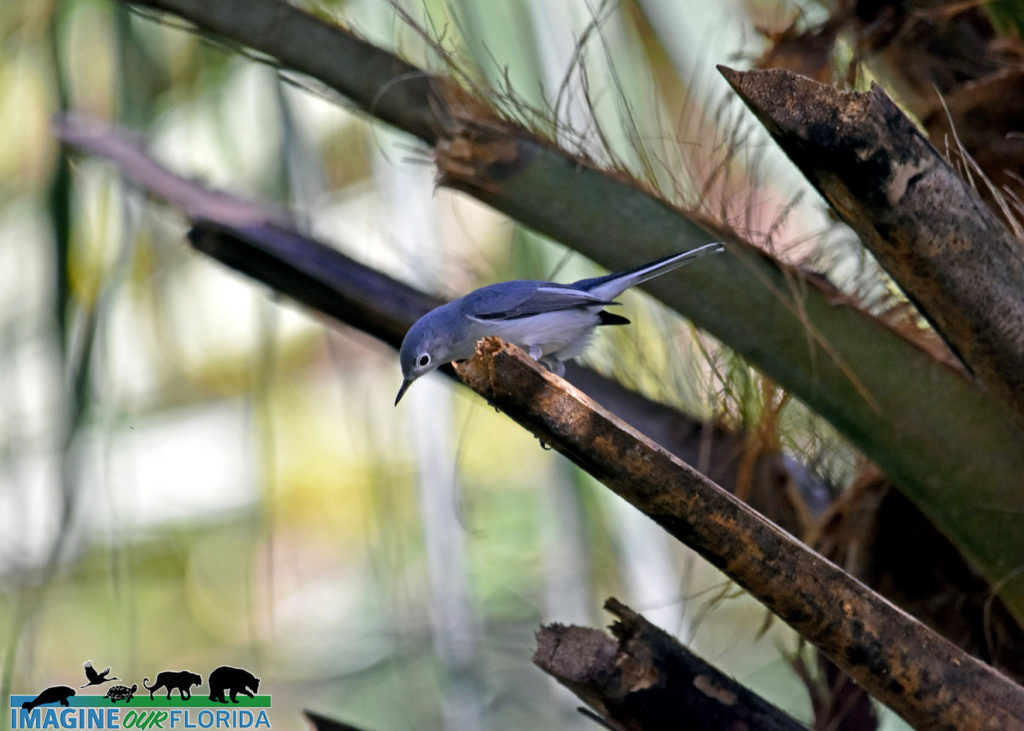
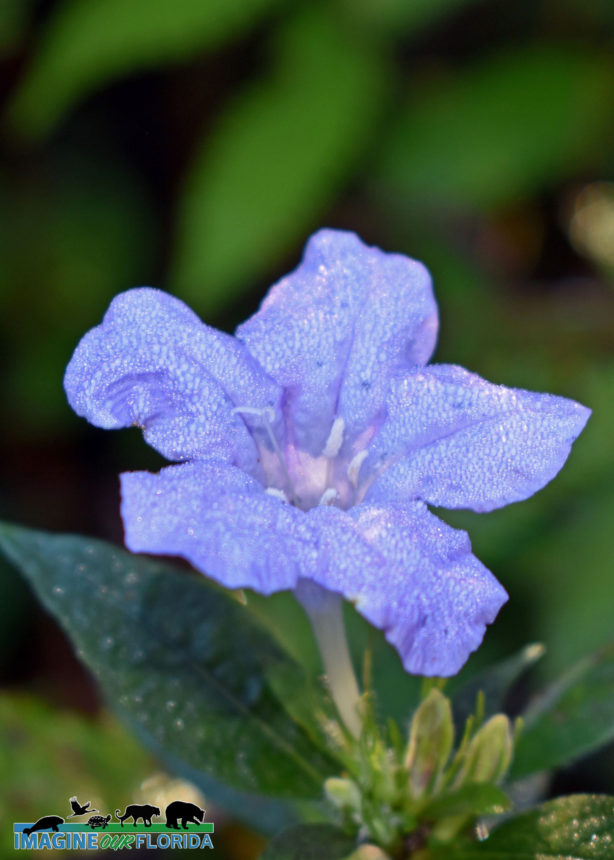
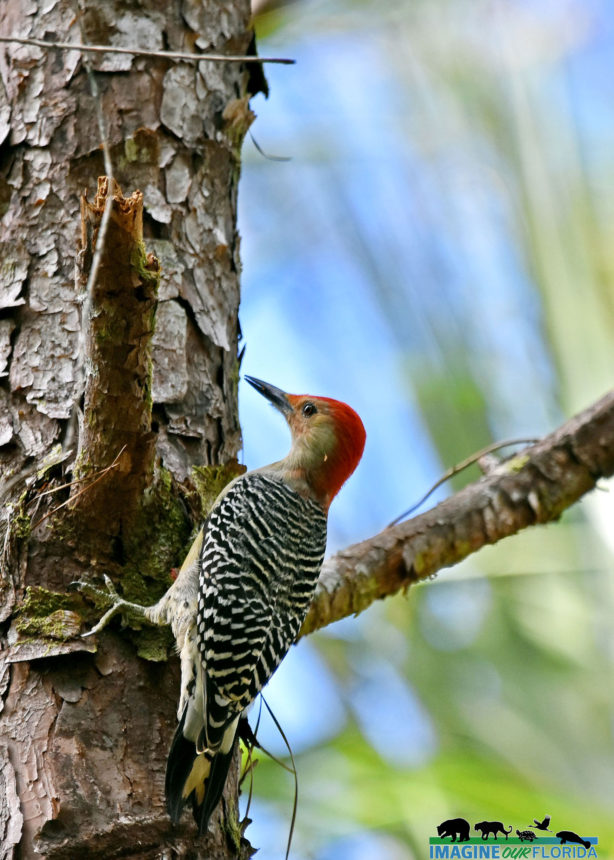
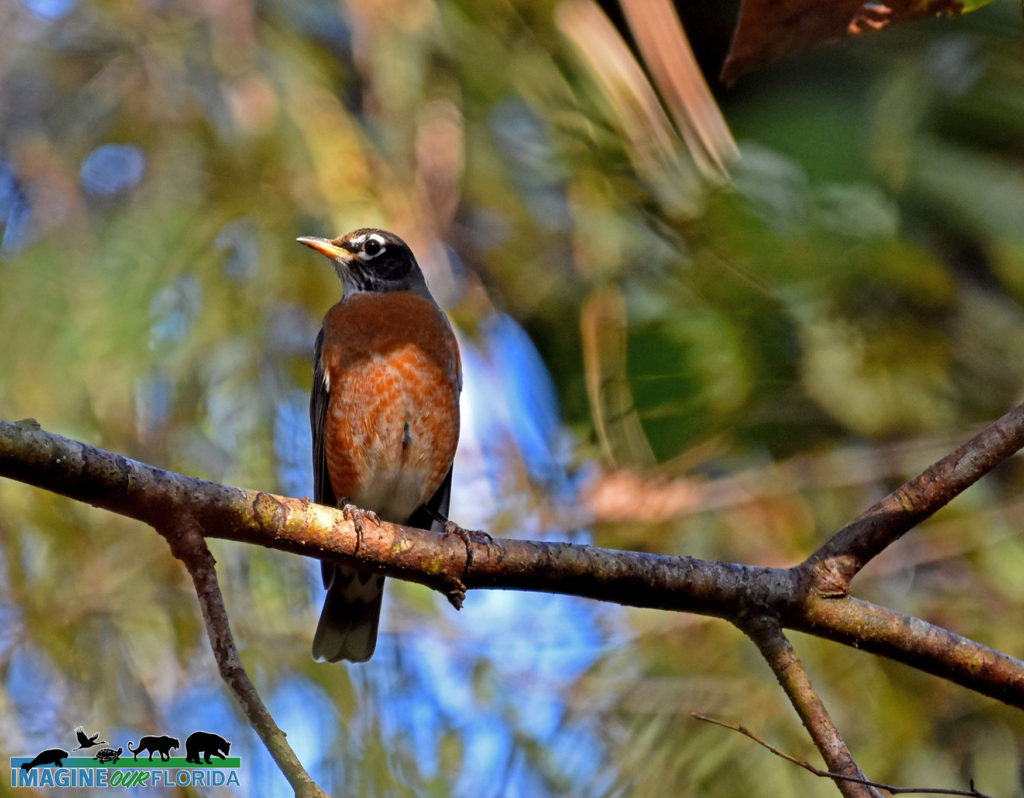
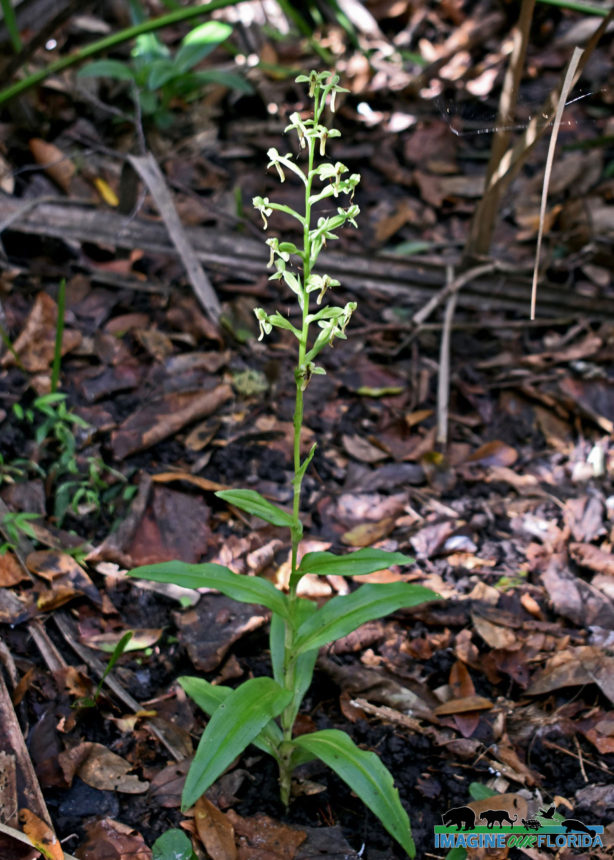
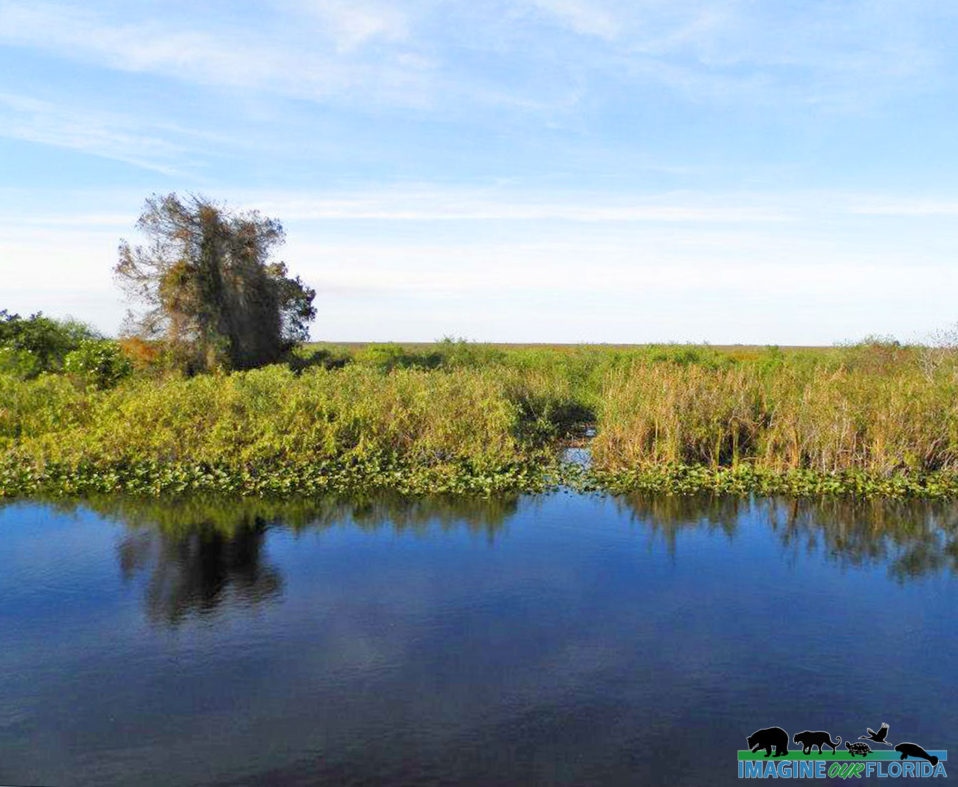
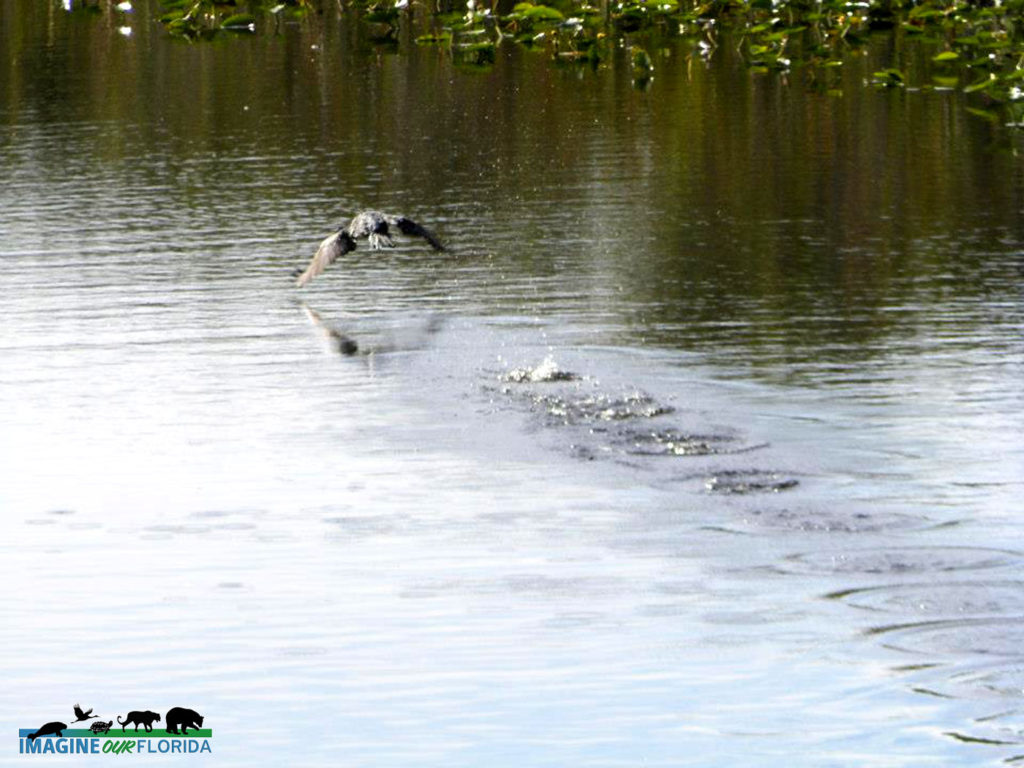
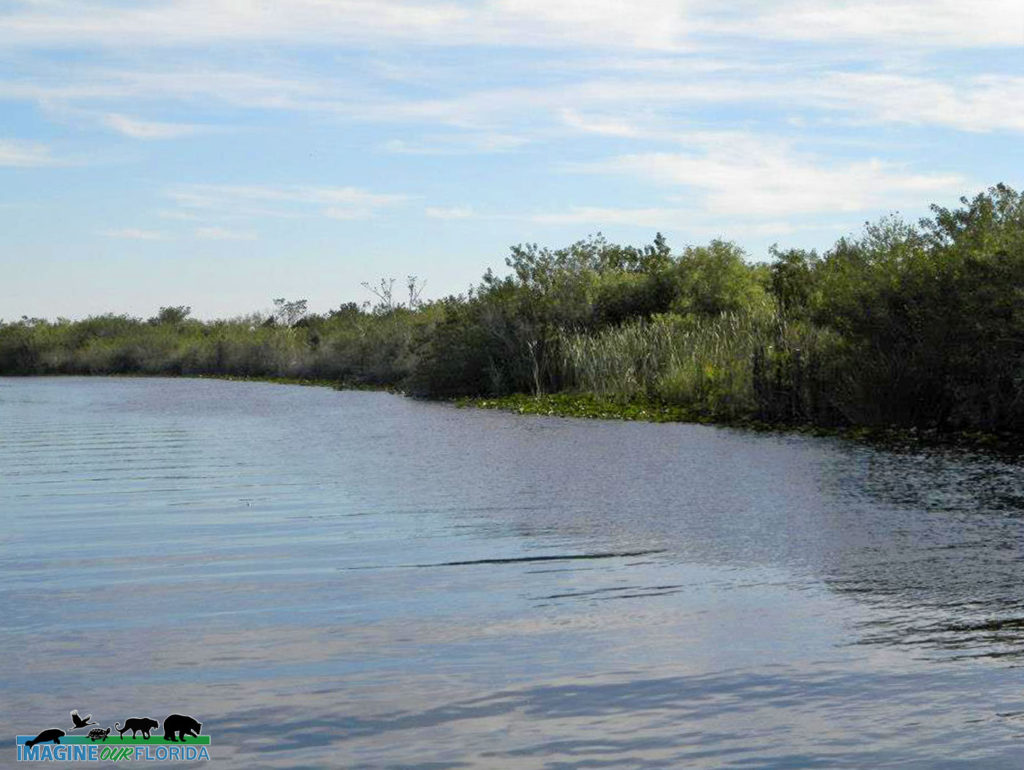
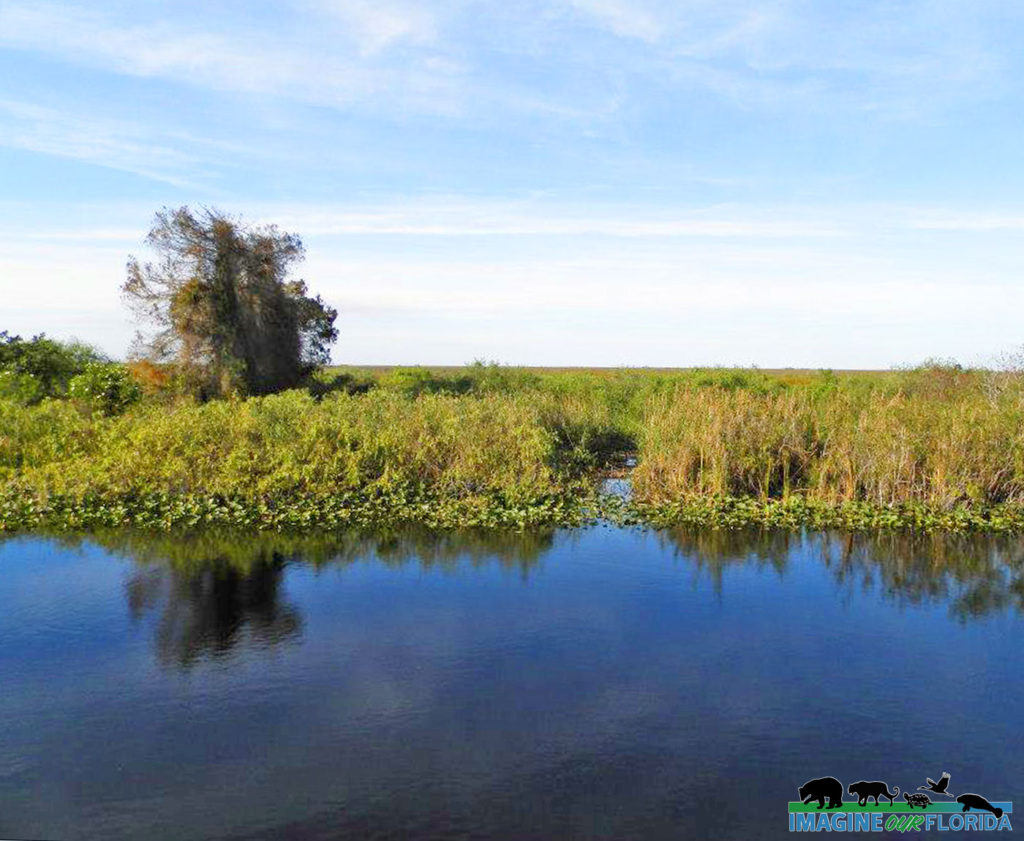
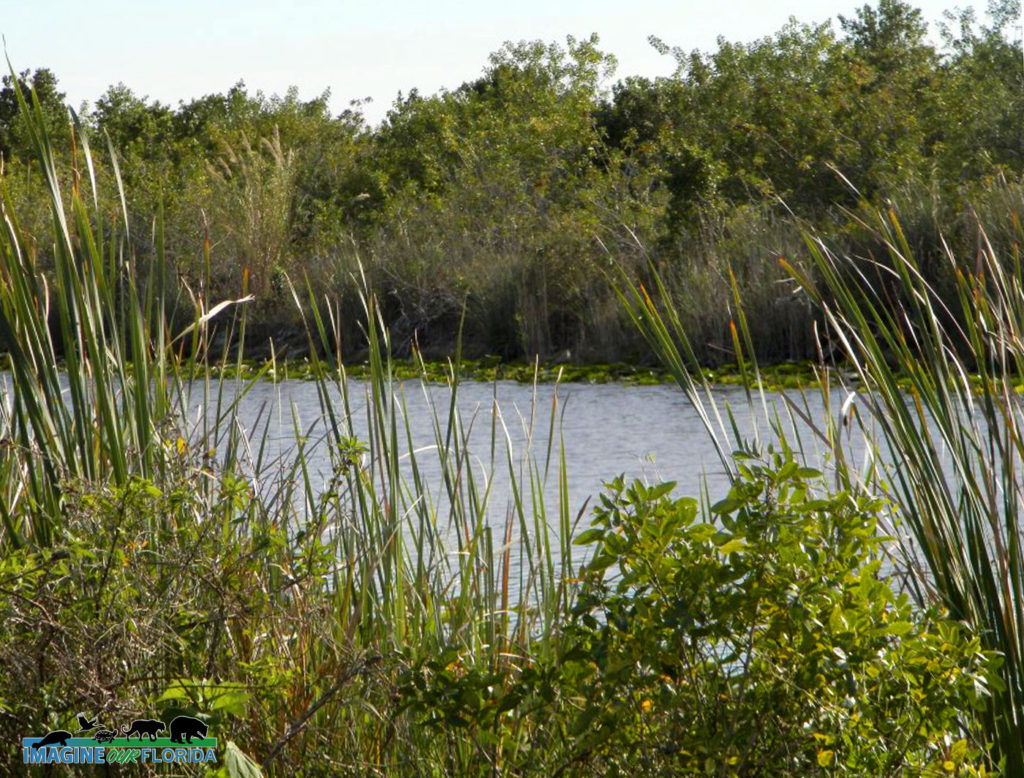
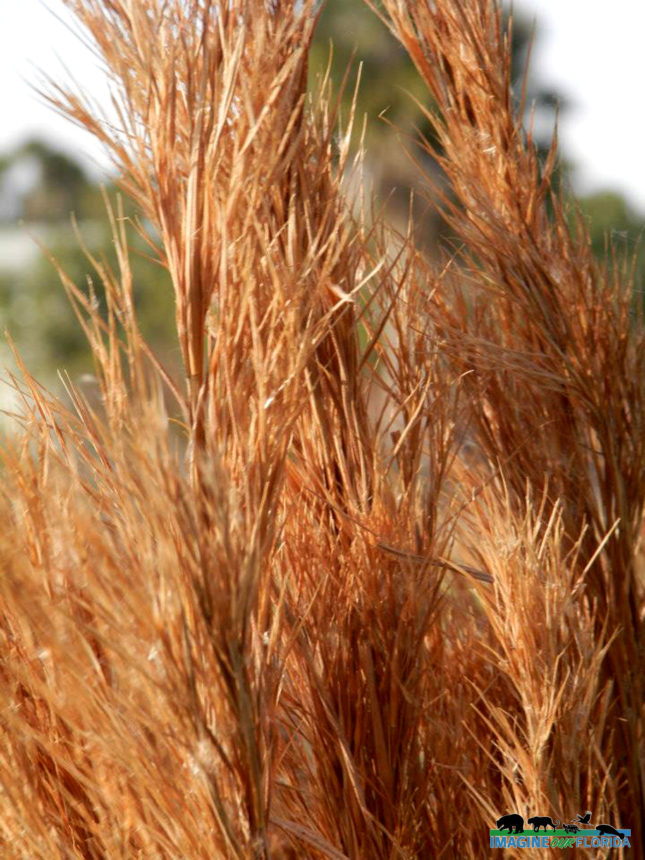
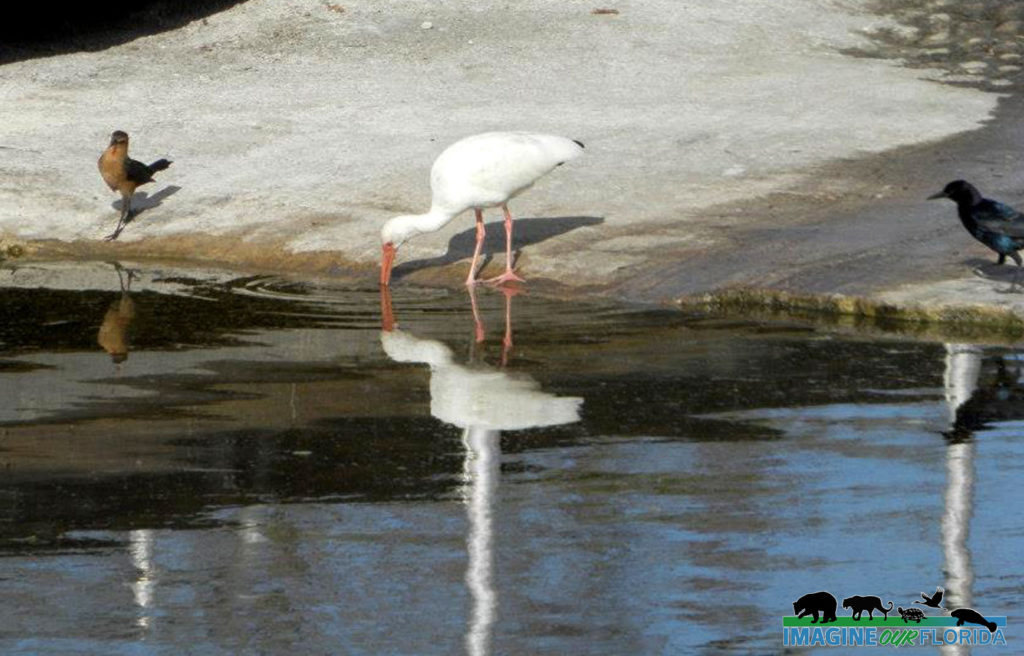
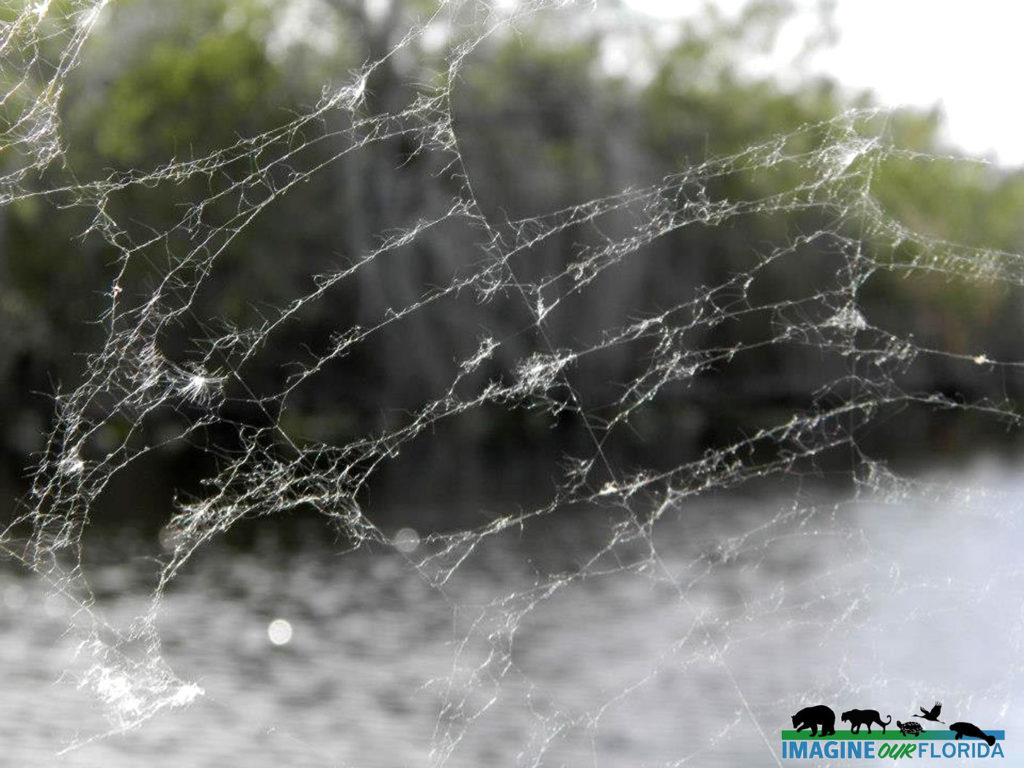
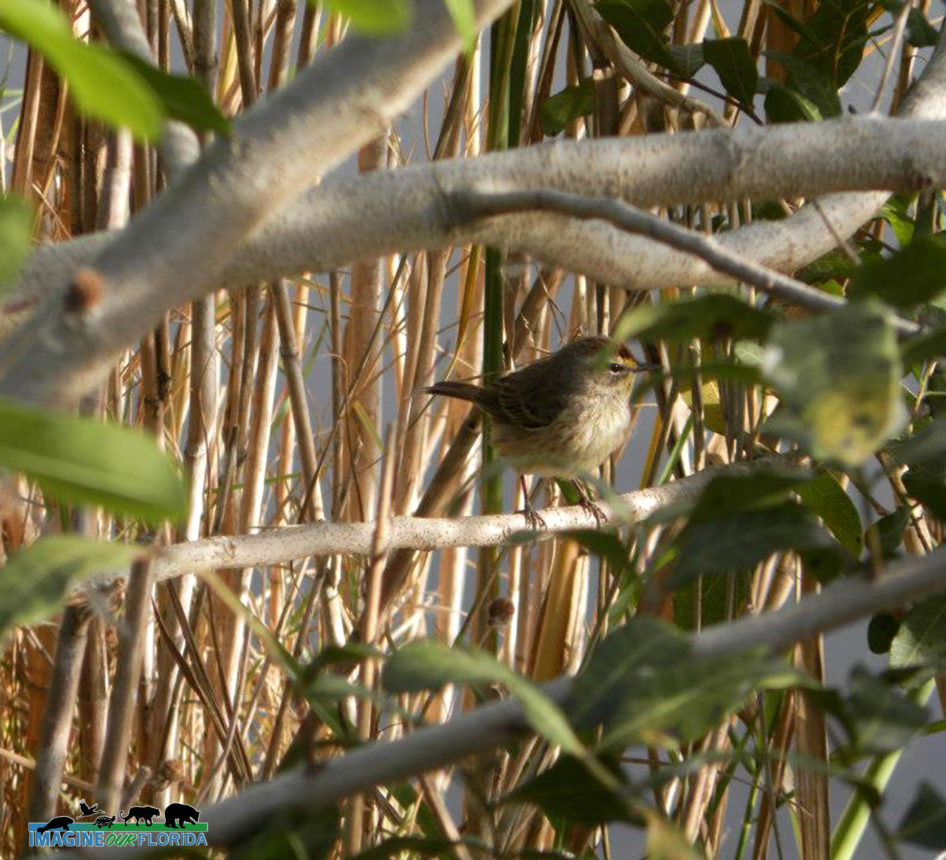
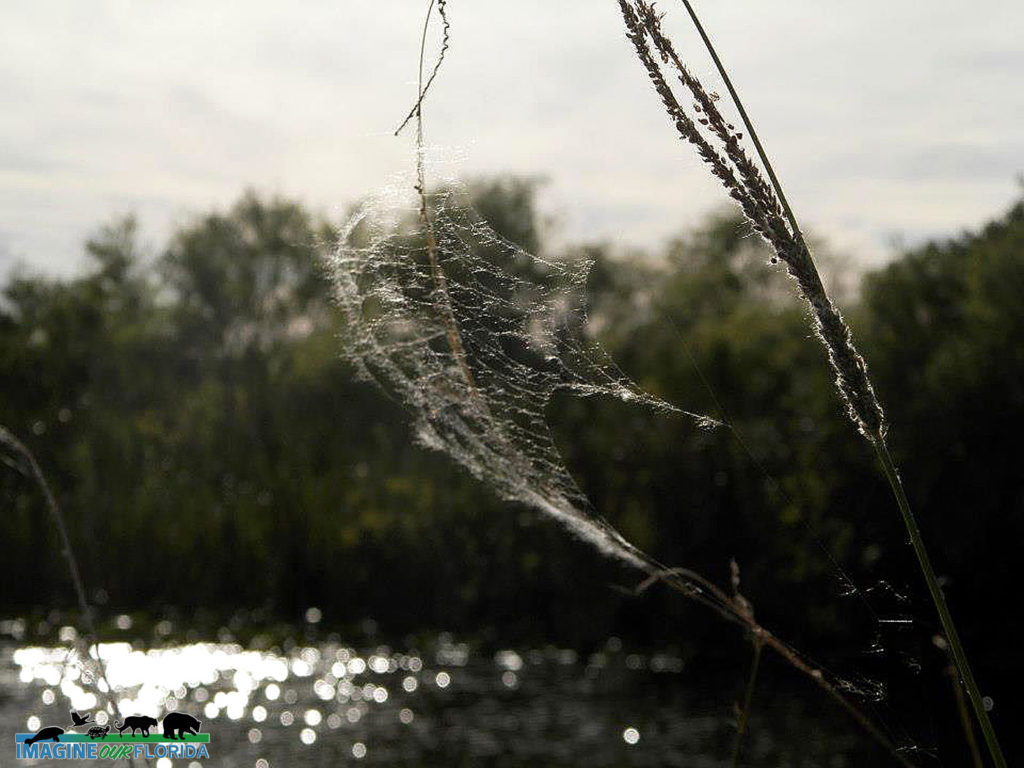
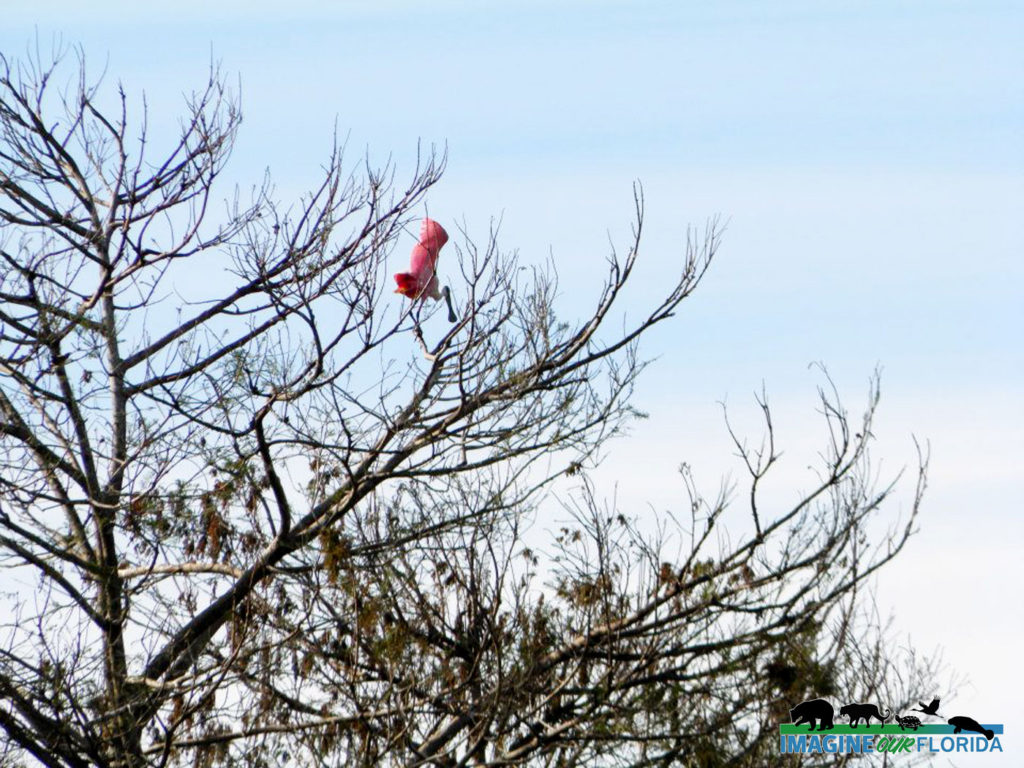
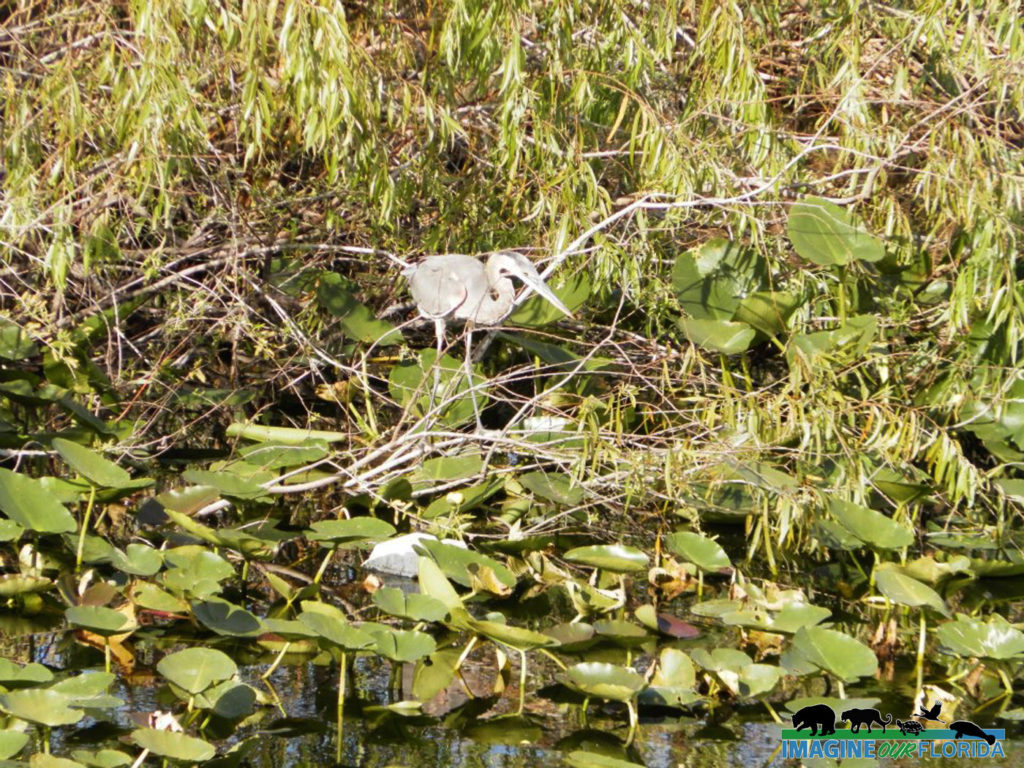
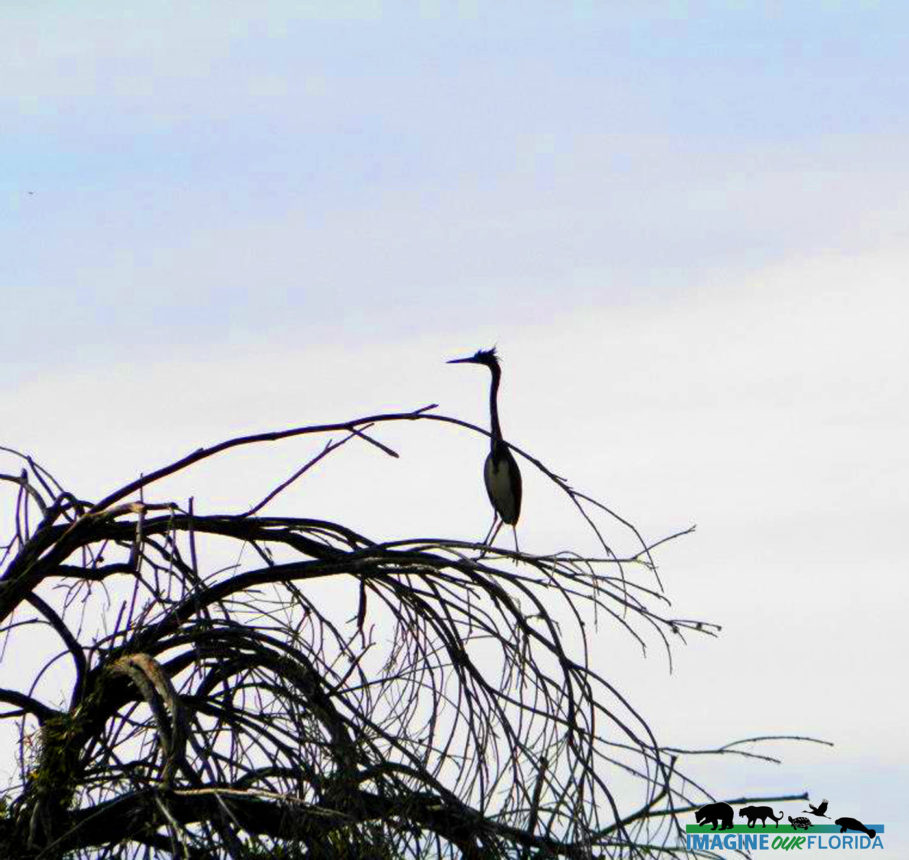
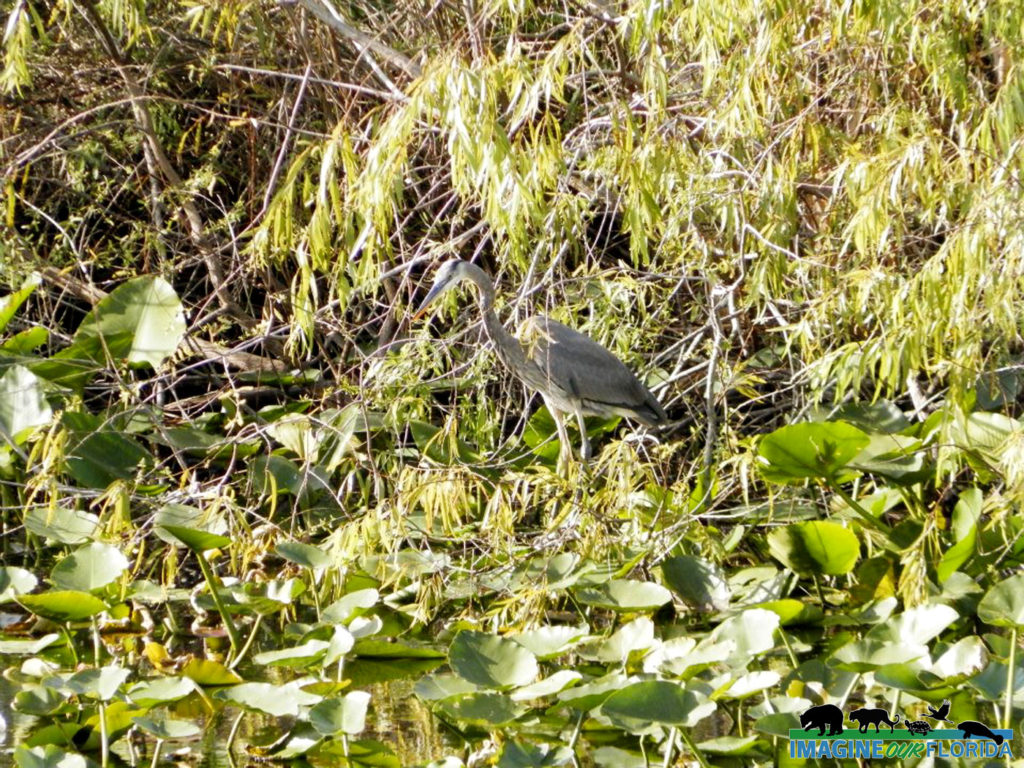
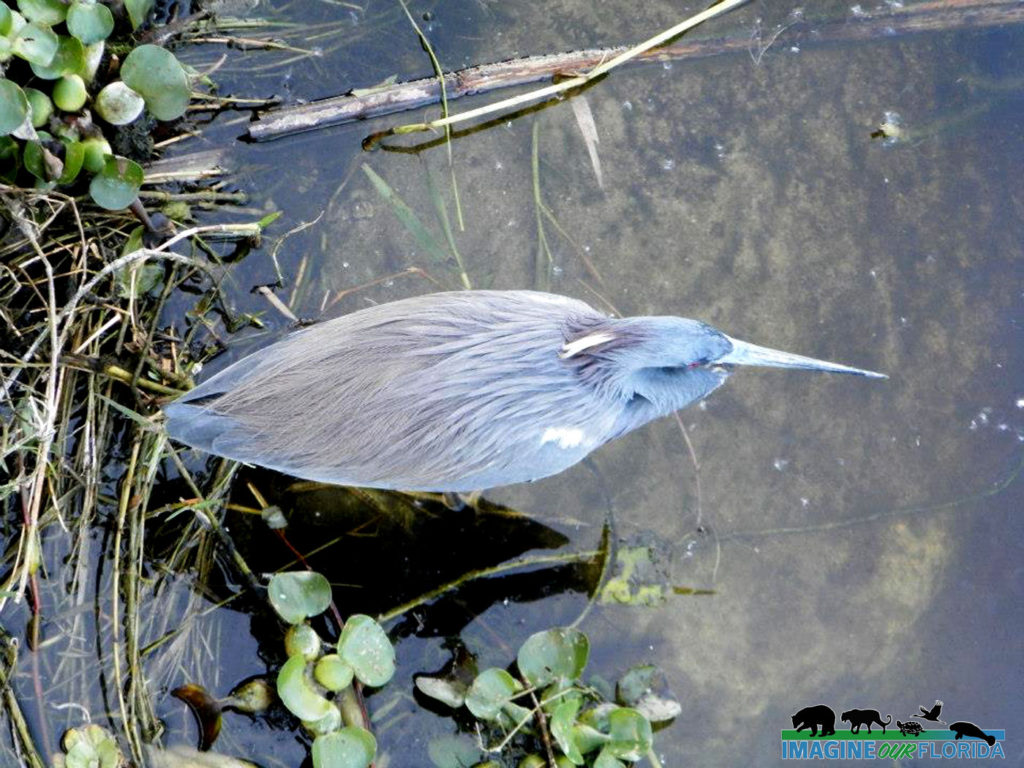
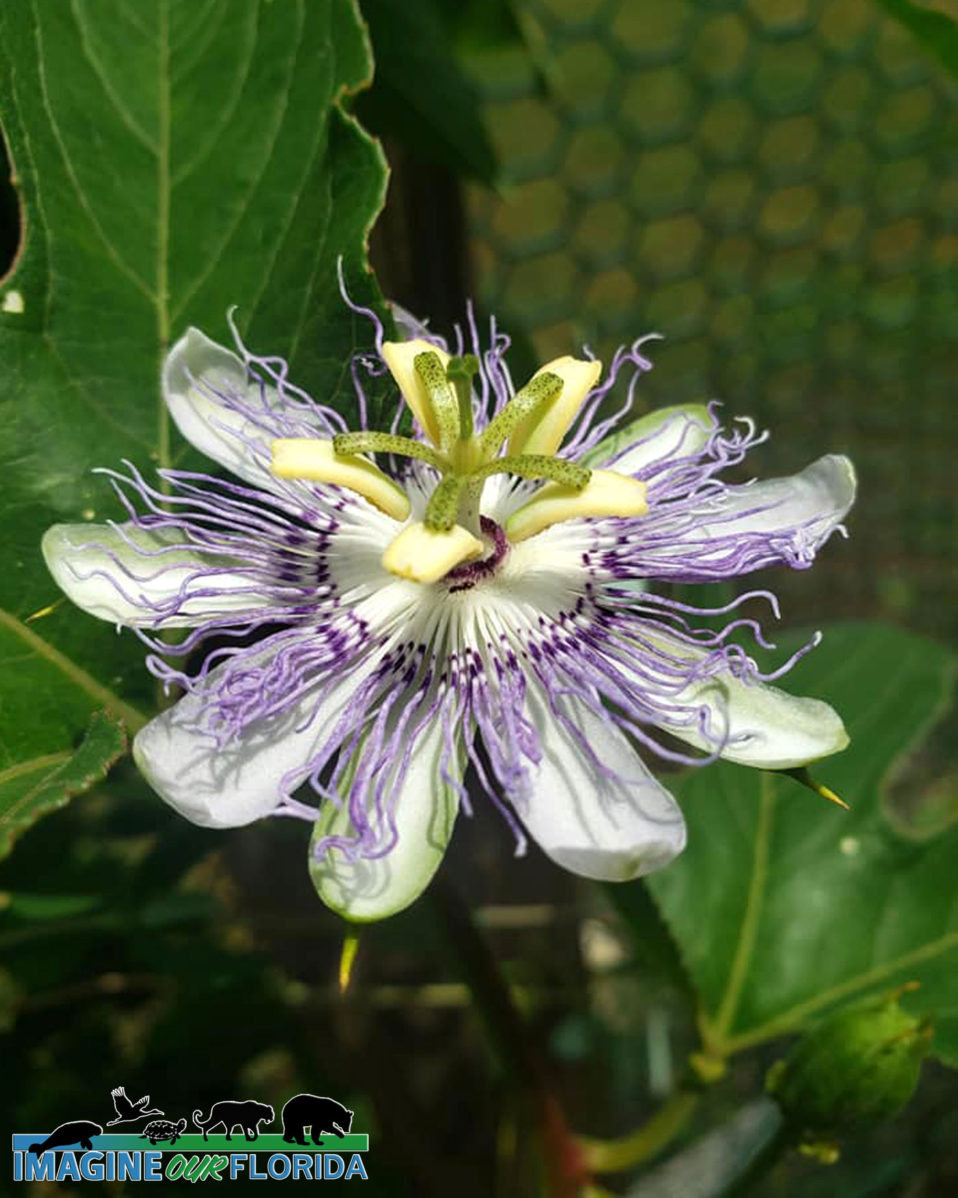
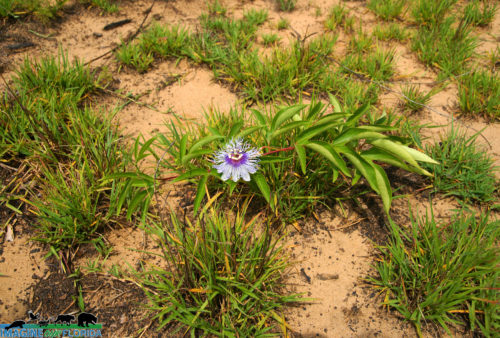
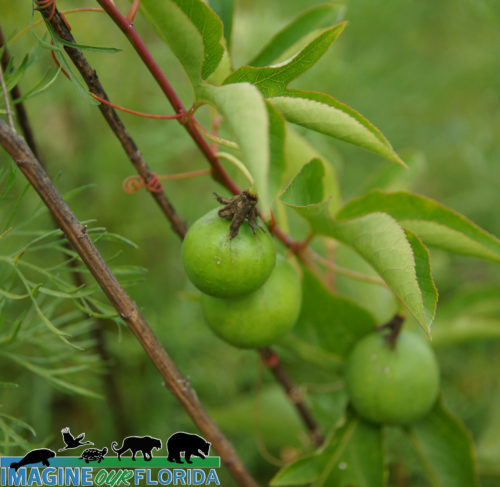
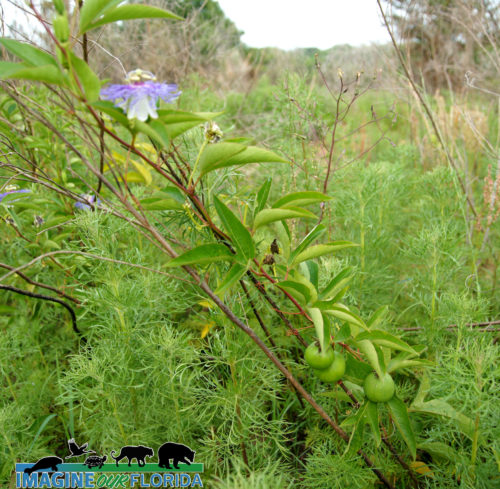
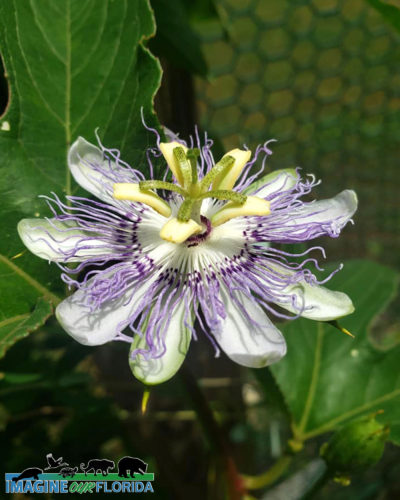
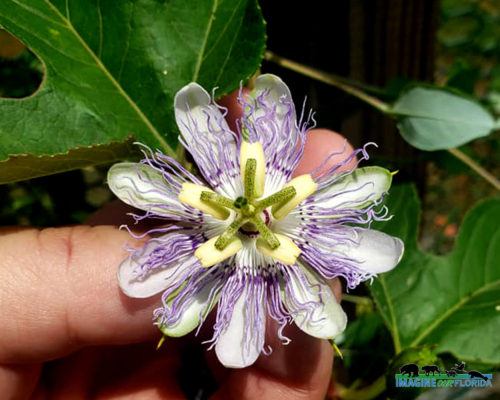
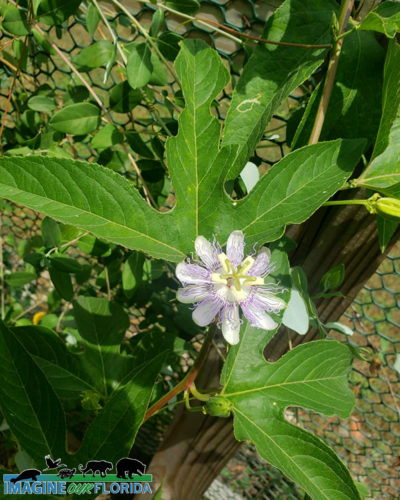
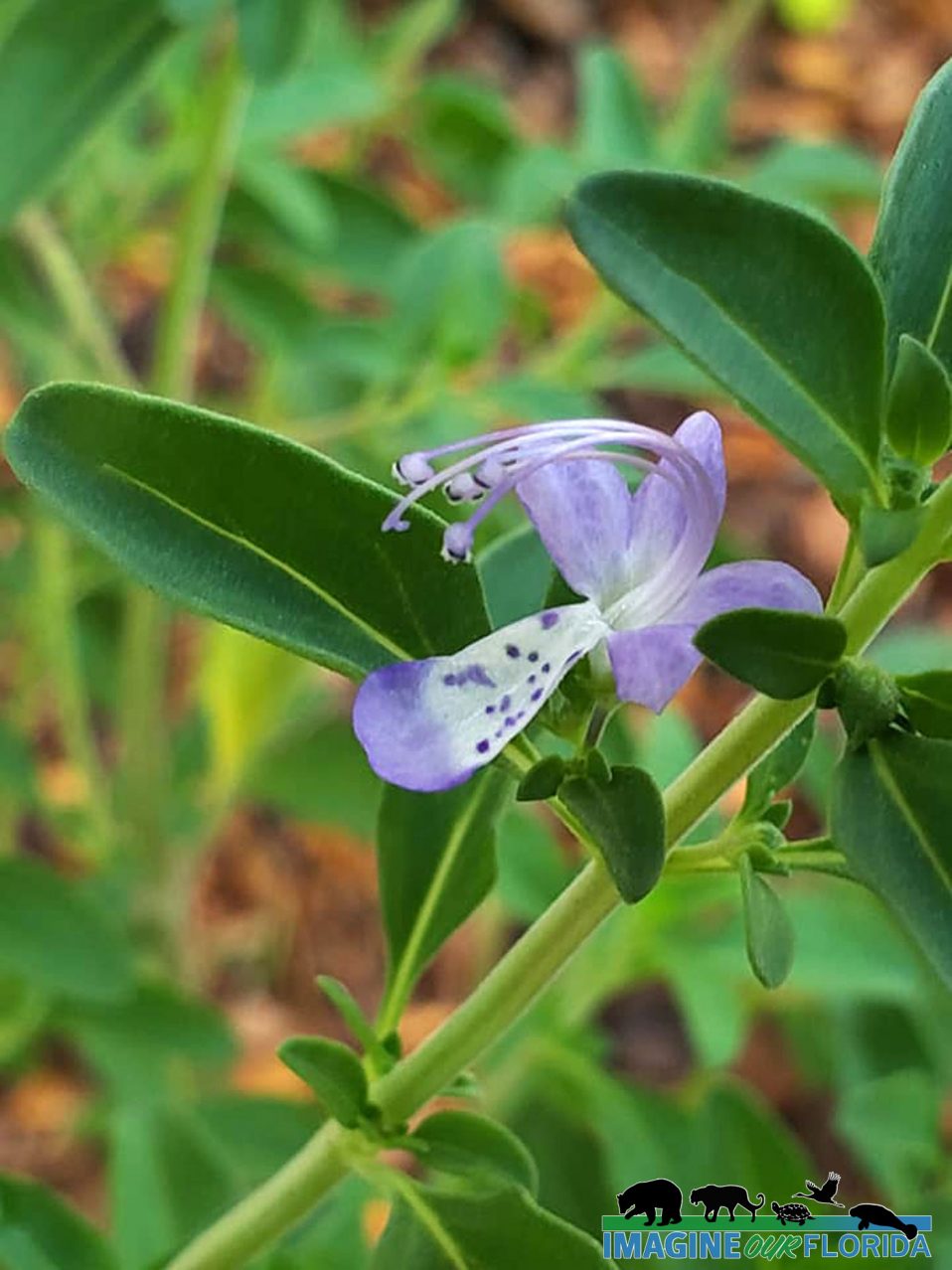
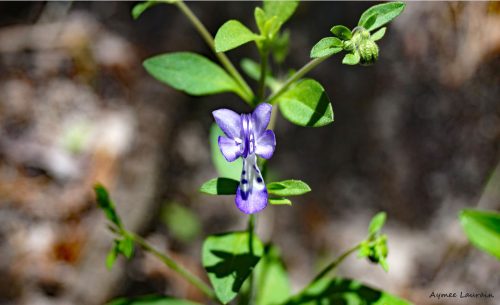
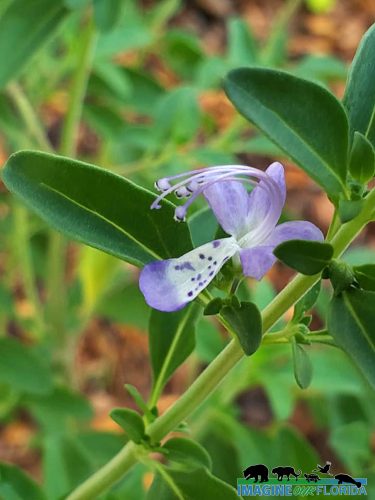
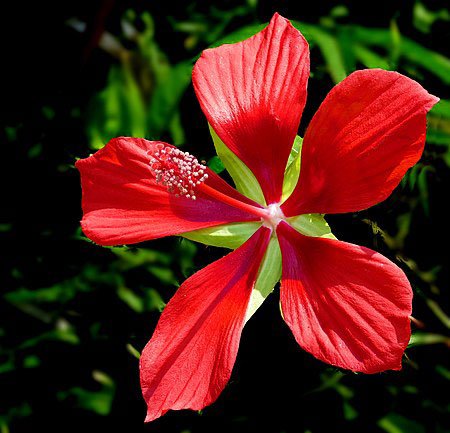
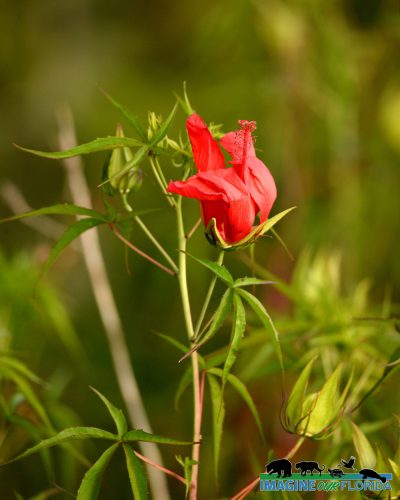
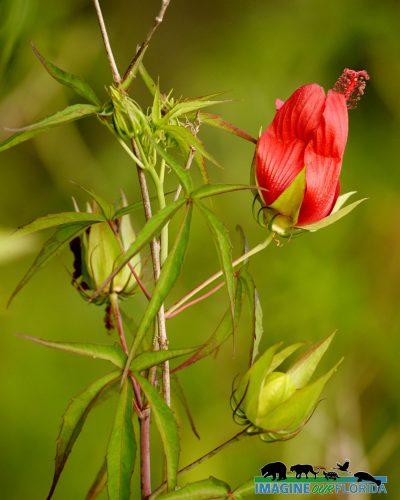
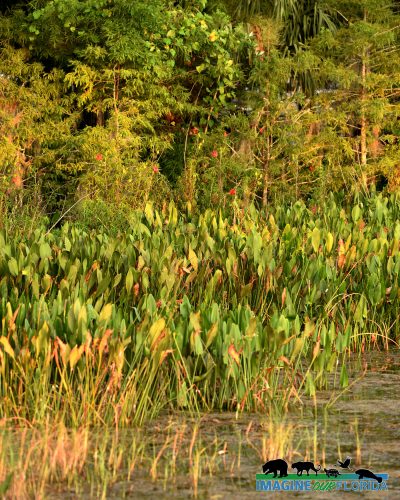
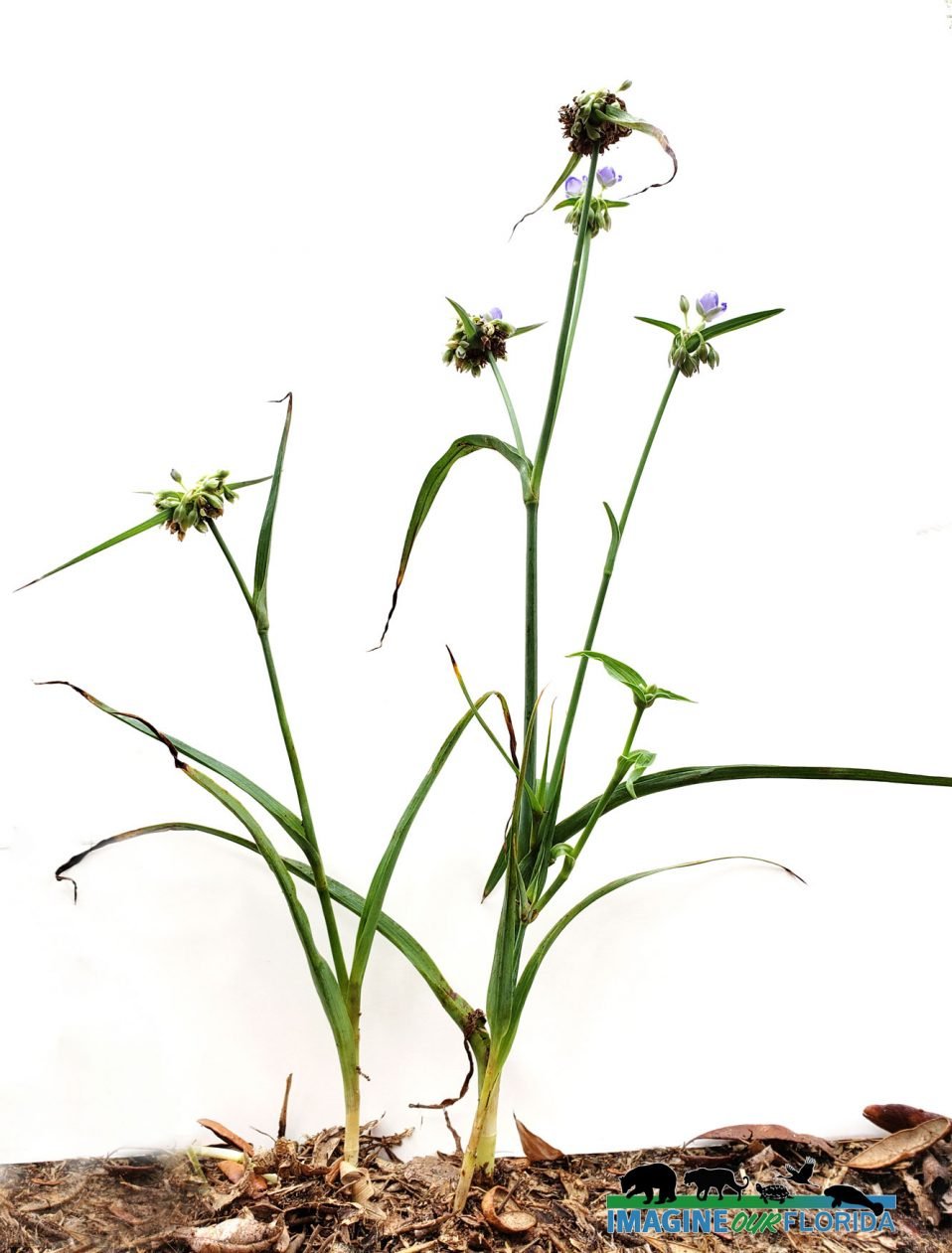
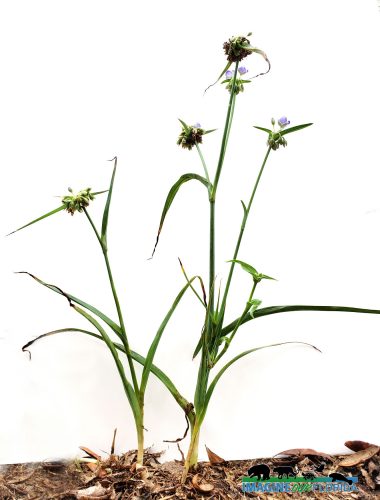
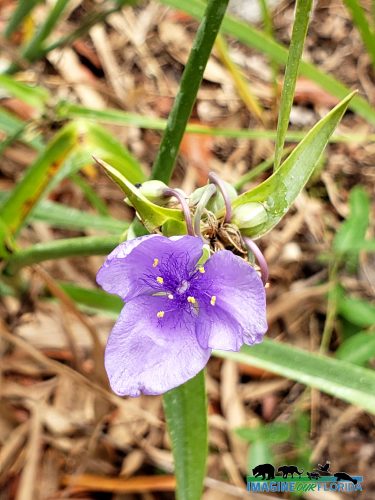
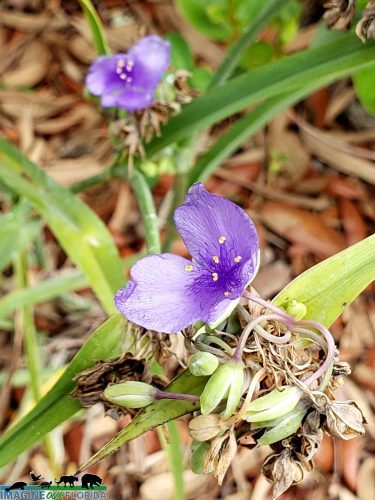
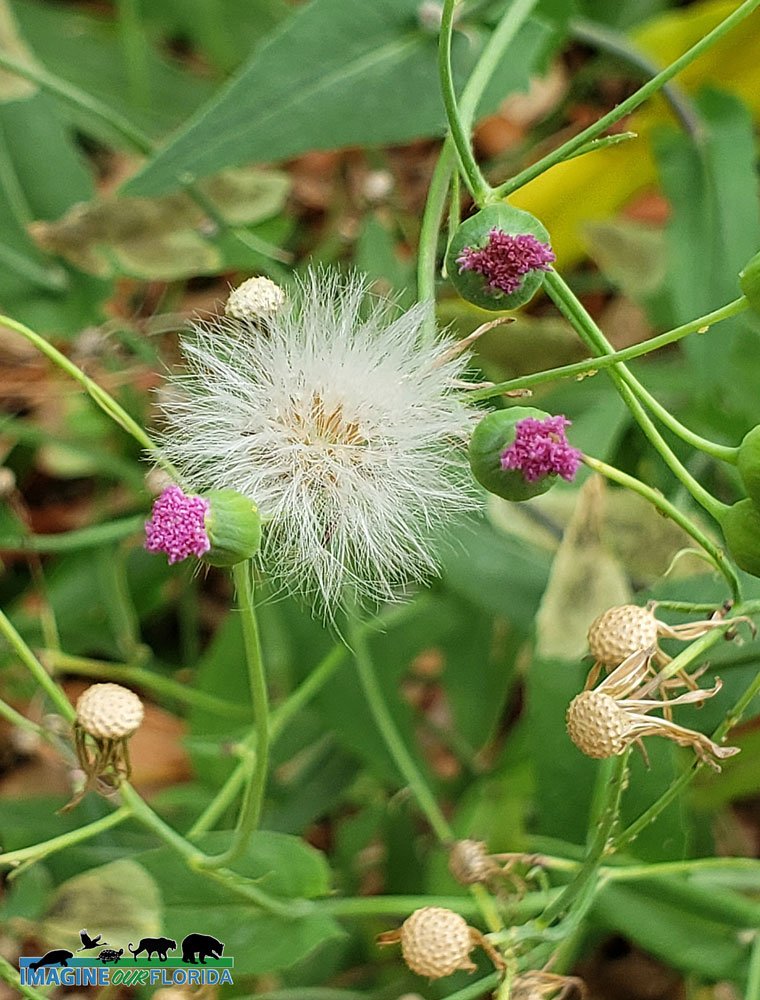
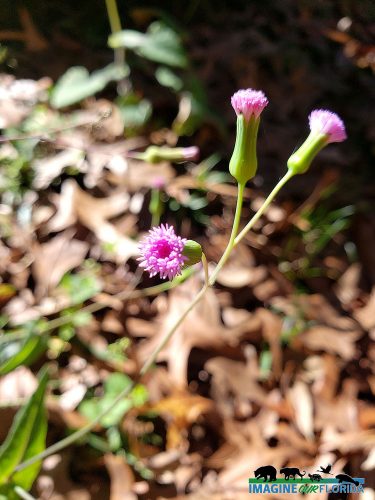
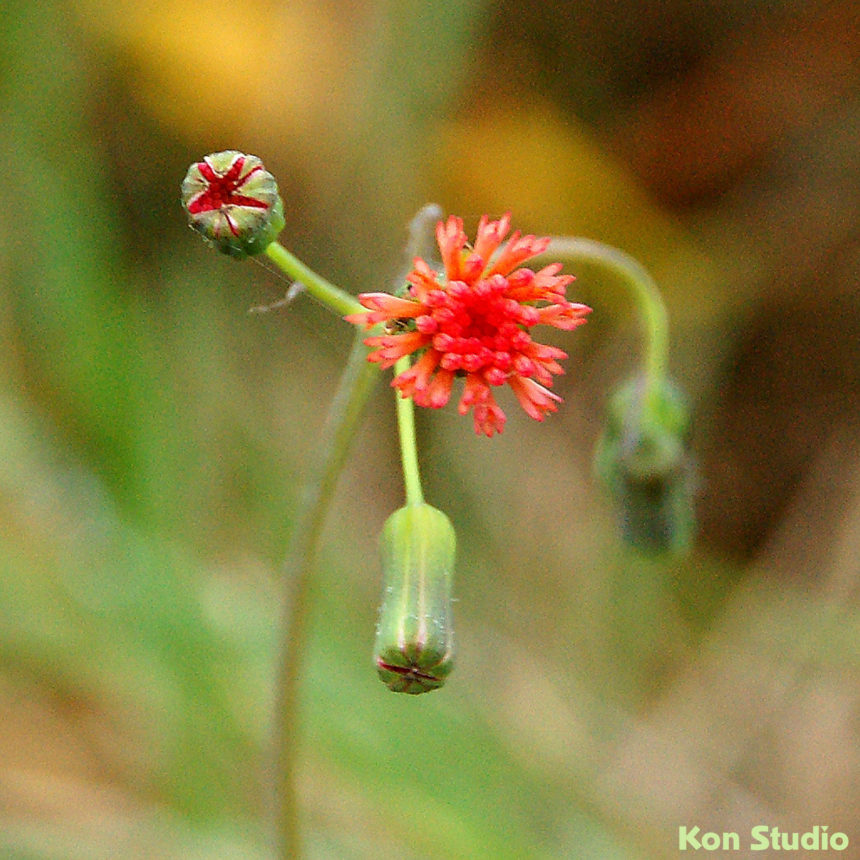
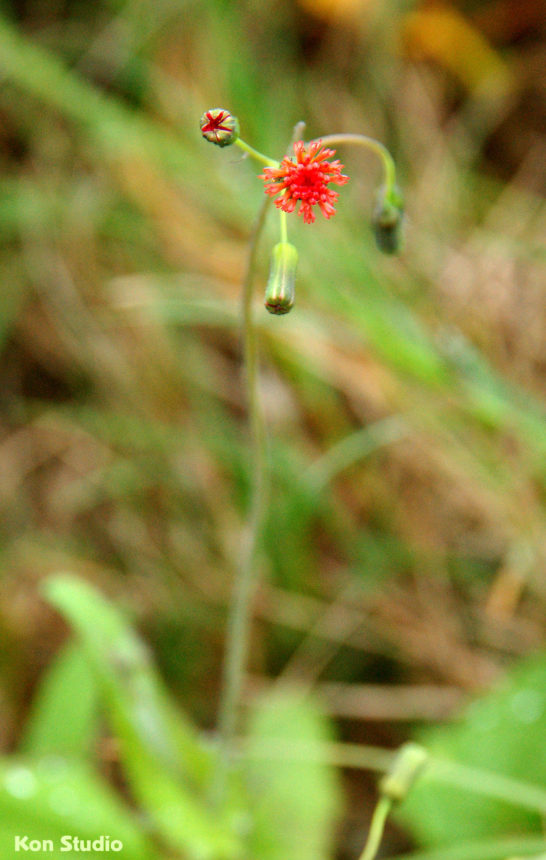
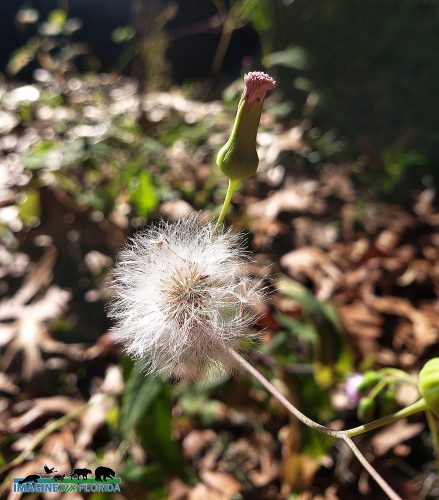
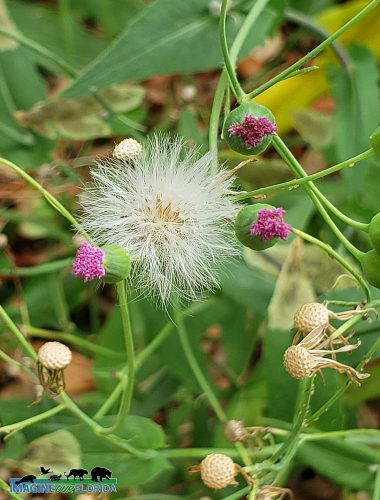
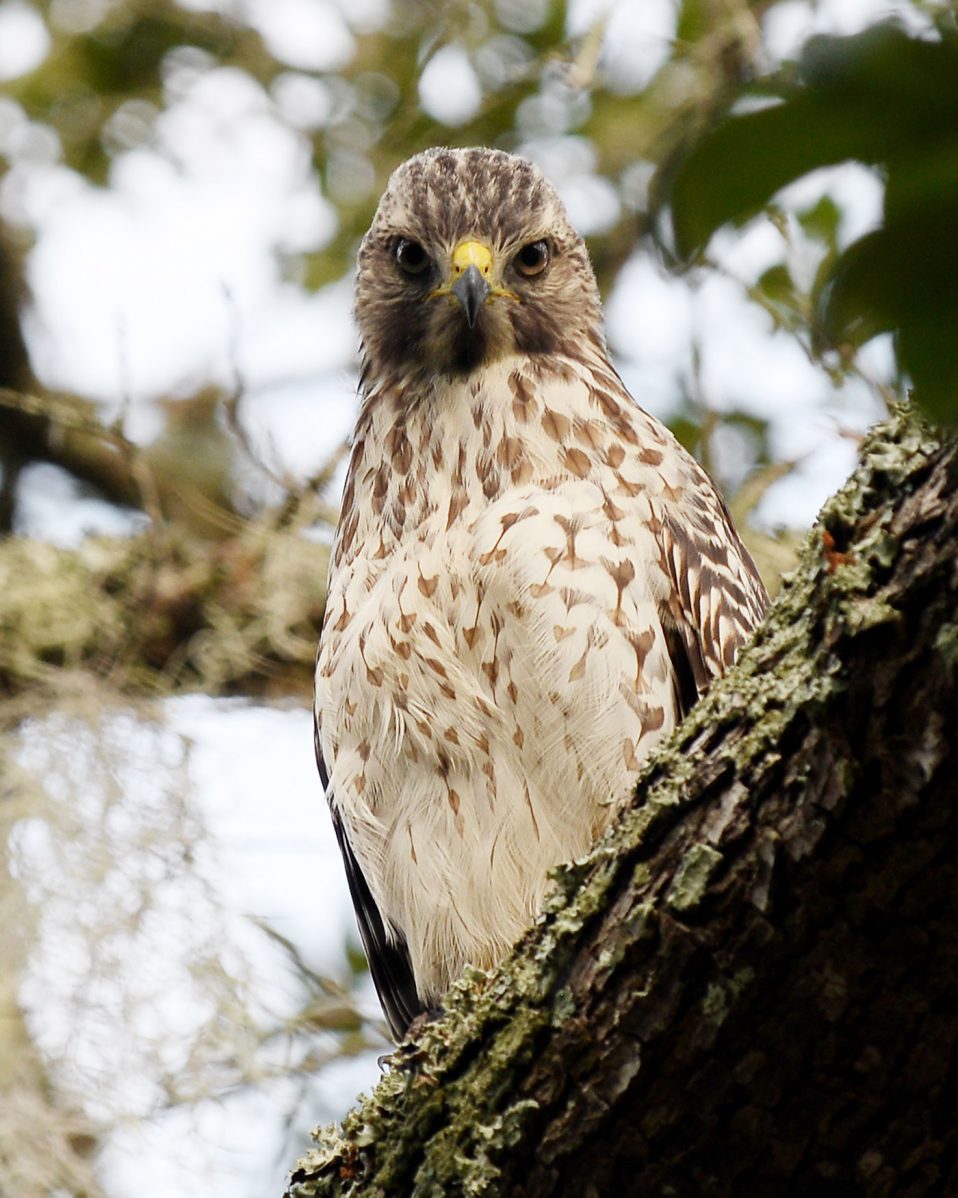
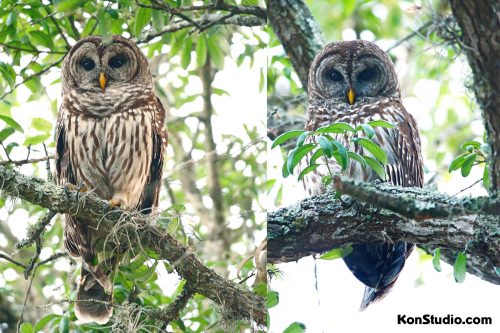
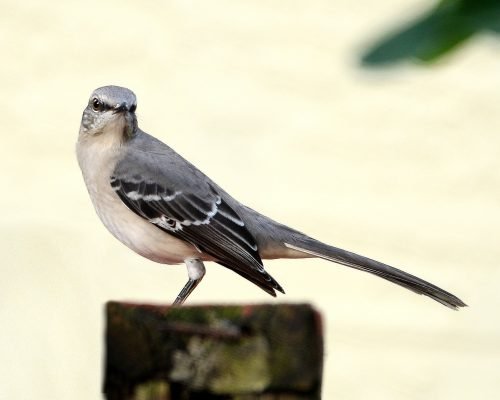
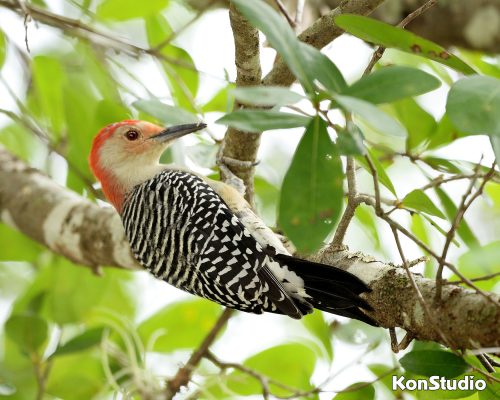

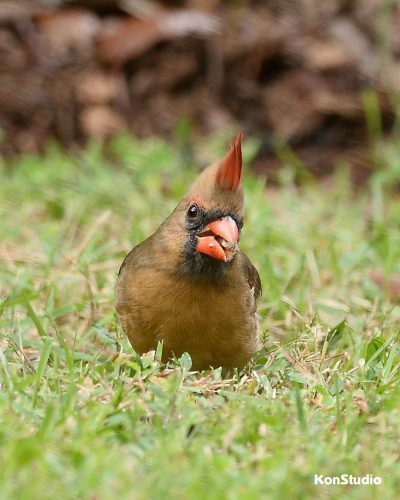
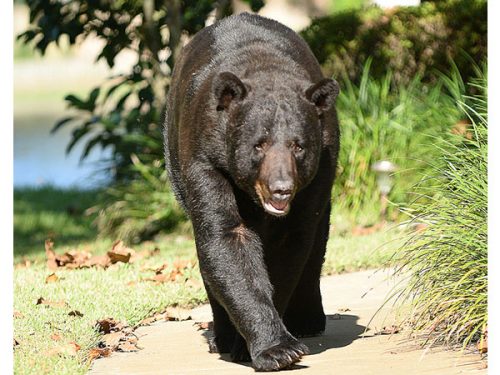
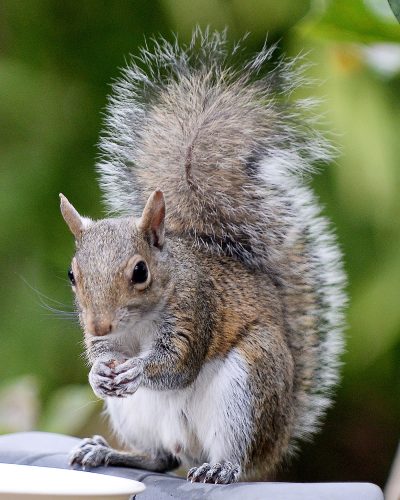
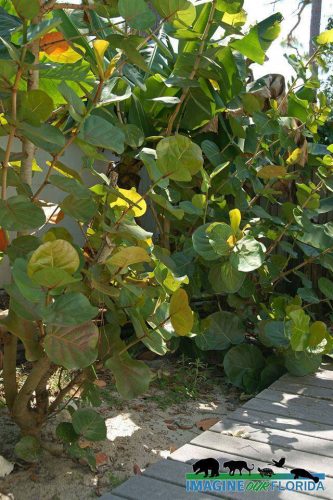
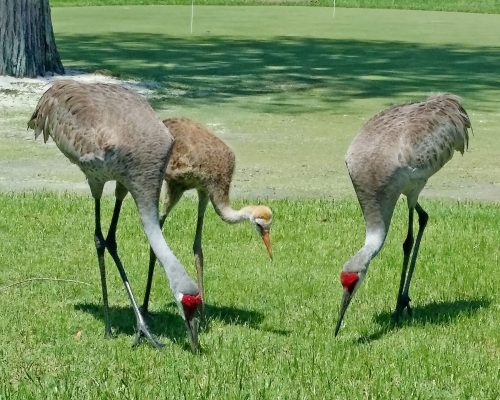
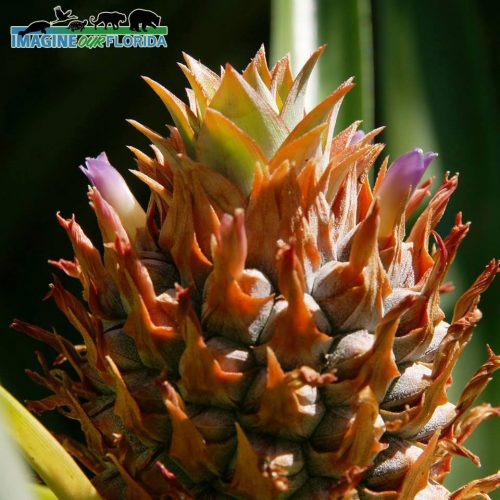
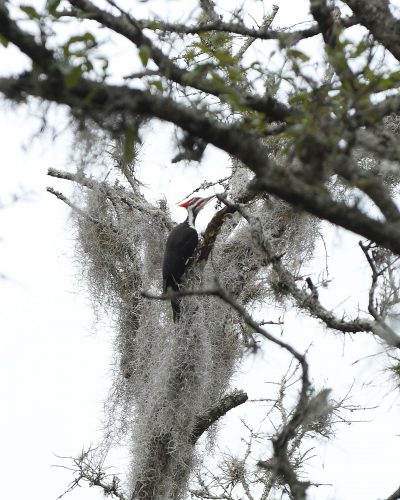
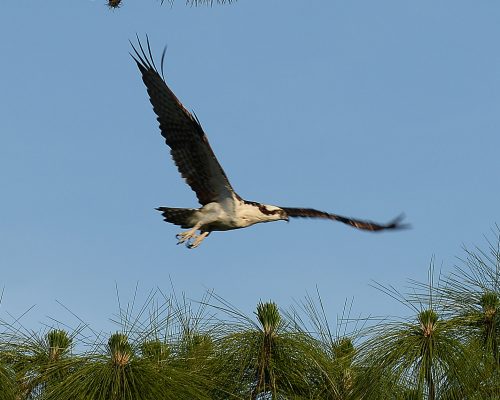
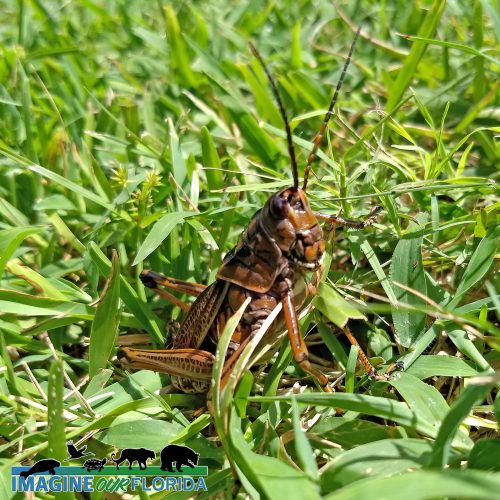
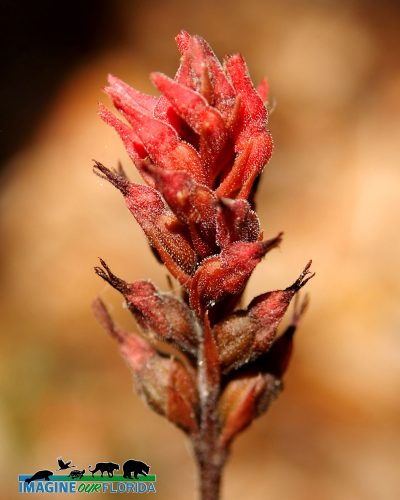
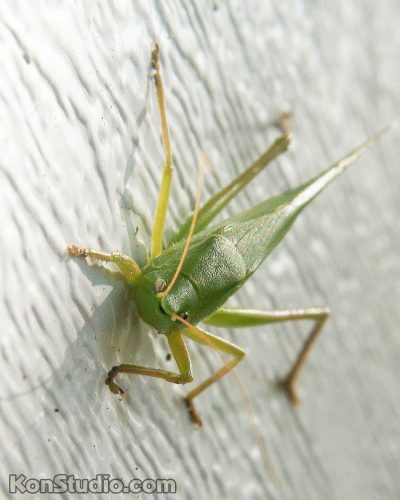
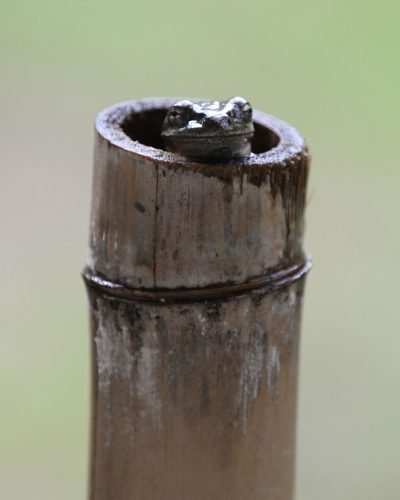
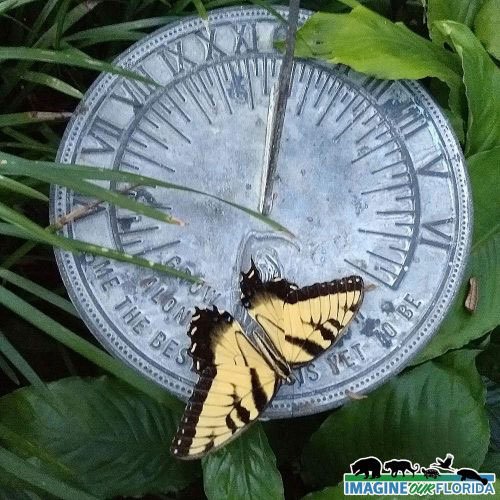
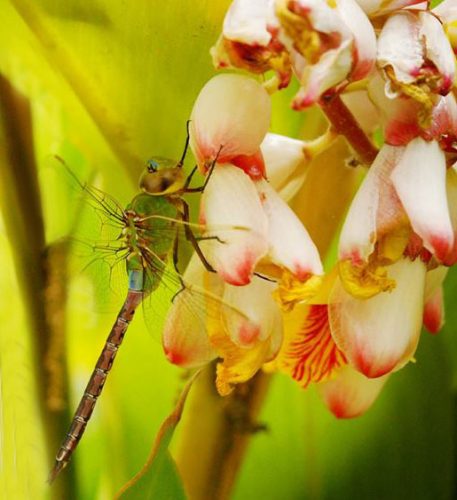
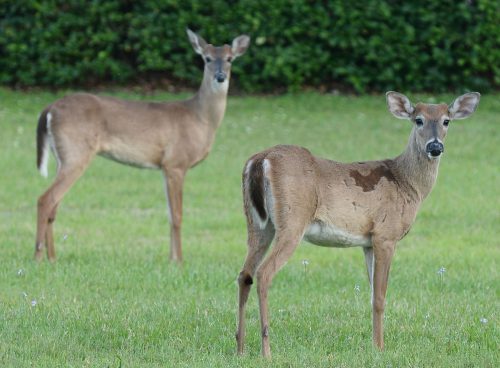

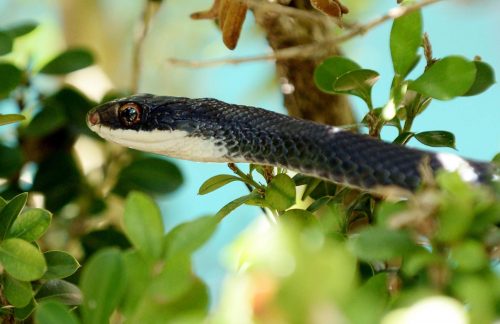
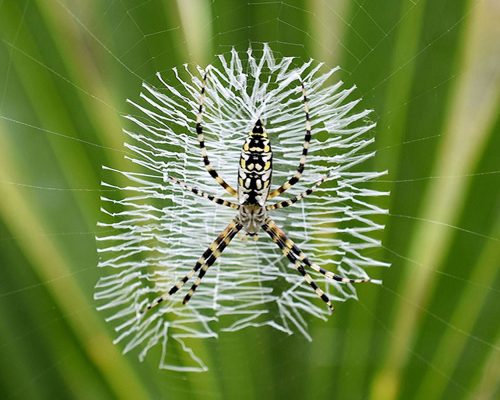
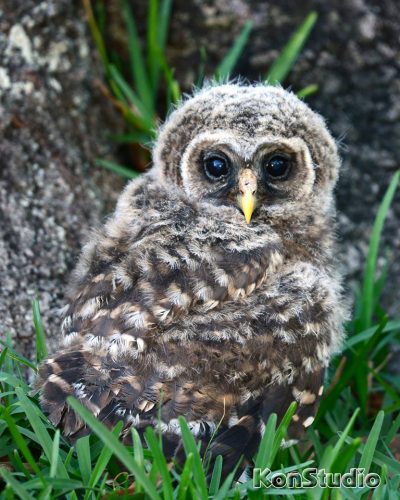
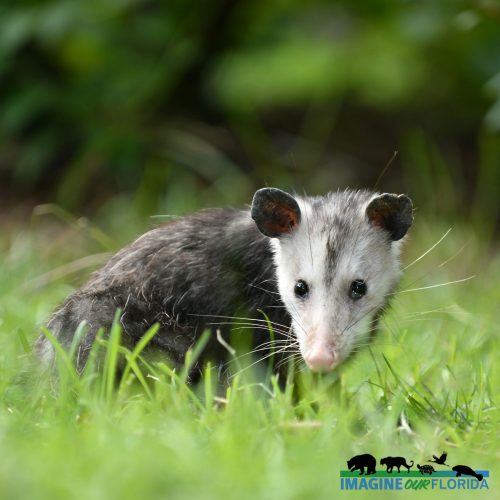
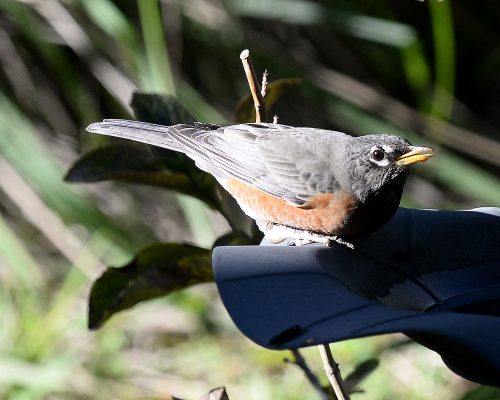
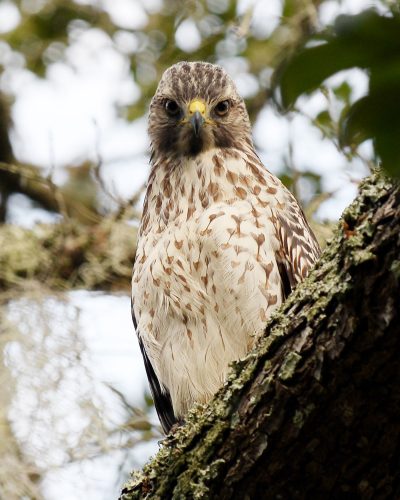

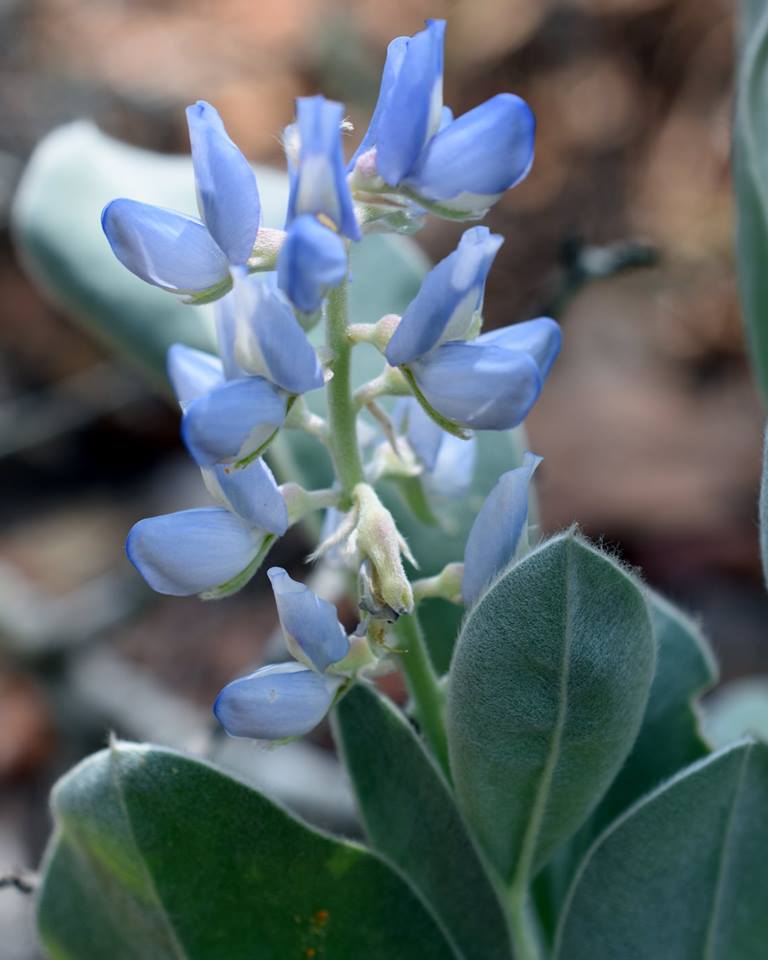
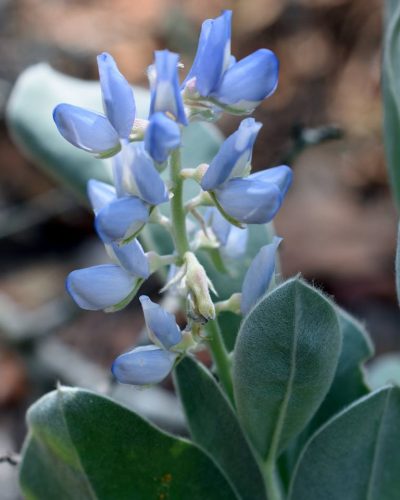
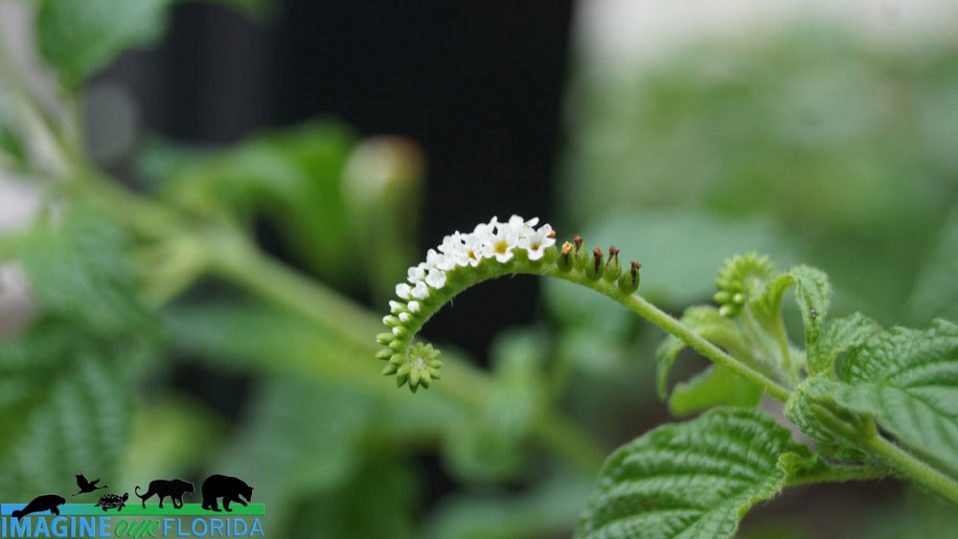
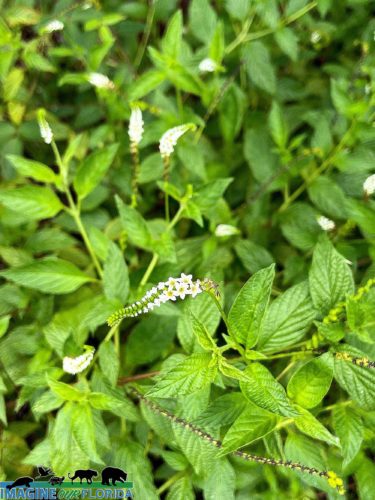
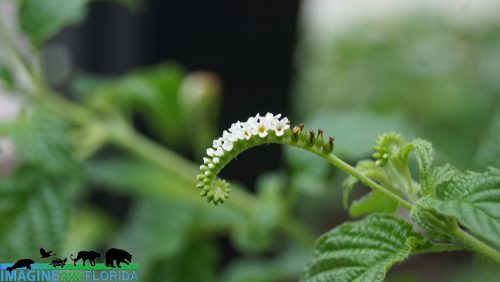

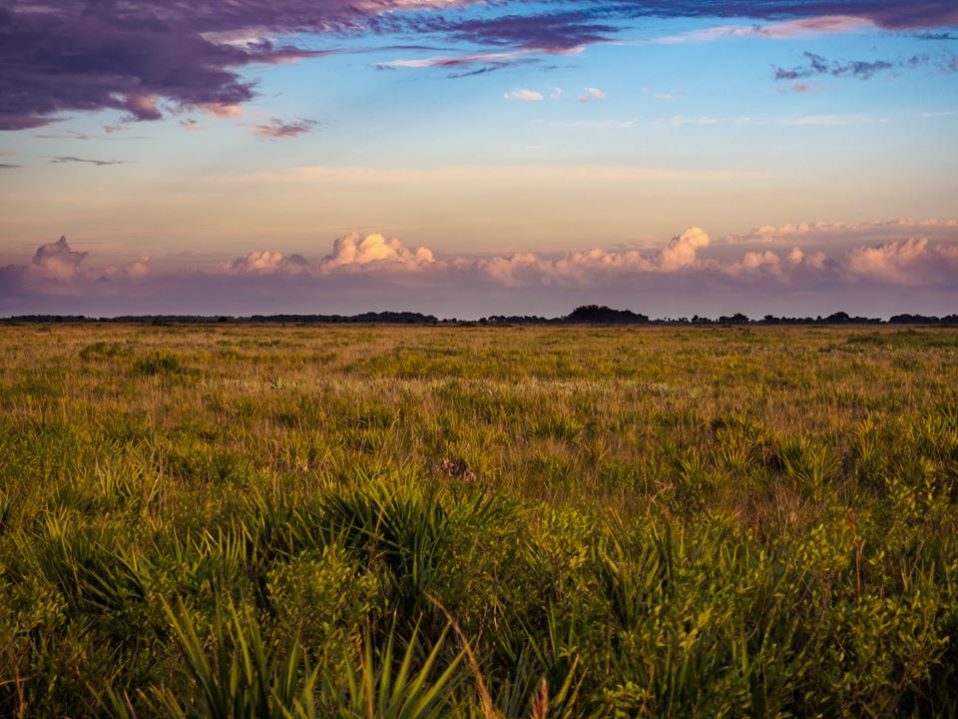
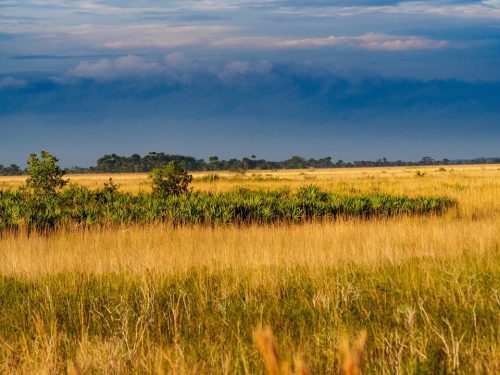
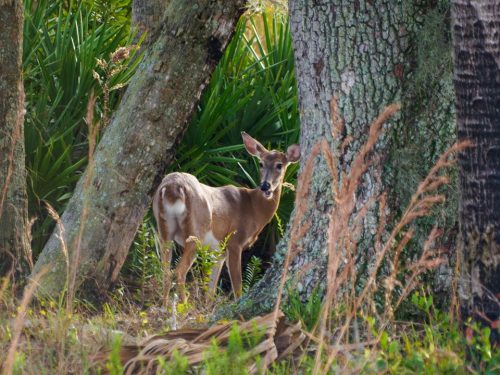
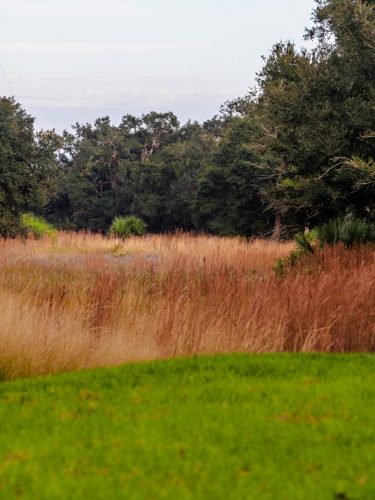
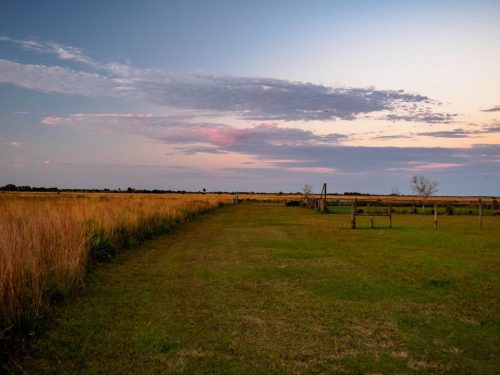
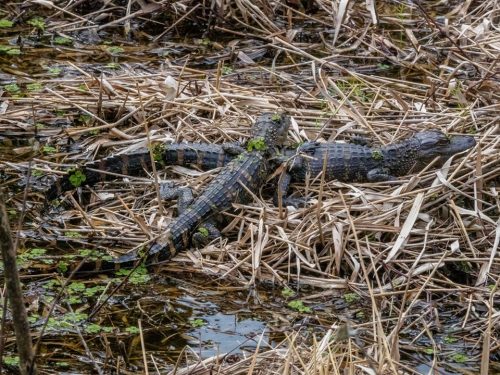
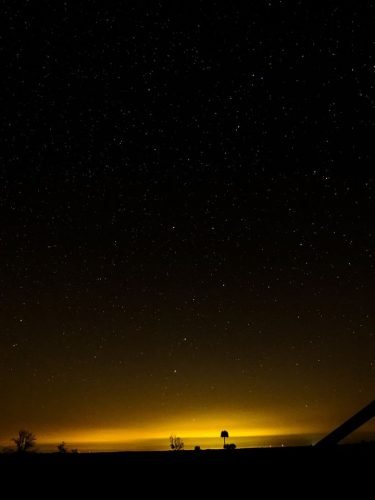

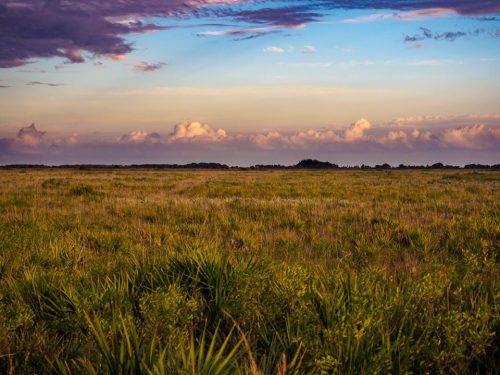
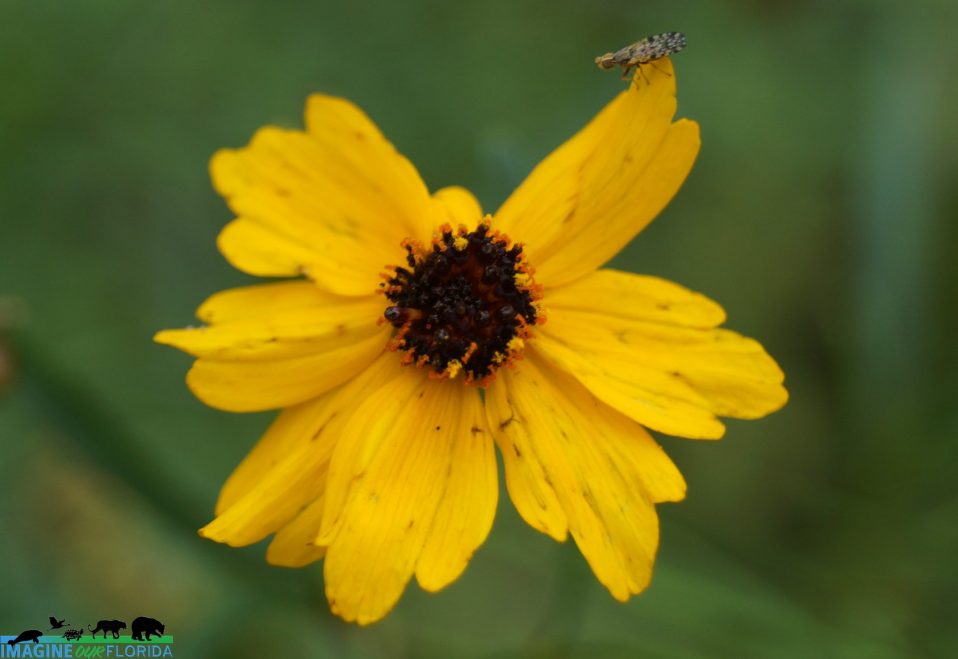
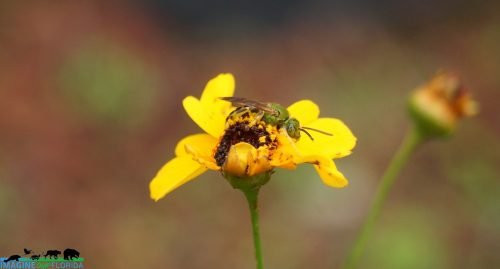

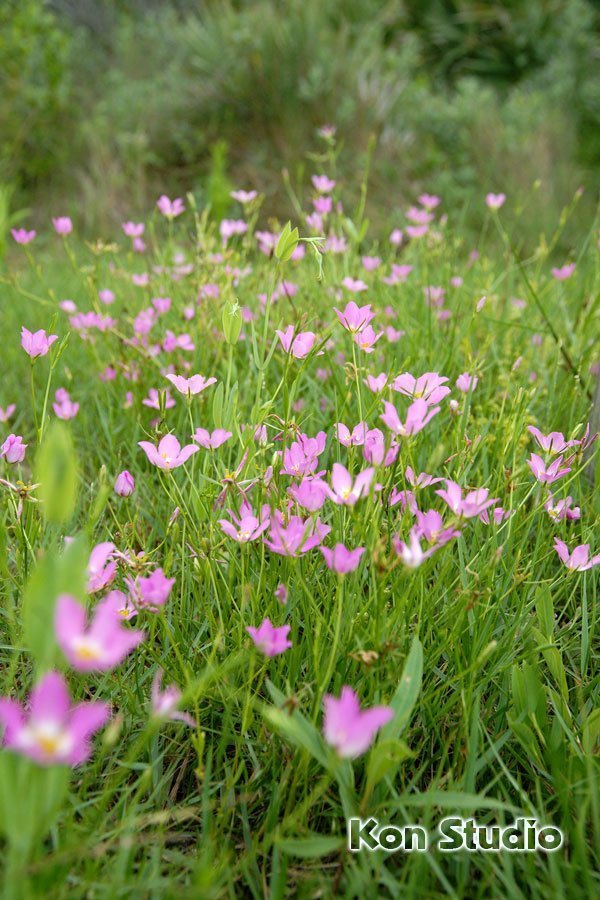
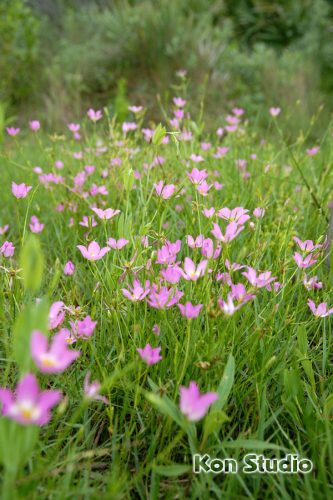
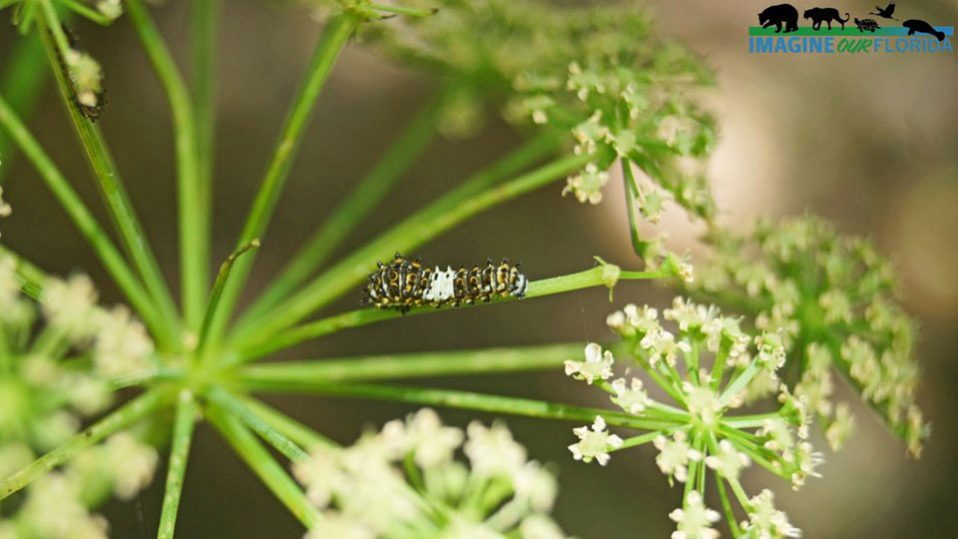
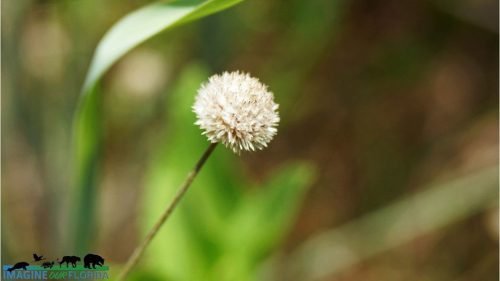

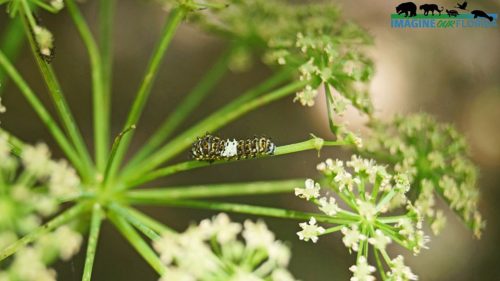

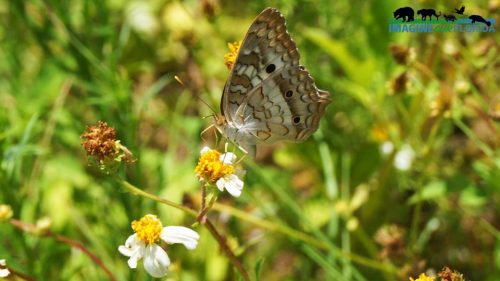
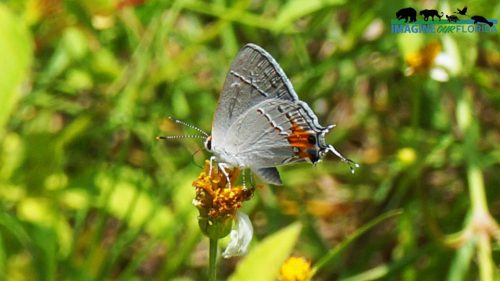
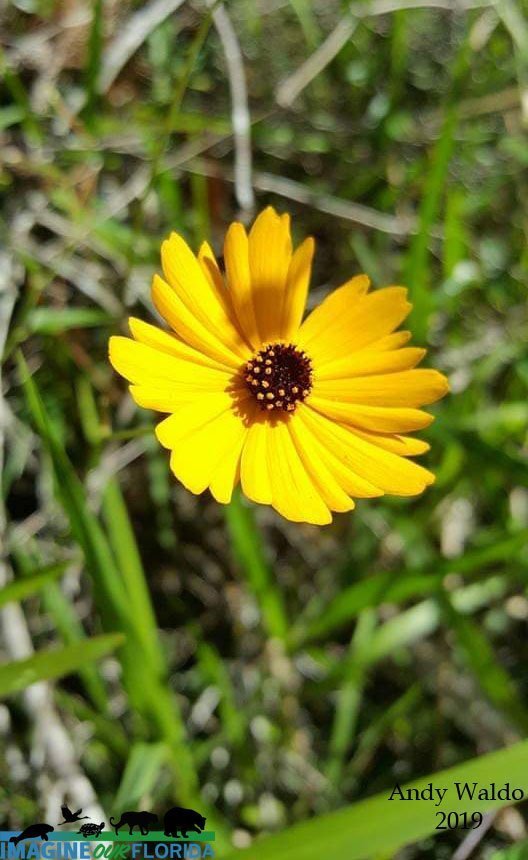
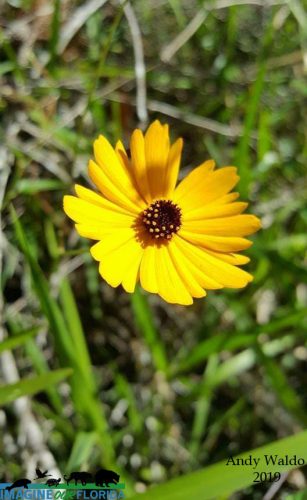
Recent Comments